Vans Presents ‘This is Off The Wall’ Global Campaign, Empowering Creative Individuality and Self-Exploration
Vans, the original action sports brand and global champion of creative exploration, is proud to announce its 2023 brand campaign, “This is Off The Wall,” celebrating individuality and self-exploration from the perspective of Vans’ most beloved ambassadors on a journey to find their most authentic selves. Supported by captivating, beautifully distorted visuals and bold color schemes, the campaign aims to empower a new generation of creative voyagers as they embark on their own path of self discovery.
To bring this campaign to life, Vans highlights the distinctive style of some of the brand’s most passionate and inclusive brand ambassadors and creatives, including Little Simz, Beatrice Domond, Felipe Nunes, Irene Kim, Cocona Hiraka, Arthur Bray and Salome Agbaroji. These creative voyagers are fashion disruptors, global action sports athletes and masters of music, seeking authenticity in themselves, their relationships and the world, while propelling culture forward. They are more than a moment – they are passionate representatives of their communities and a brilliant look at their generation’s bright future.
BRAND CLASSIC, Beatrice, KNUSKOOL.
“We’re excited to unveil the first global campaign under our new brand foundation that empowers everyone to use creativity to discover themselves, creating a world where anyone can be their unique self,” said Vans Vice President of Global Brand Management, Carly Gomez. “During the pandemic, consumers’ idea of creative expression shifted away from ‘this thing that you do for external validation’ toward a journey of self-discovery. We are speaking to our new muse, the creative voyager, with the idea that life is an ongoing work of art, because ultimately, the most ‘Off The Wall’ thing you can do is be yourself as you move through the world.”
“Consumers are ready and wanting us to show up in a fresh yet authentic way,” said Vans Vice President of Global Creative, Rob Teague. “This campaign is a bold swing at stopping people in their tracks, forcing reconsideration, and injecting a renewed energy for our brand. It connects the dots between what our brand values, and the iconic products we make that have represented that ethos for decades. It’s something larger and more holistic than we’ve done as a brand in the past.”
BRAND CLASSIC,IRENE, KNUSKOOL.
“We’re excited to unveil the first global campaign under our new brand foundation that empowers everyone to use creativity to discover themselves, creating a world where anyone can be their unique self,” said Vans Vice President of Global Brand Management, Carly Gomez. “During the pandemic, consumers’ idea of creative expression shifted away from ‘this thing that you do for external validation’ toward a journey of self-discovery. We are speaking to our new muse, the creative voyager, with the idea that life is an ongoing work of art, because ultimately, the most ‘Off The Wall’ thing you can do is be yourself as you move through the world.”
“Consumers are ready and wanting us to show up in a fresh yet authentic way,” said Vans Vice President of Global Creative, Rob Teague. “This campaign is a bold swing at stopping people in their tracks, forcing reconsideration, and injecting a renewed energy for our brand. It connects the dots between what our brand values, and the iconic products we make that have represented that ethos for decades. It’s something larger and more holistic than we’ve done as a brand in the past.”
BRAND CLASSIC, FELIPE, KNUSKOOL.
In lockstep with the global launch of “This is Off The Wall” comes the Vans Knu Skool, a refresh of the classic Old Skool™ silhouette. Inspired by the past and built for today, this modern interpretation of a ‘90s low top is designed with a puffed-up tongue and ankle collar, sturdy suede uppers, signature rubber waffle outsoles and a re-envisioned diamond beveled Sidestripe™. With a chunky, oversized look and feel reminiscent of iconic skate shoes from decades past, the Knu Skool silhouette features an exaggerated look that plays off the original Old Skool with the addition of heel pulls, offering easy in and out access. Vans Knu Skool will be available soon at Vans retail locations and at Vans.co.za.
For more information on Vans and “This is Off The Wall,” visit Vans.co.za.
Join the conversation and share your individual creative journey of self expression using #OffTheWall on social media.
/// Vans, “Off The Wall” Since ’66
WEBSITE
YOUTUBE
FACEBOOK
INSTAGRAM
Follow Vans on Spotify Here!

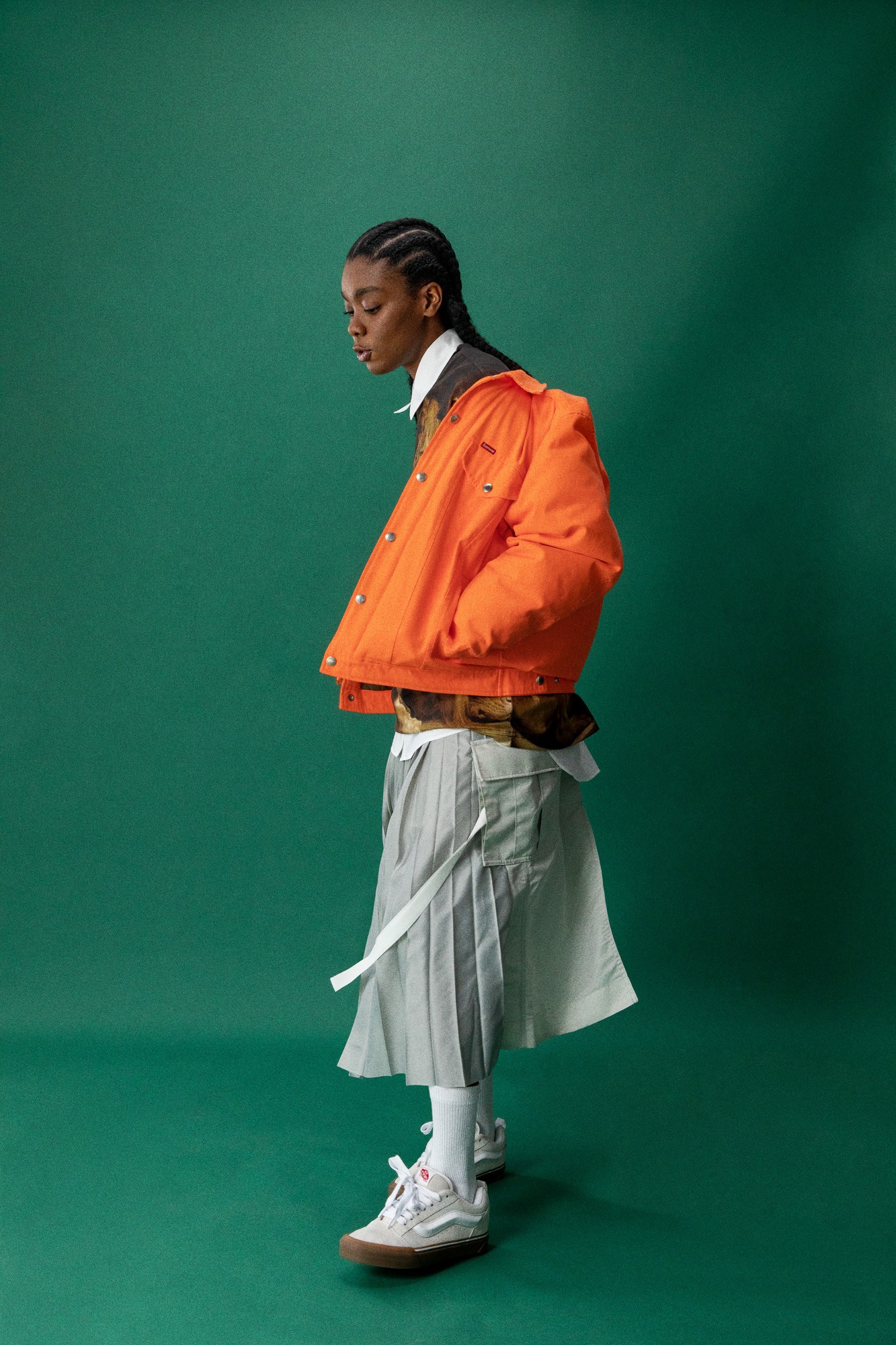
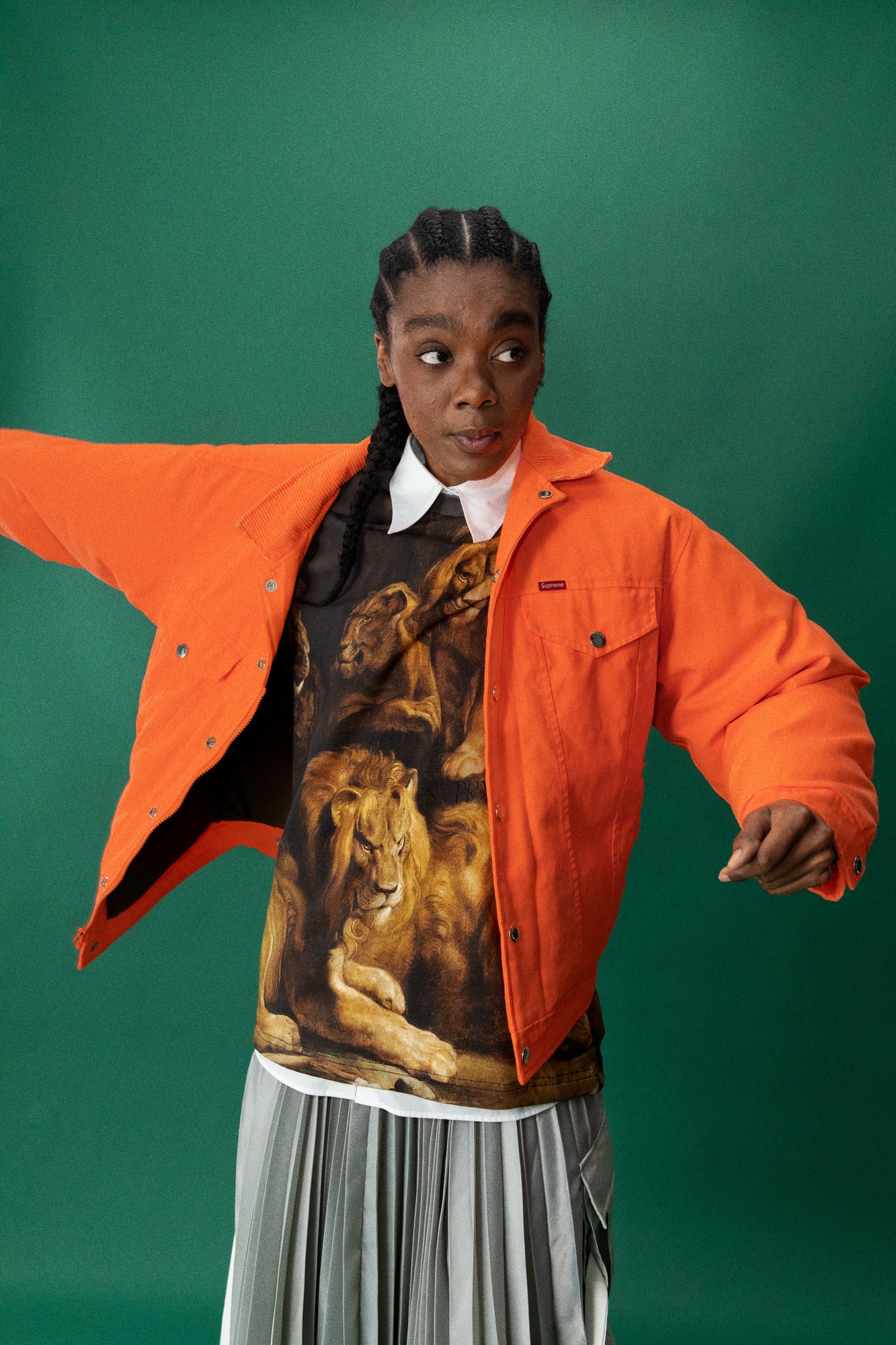
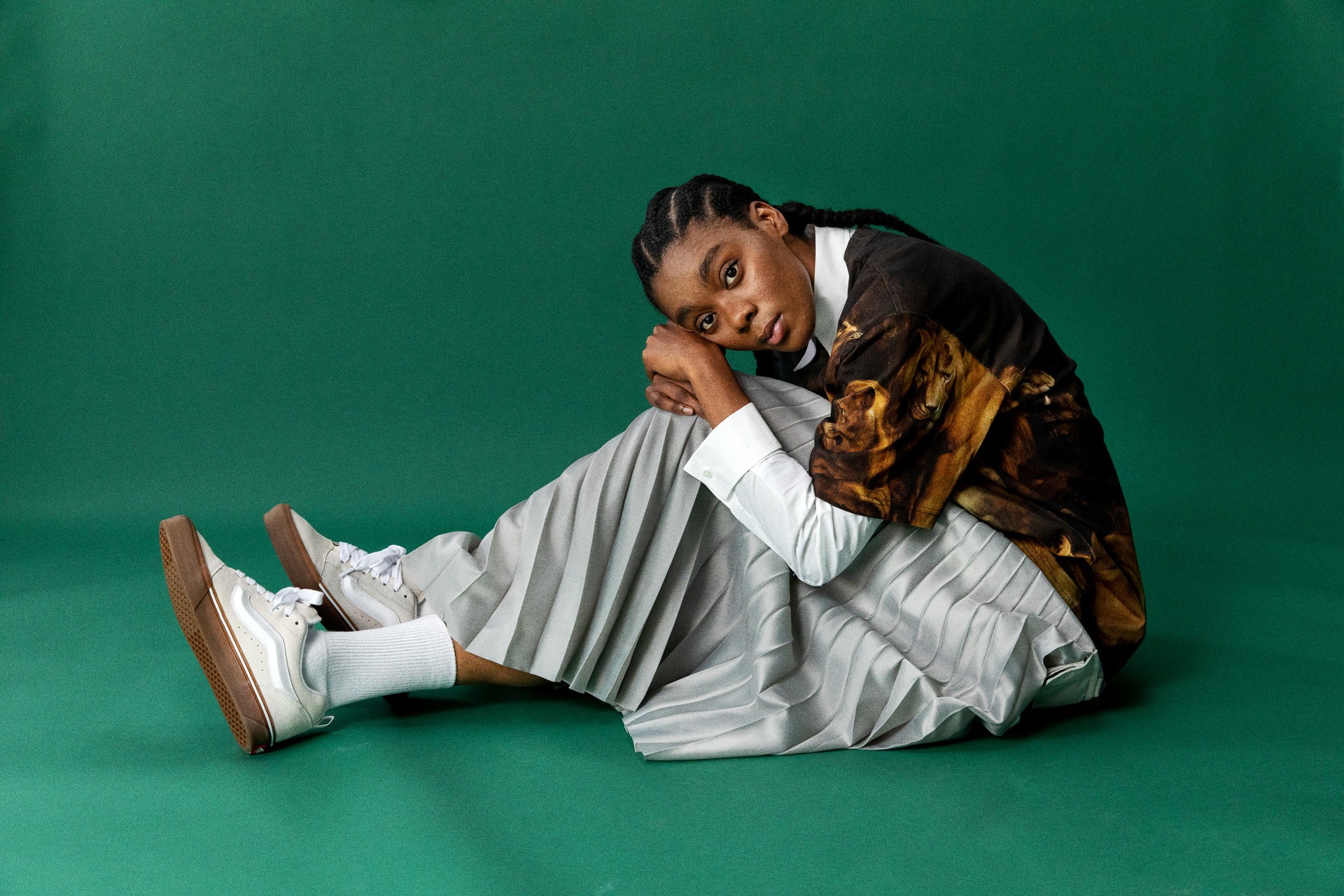
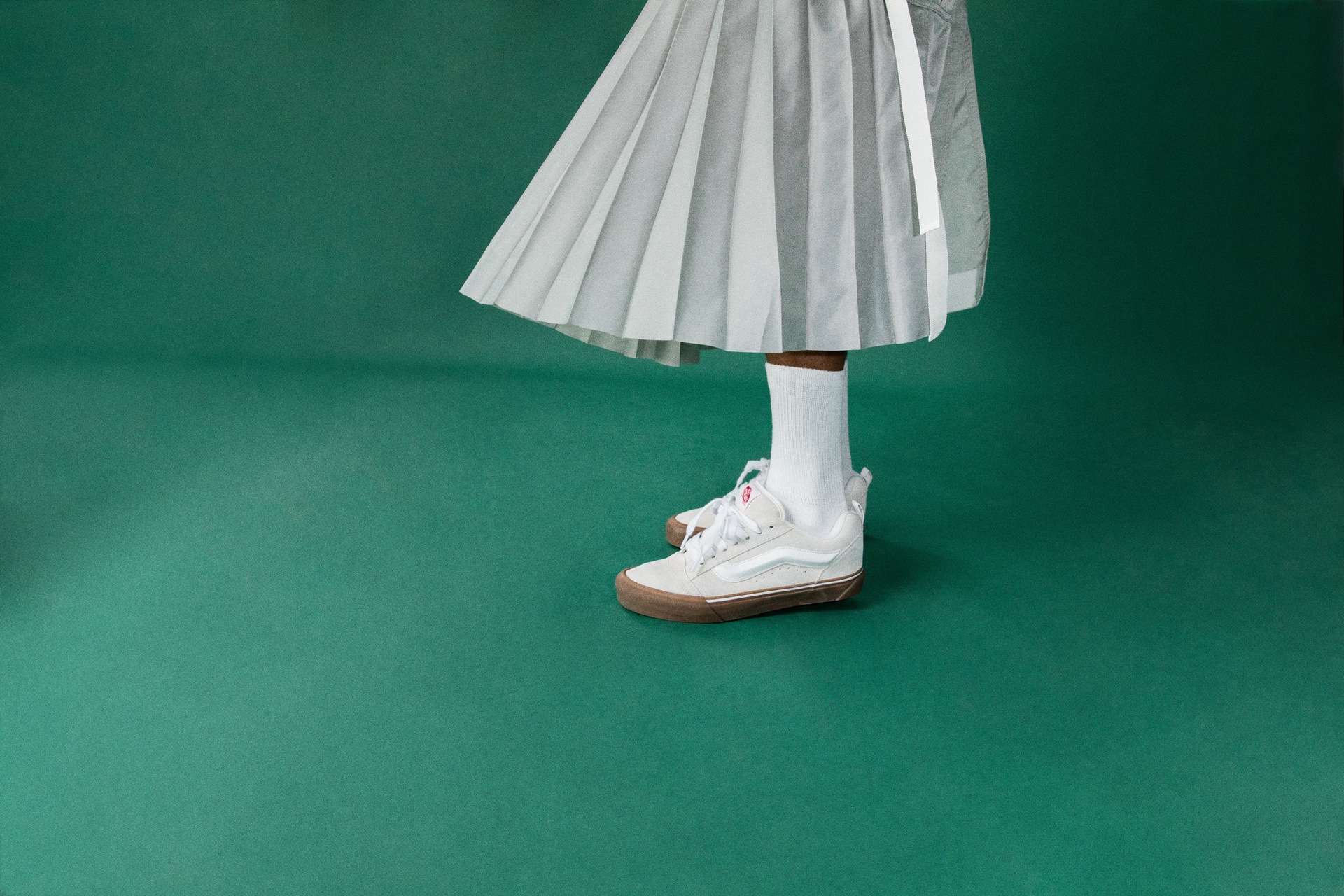
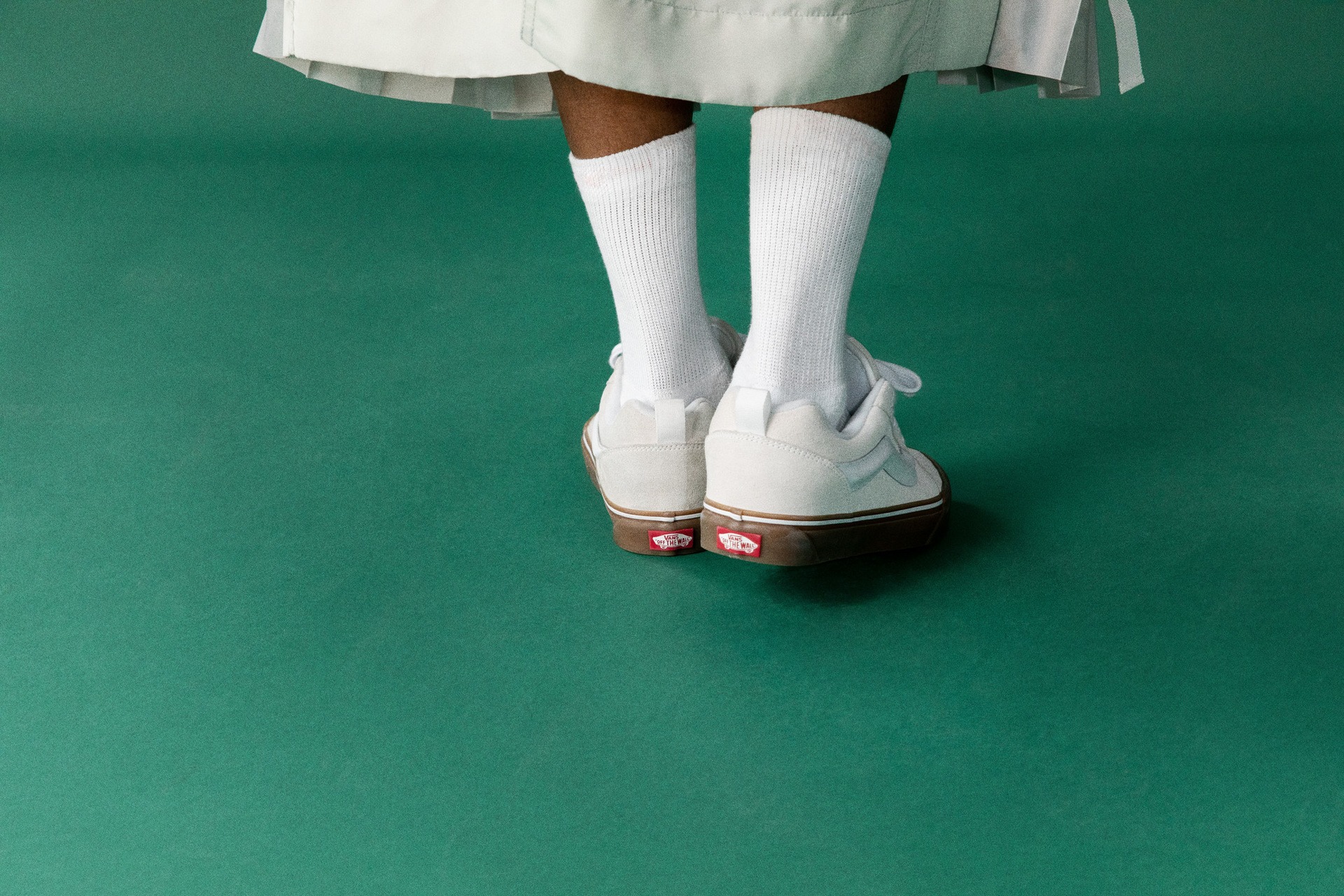
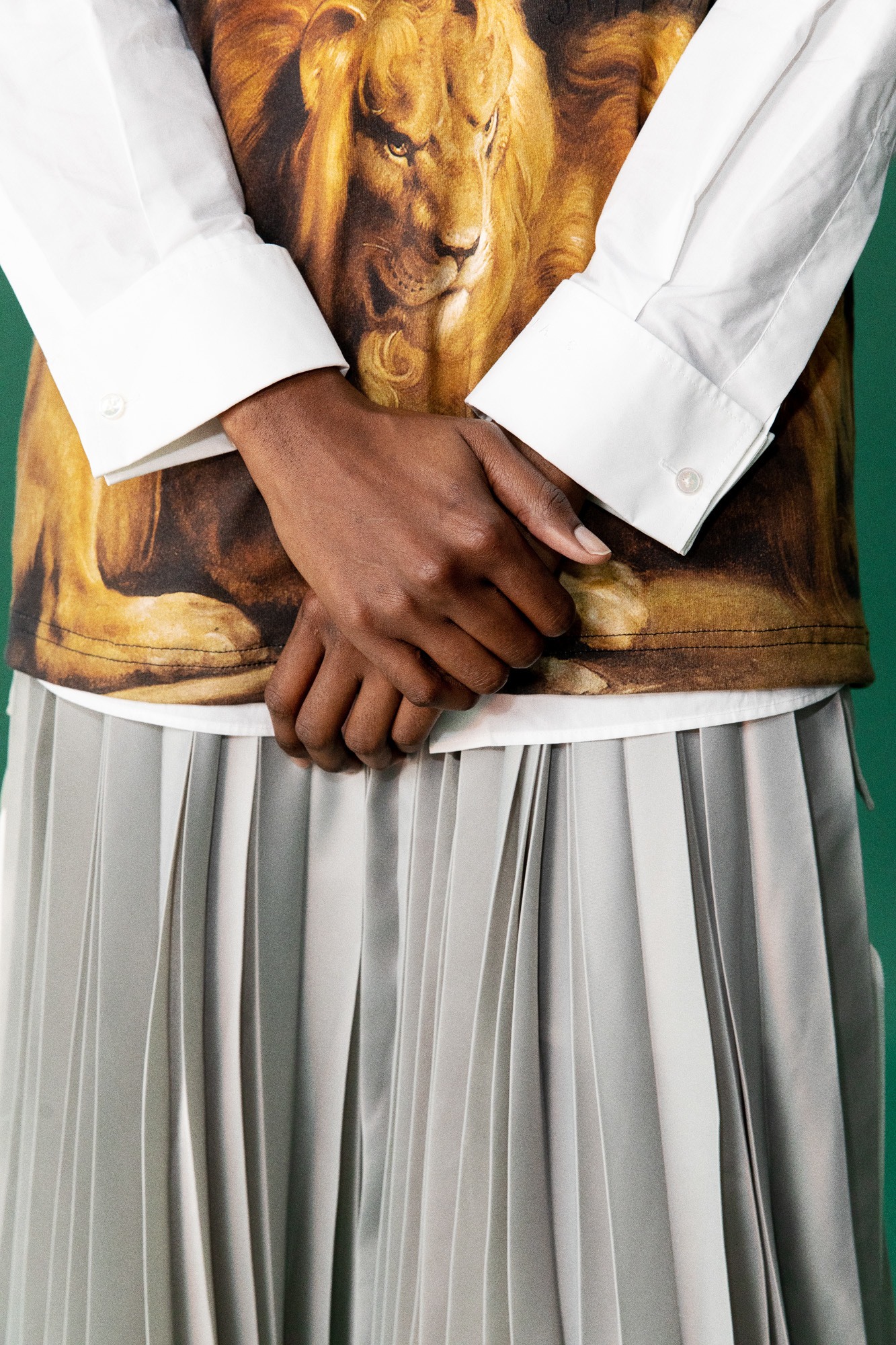
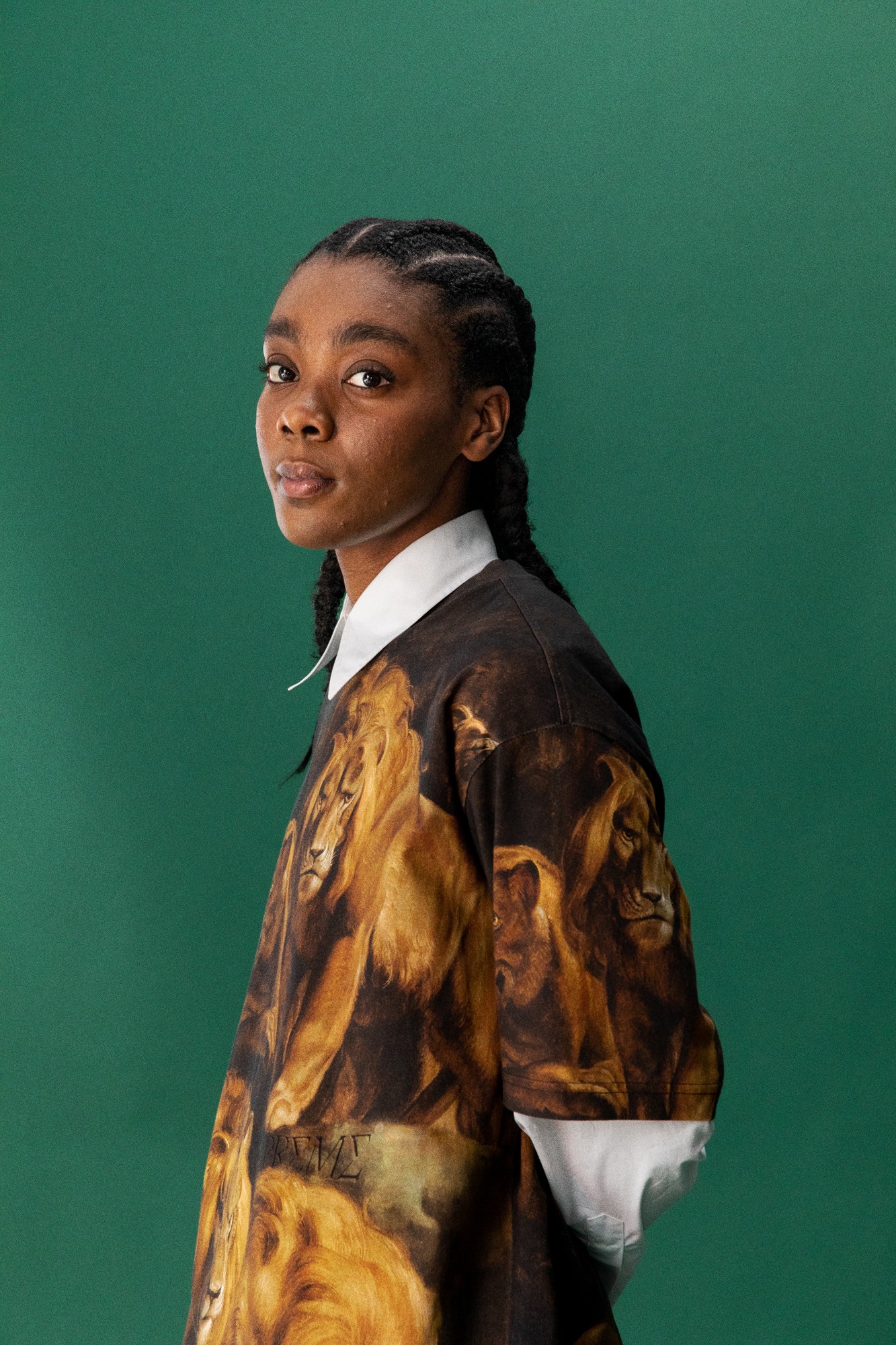
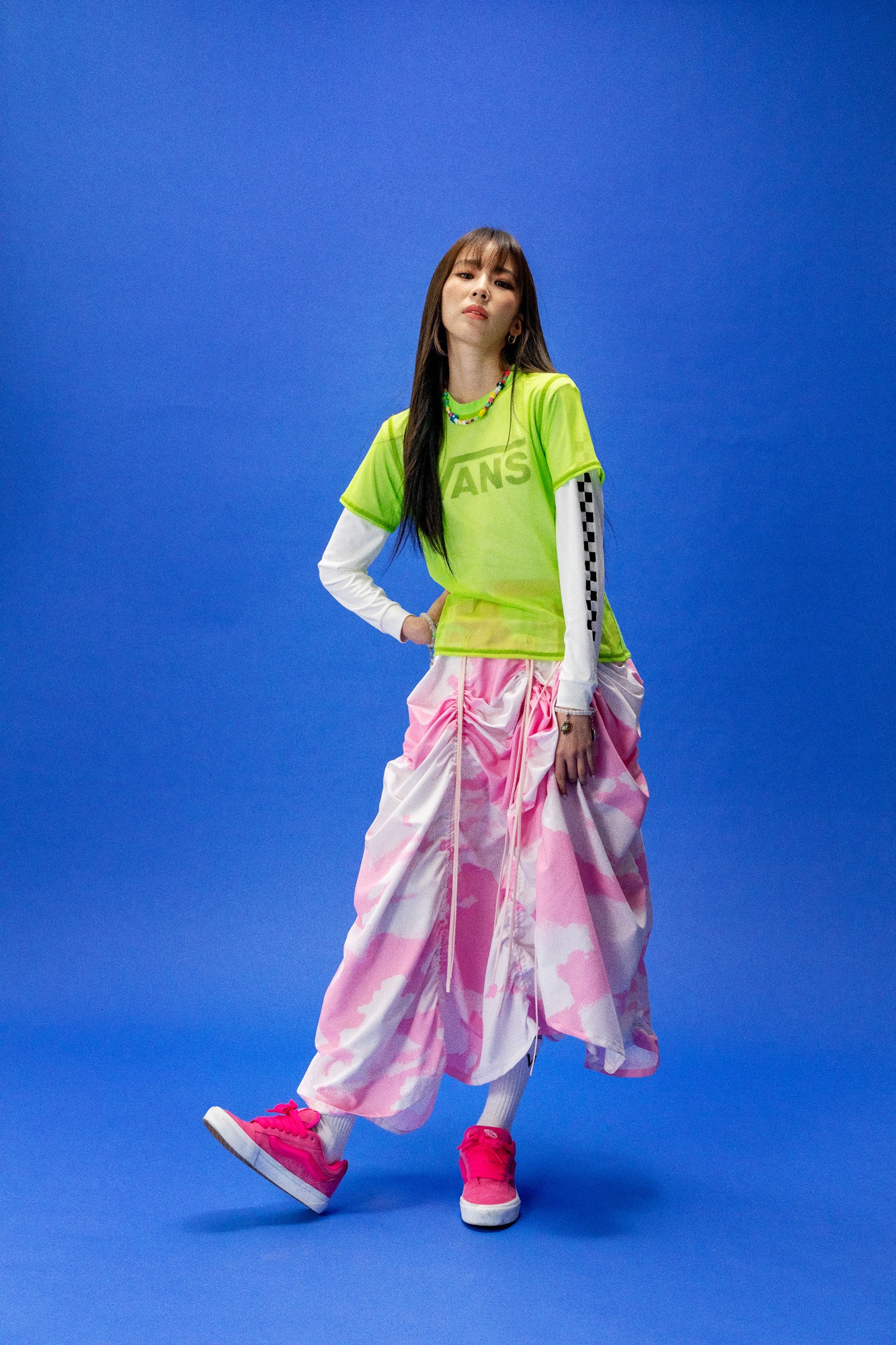
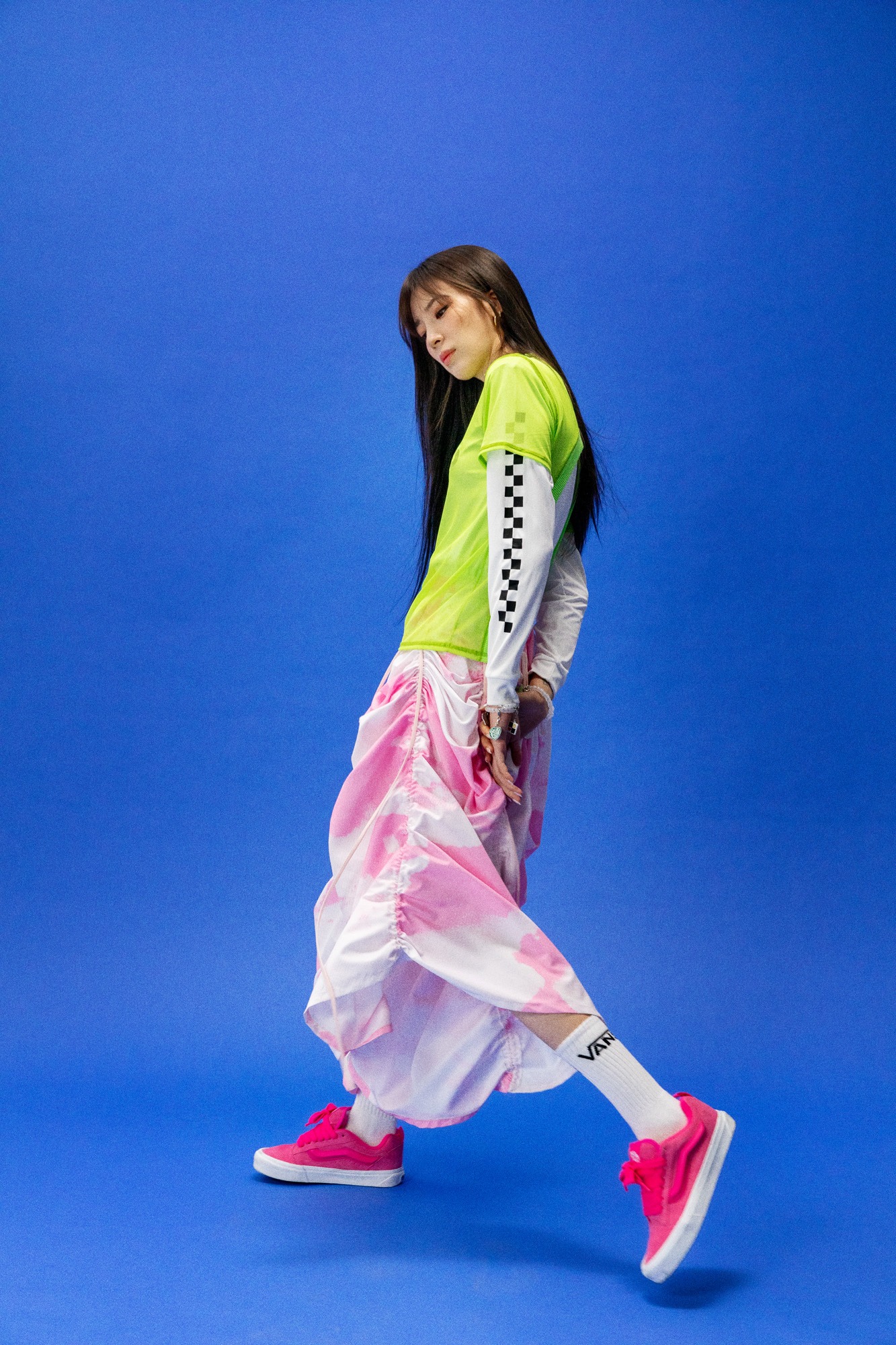
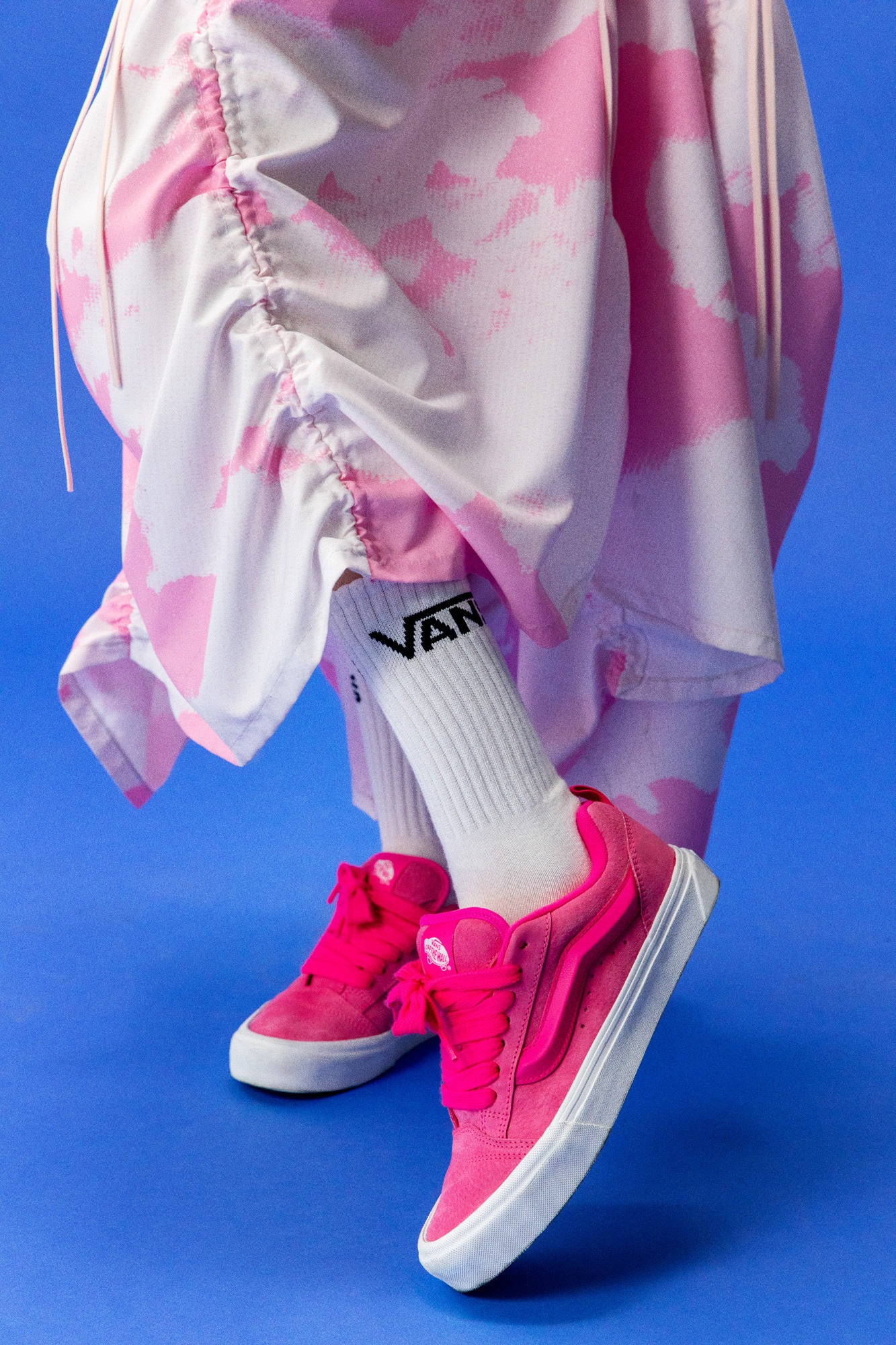
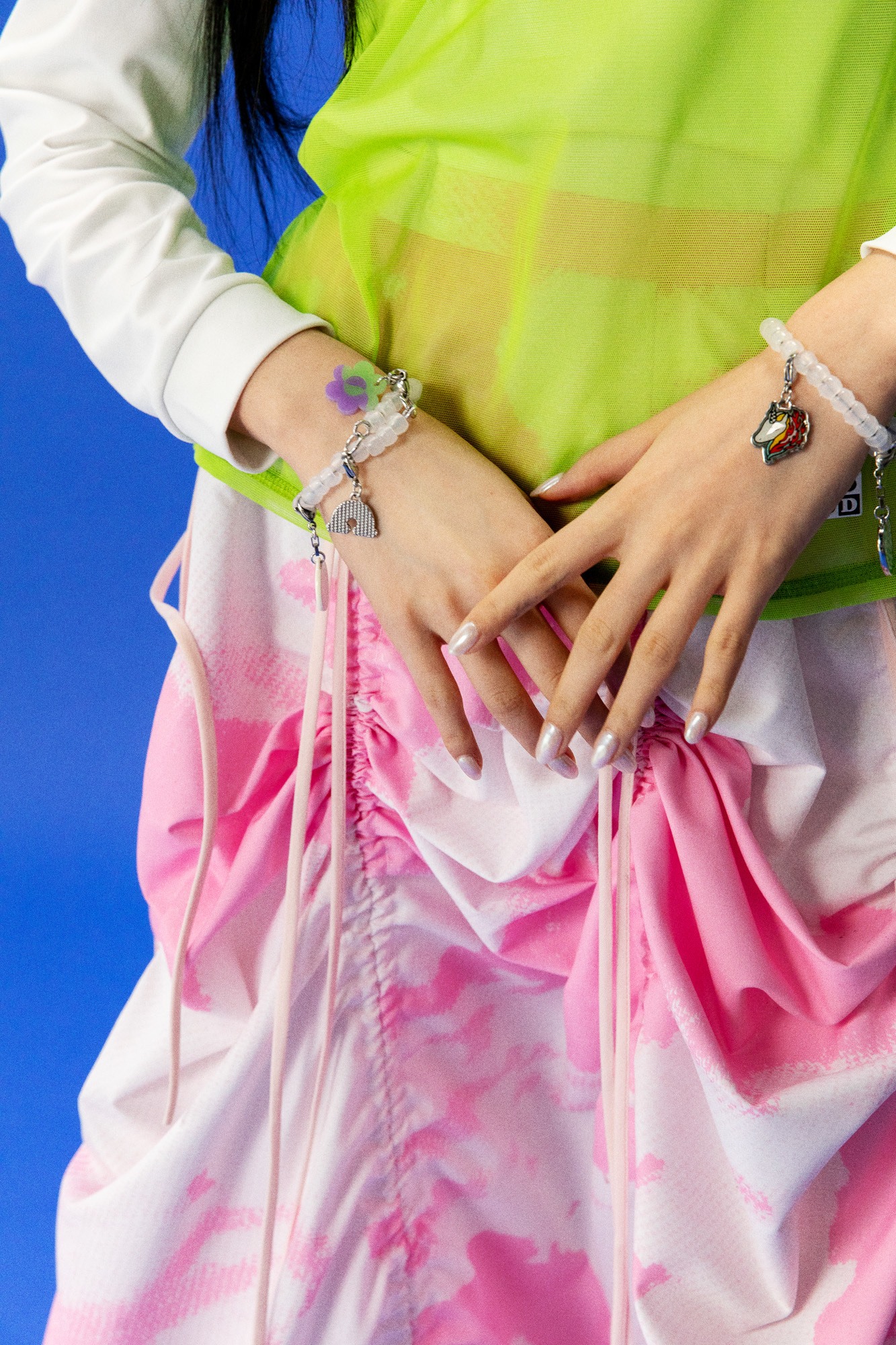
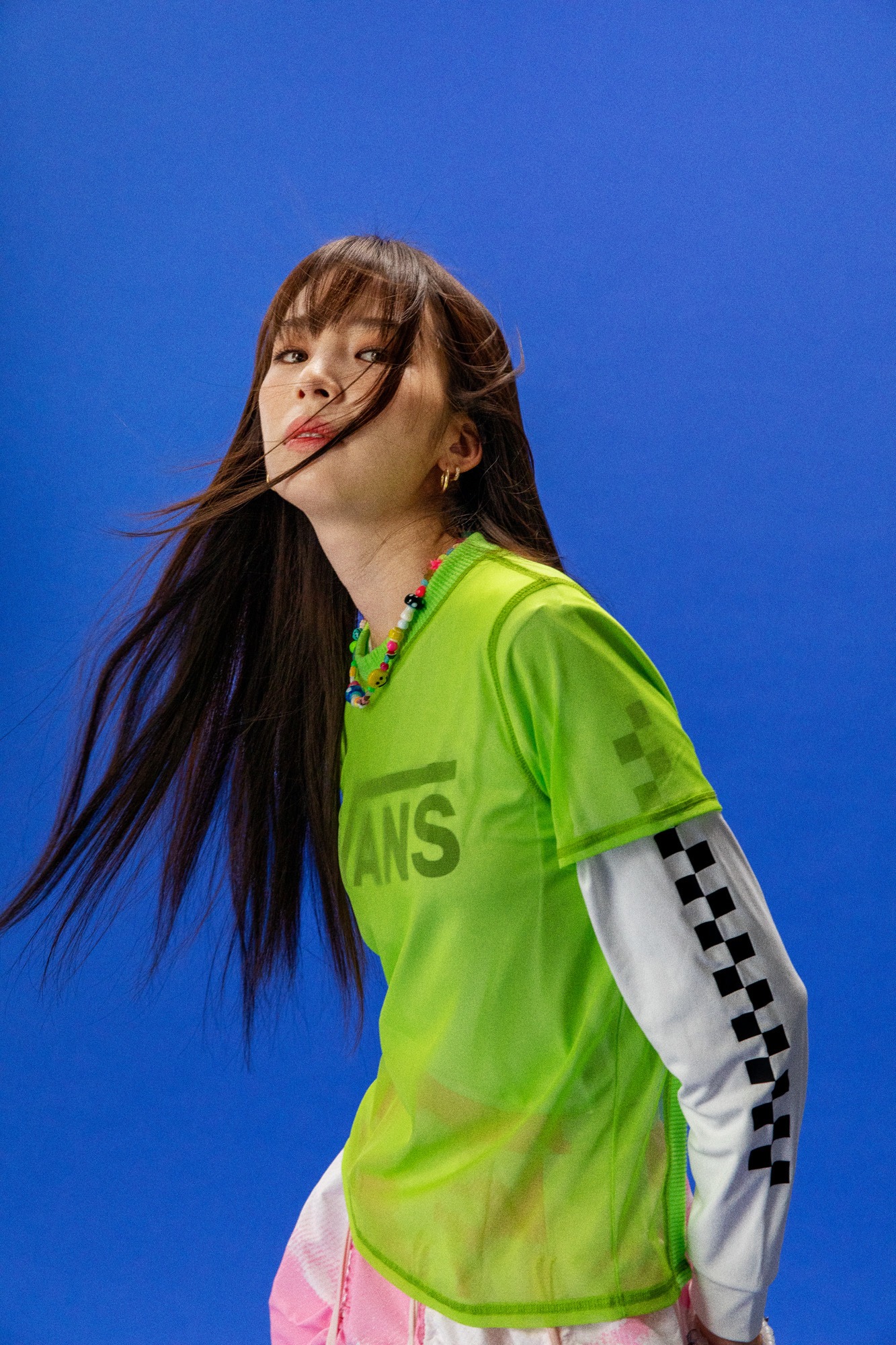
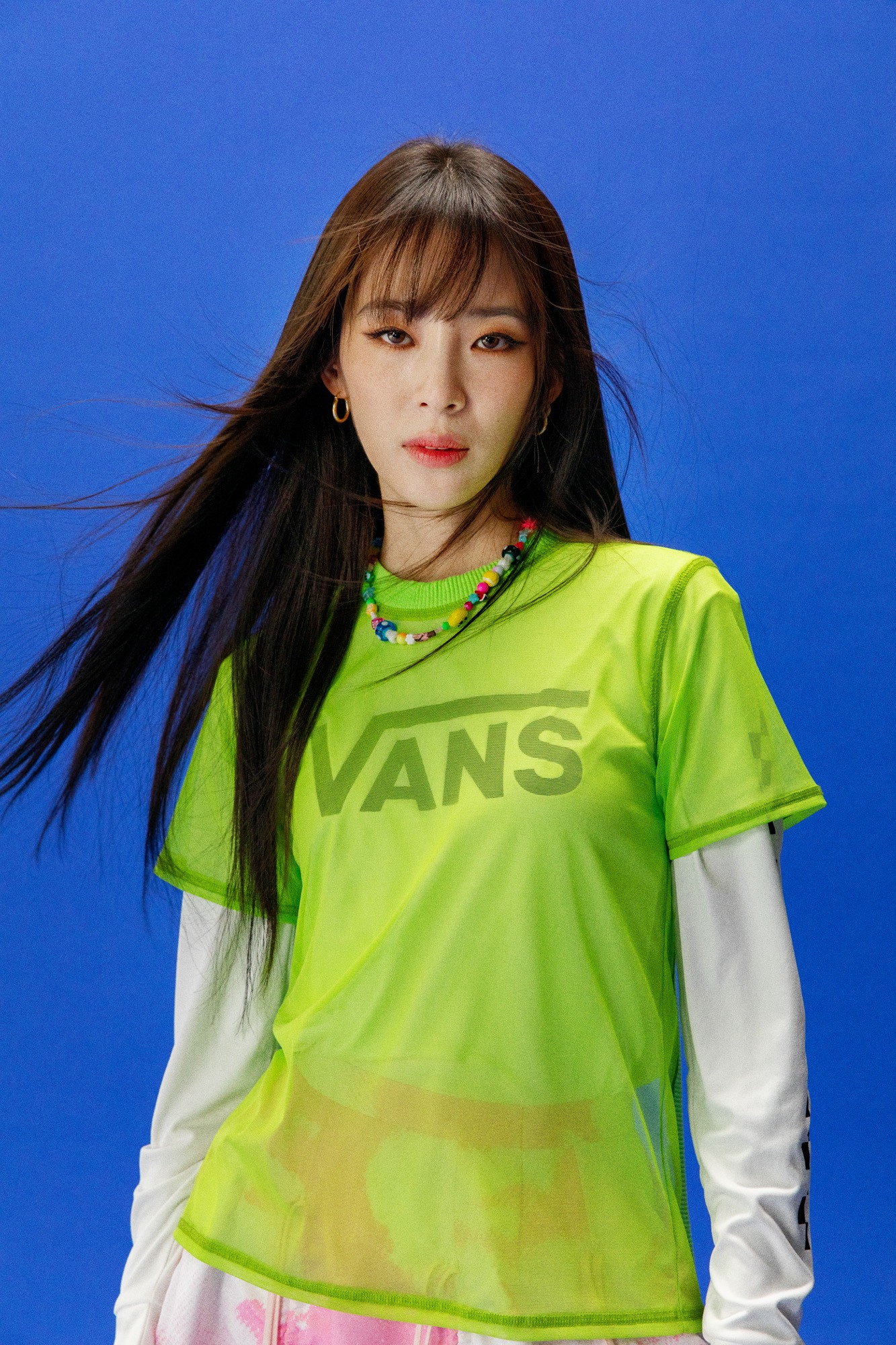
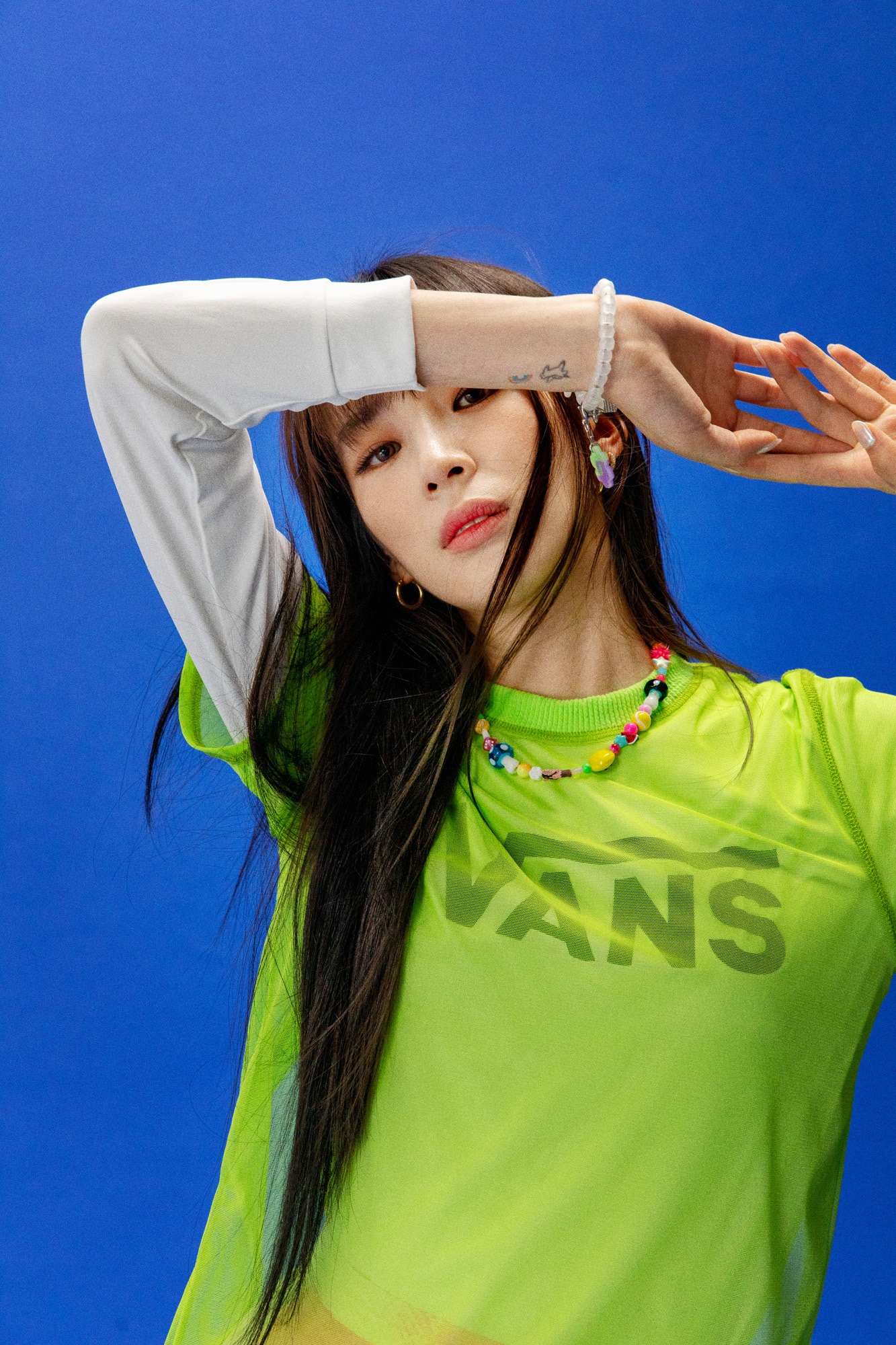
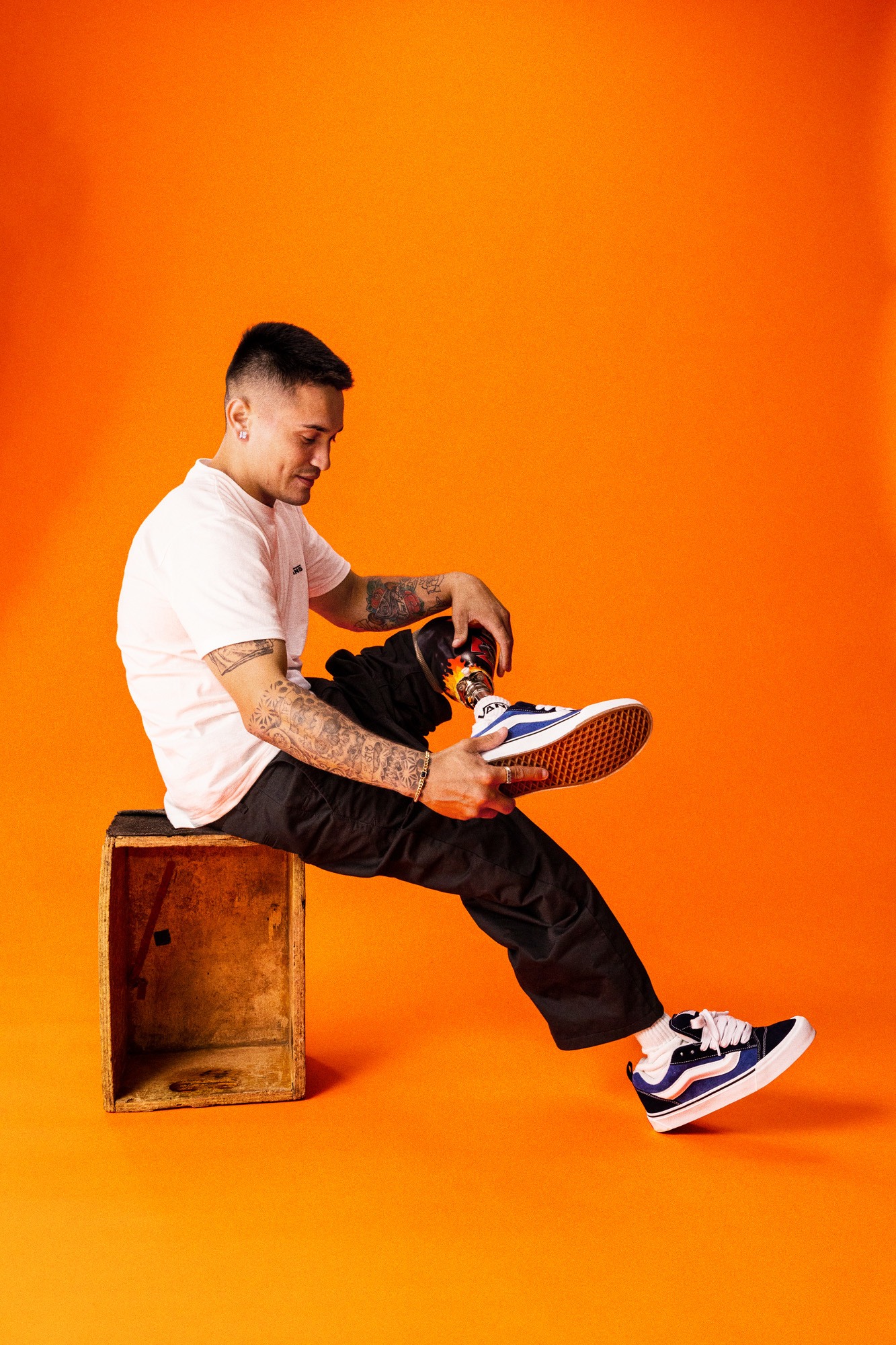


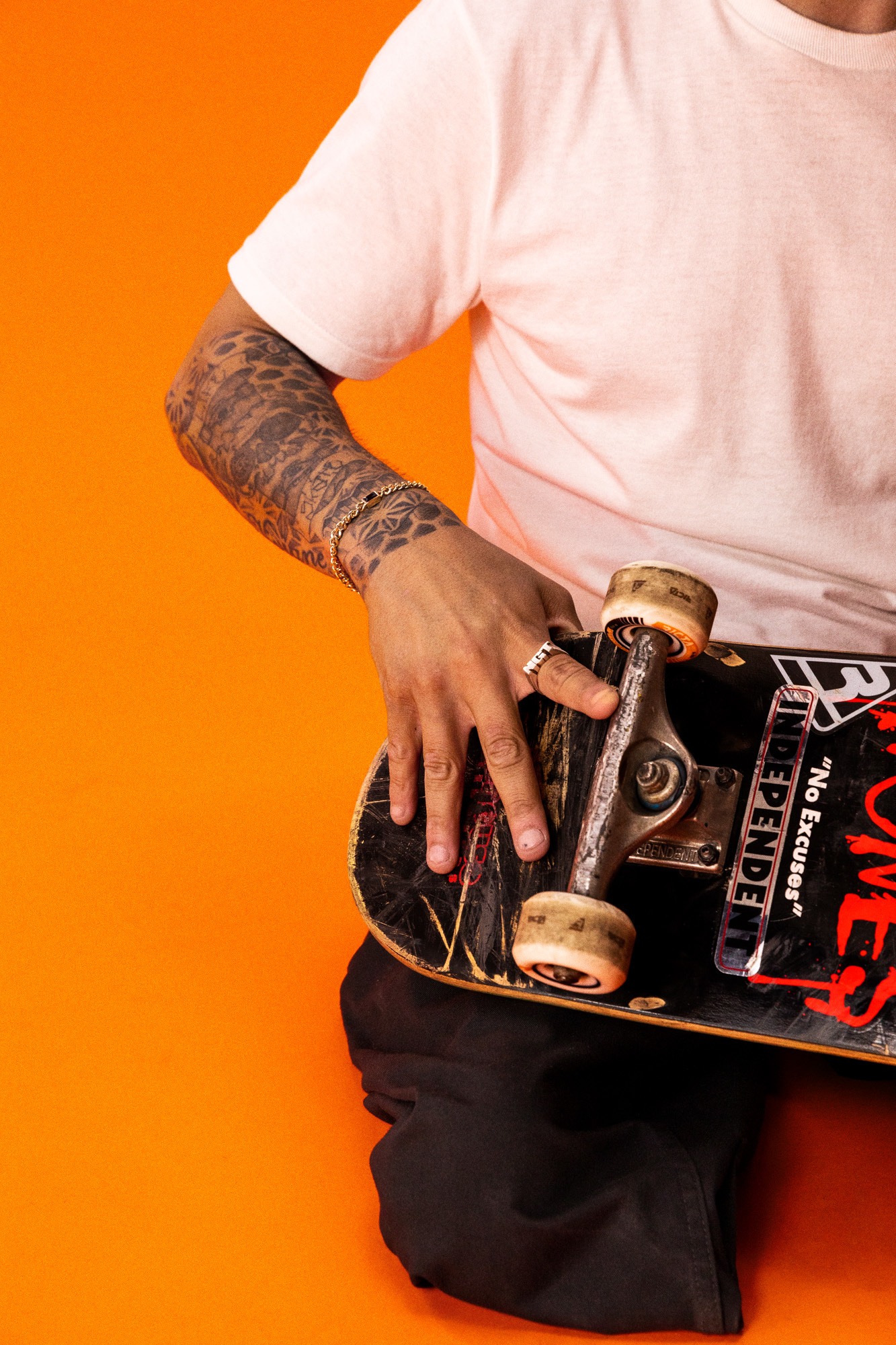
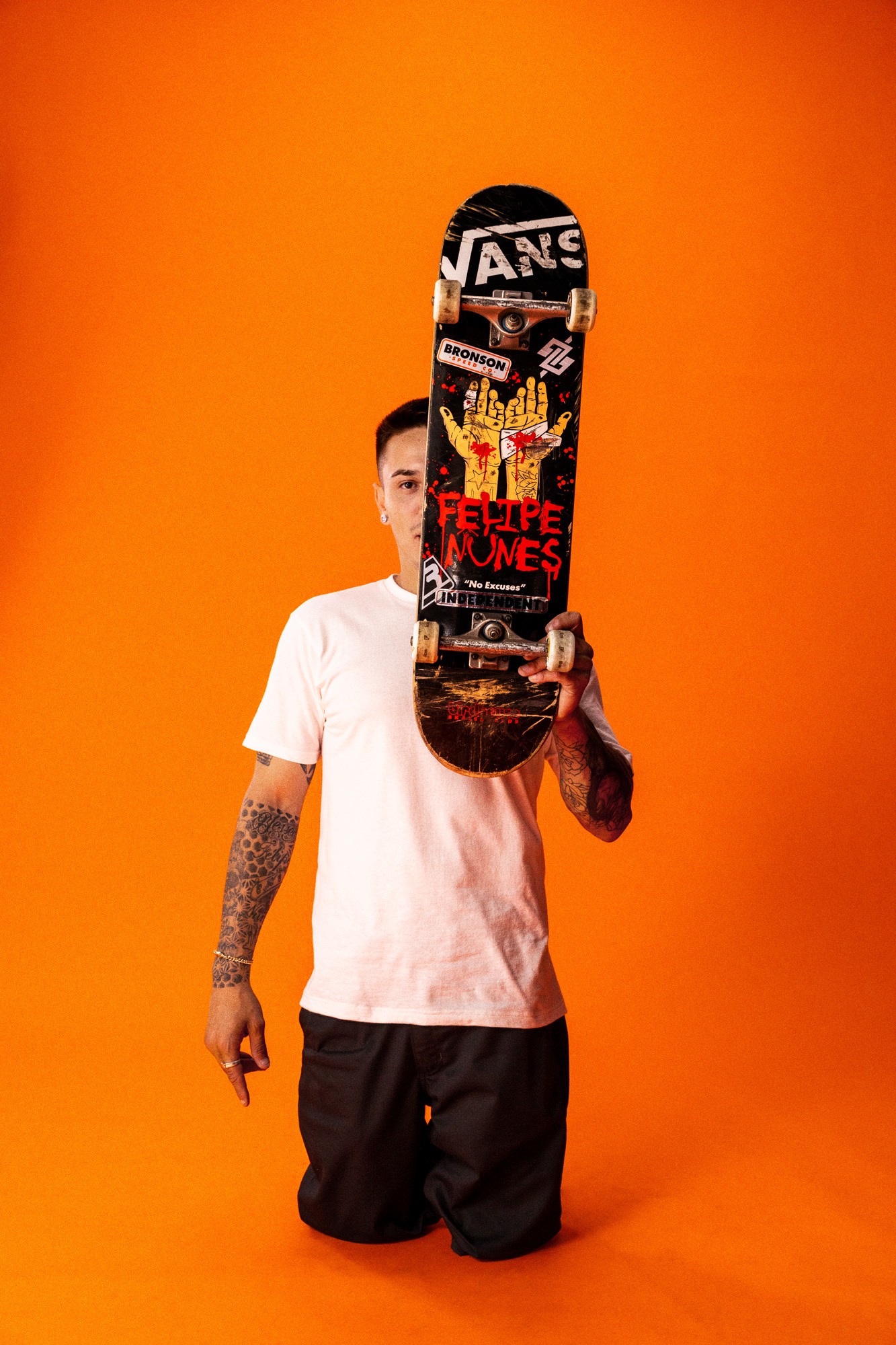
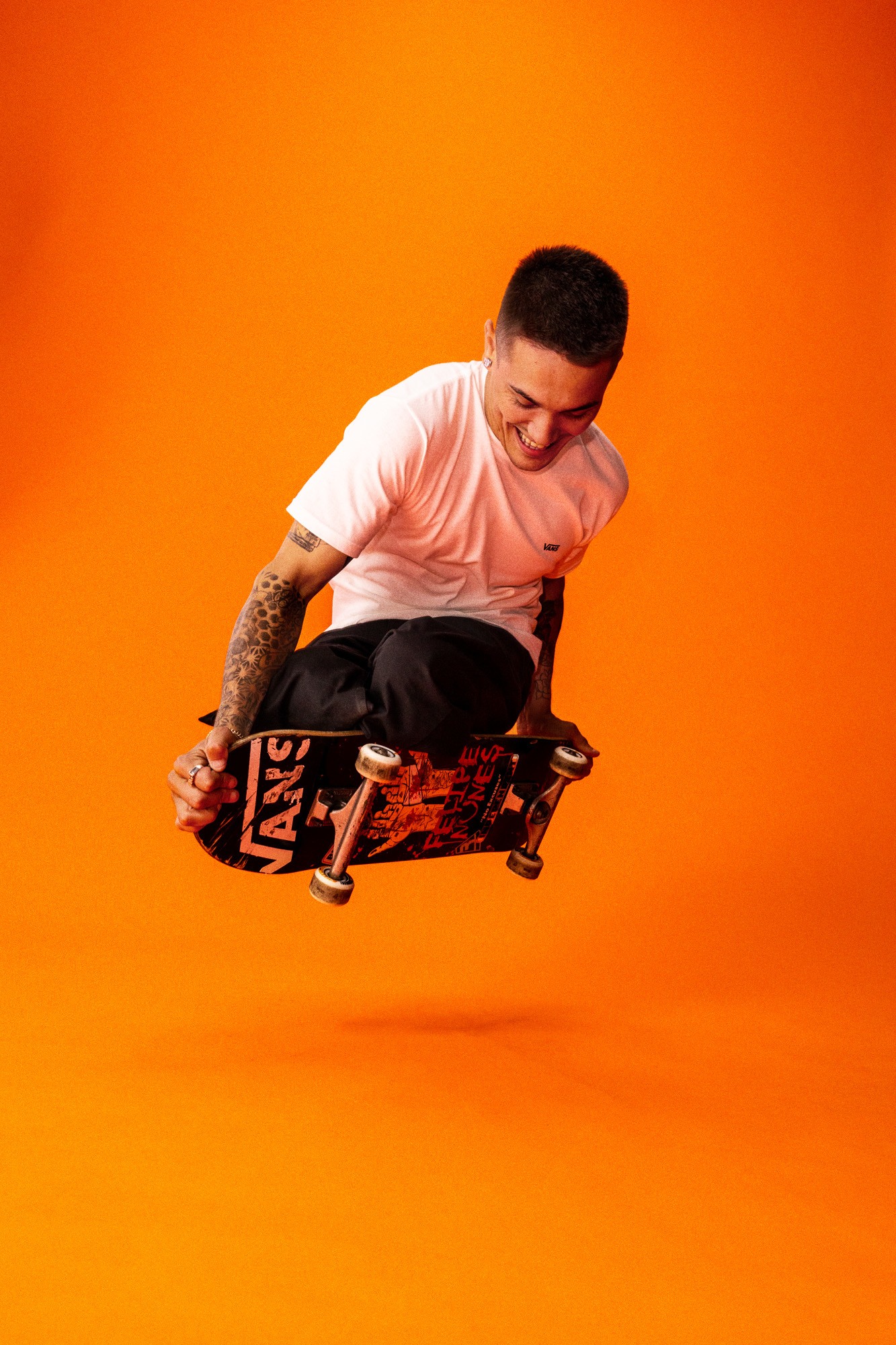

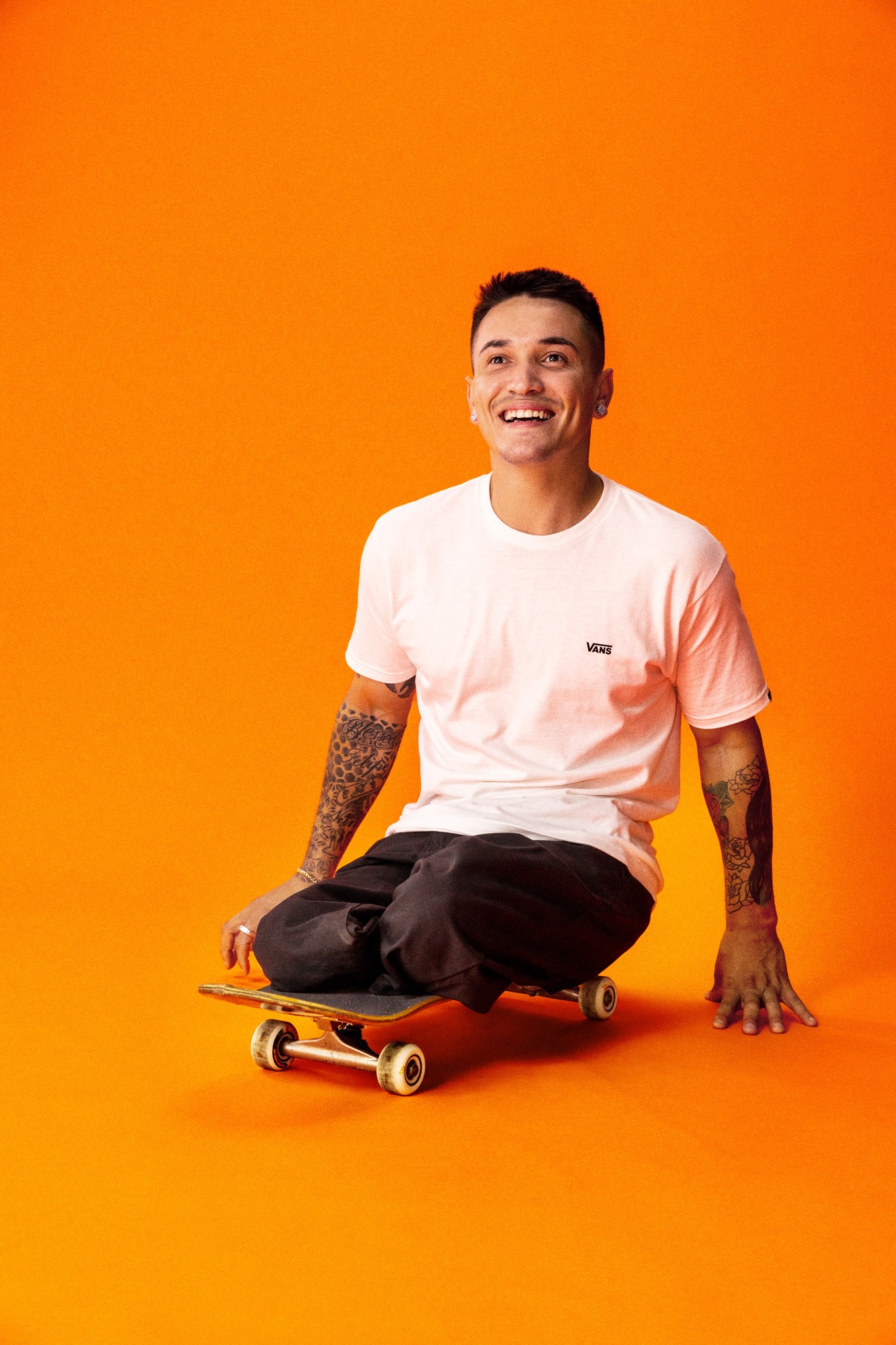
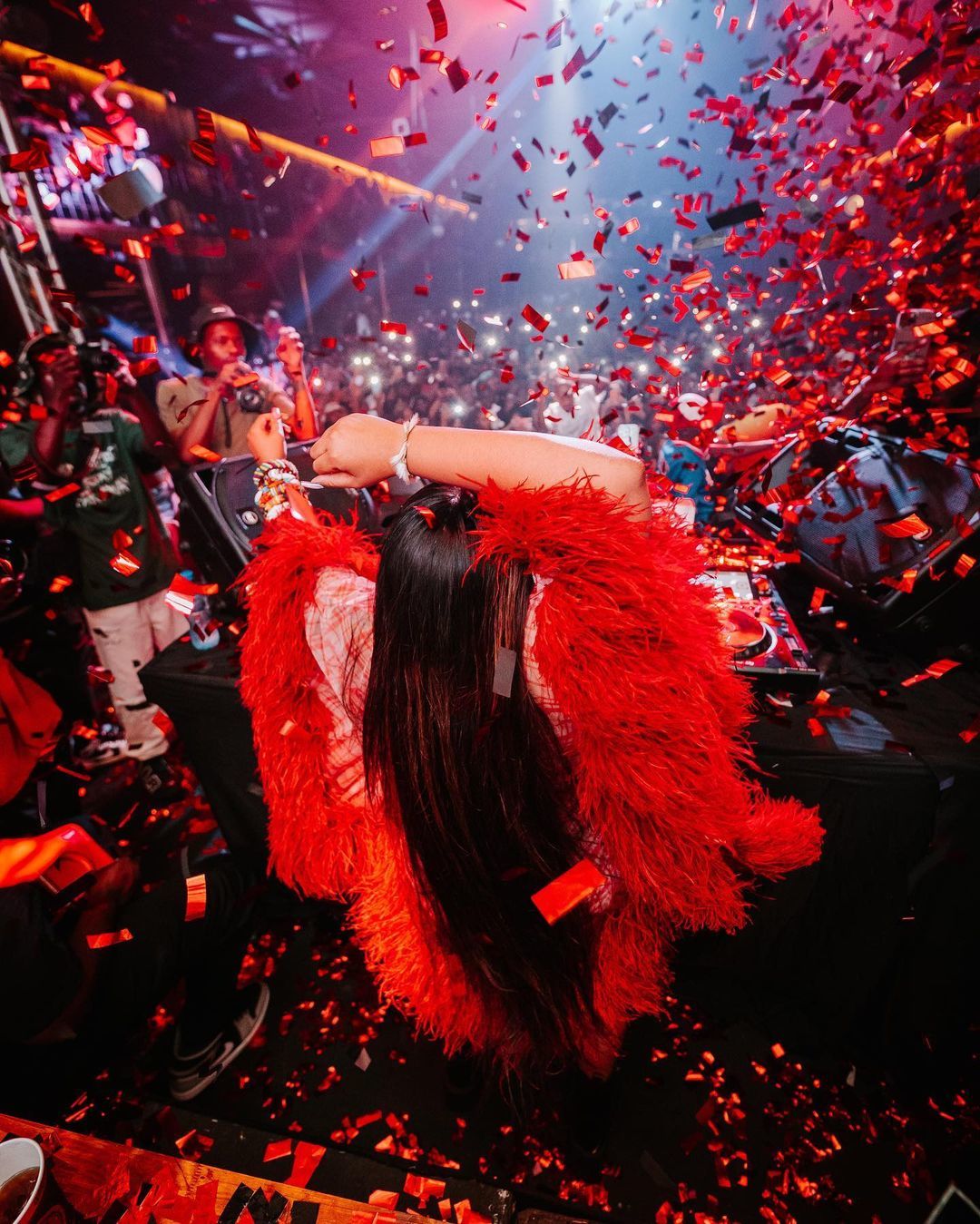
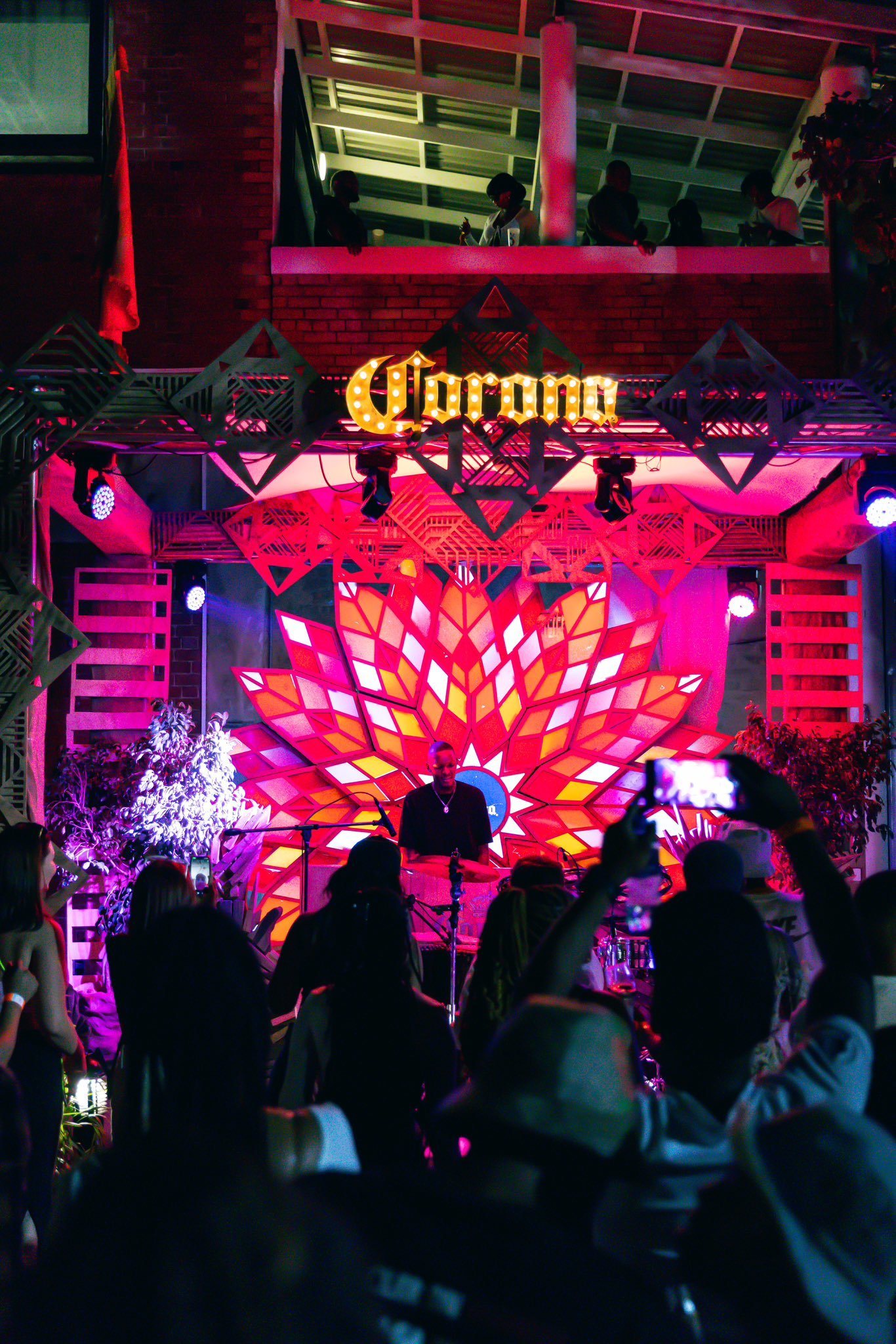

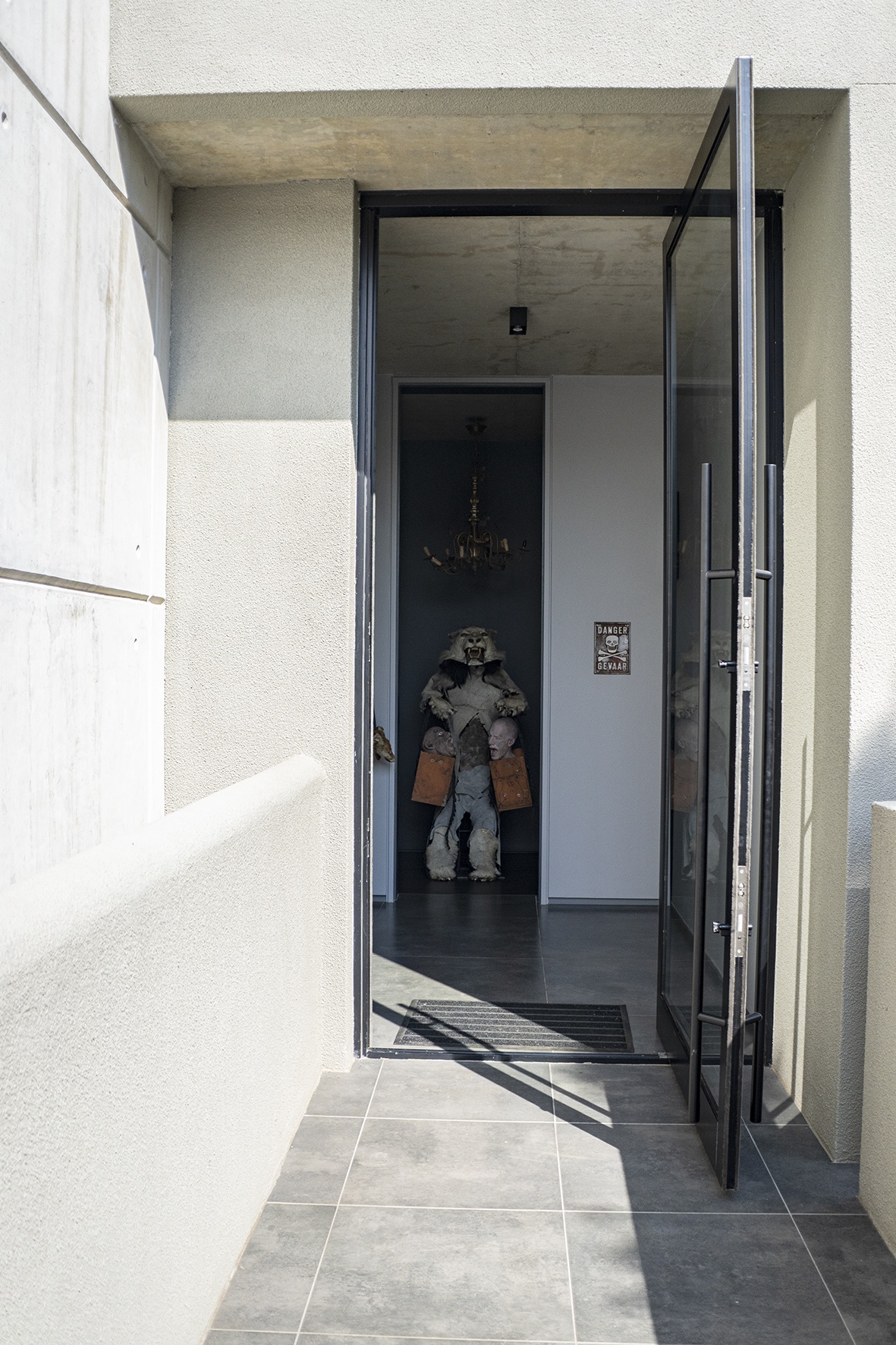
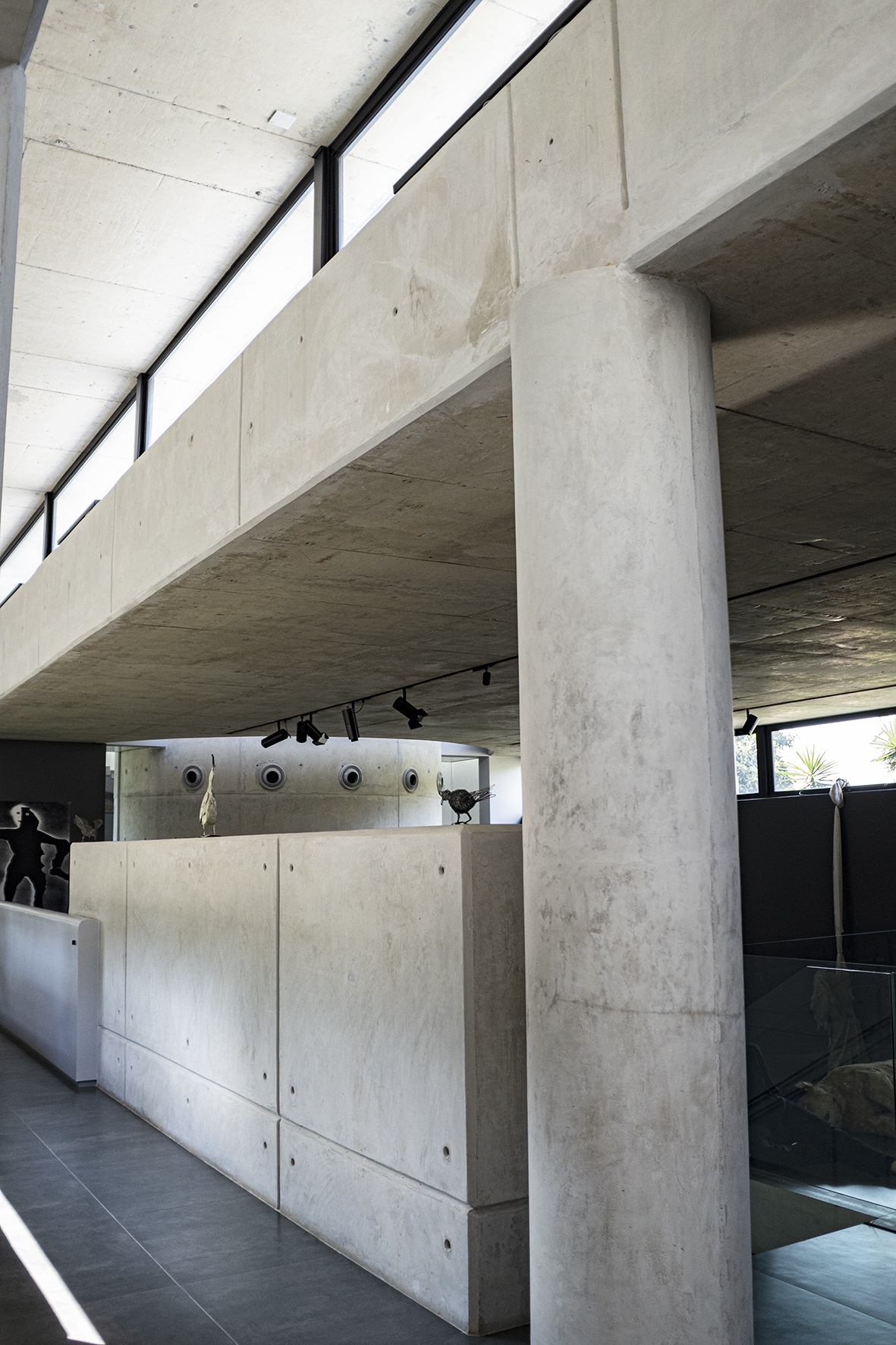
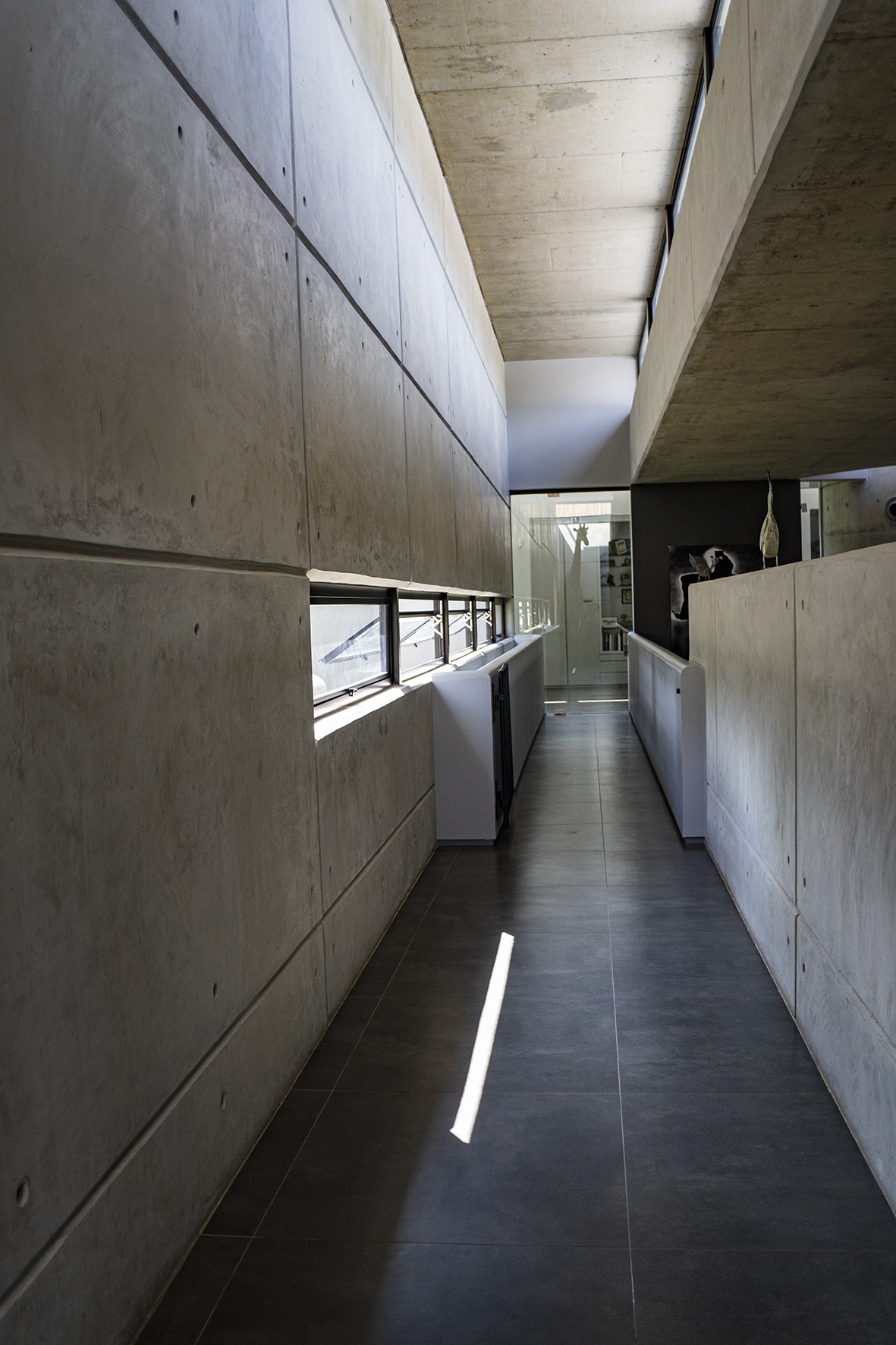
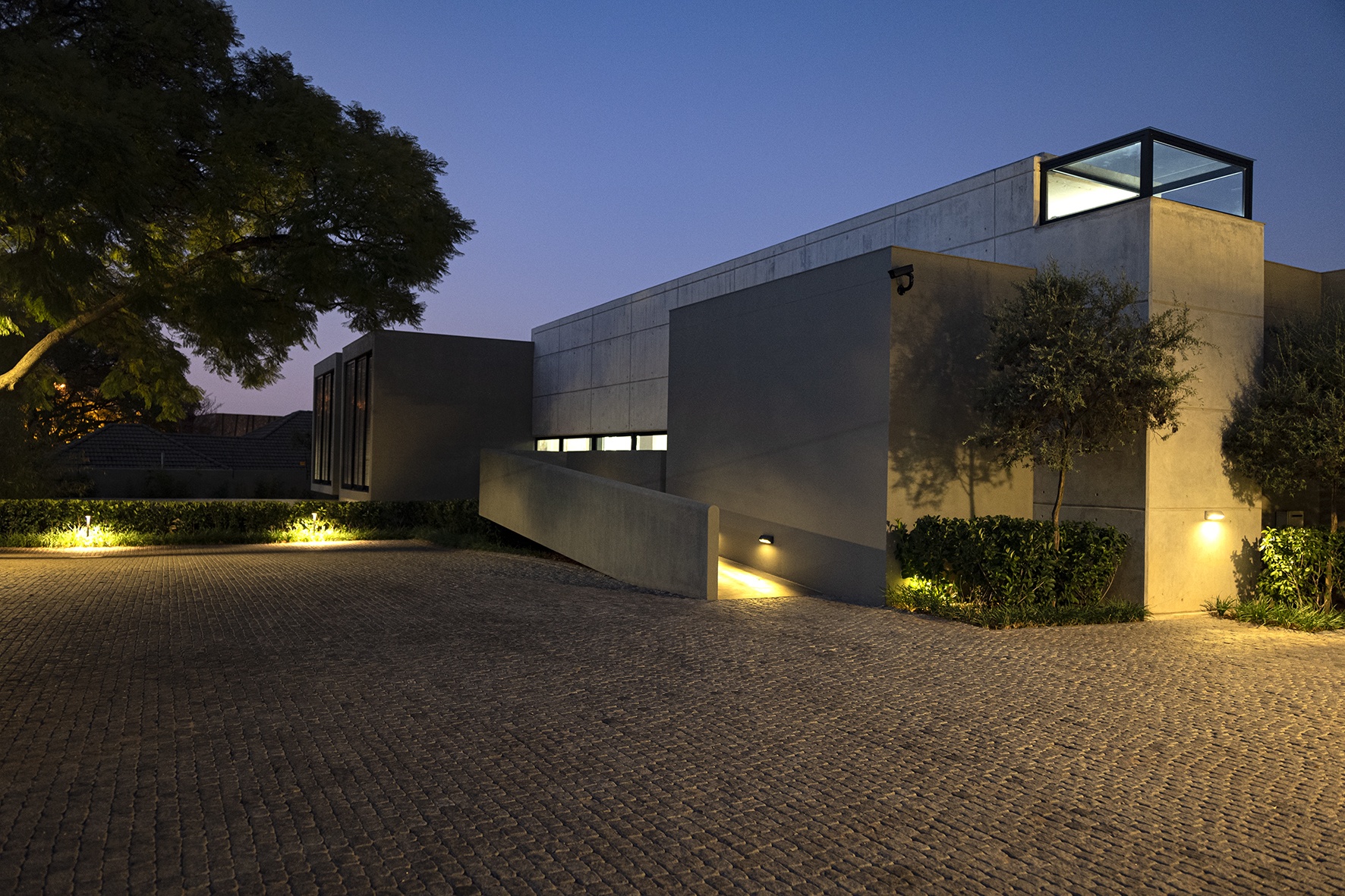
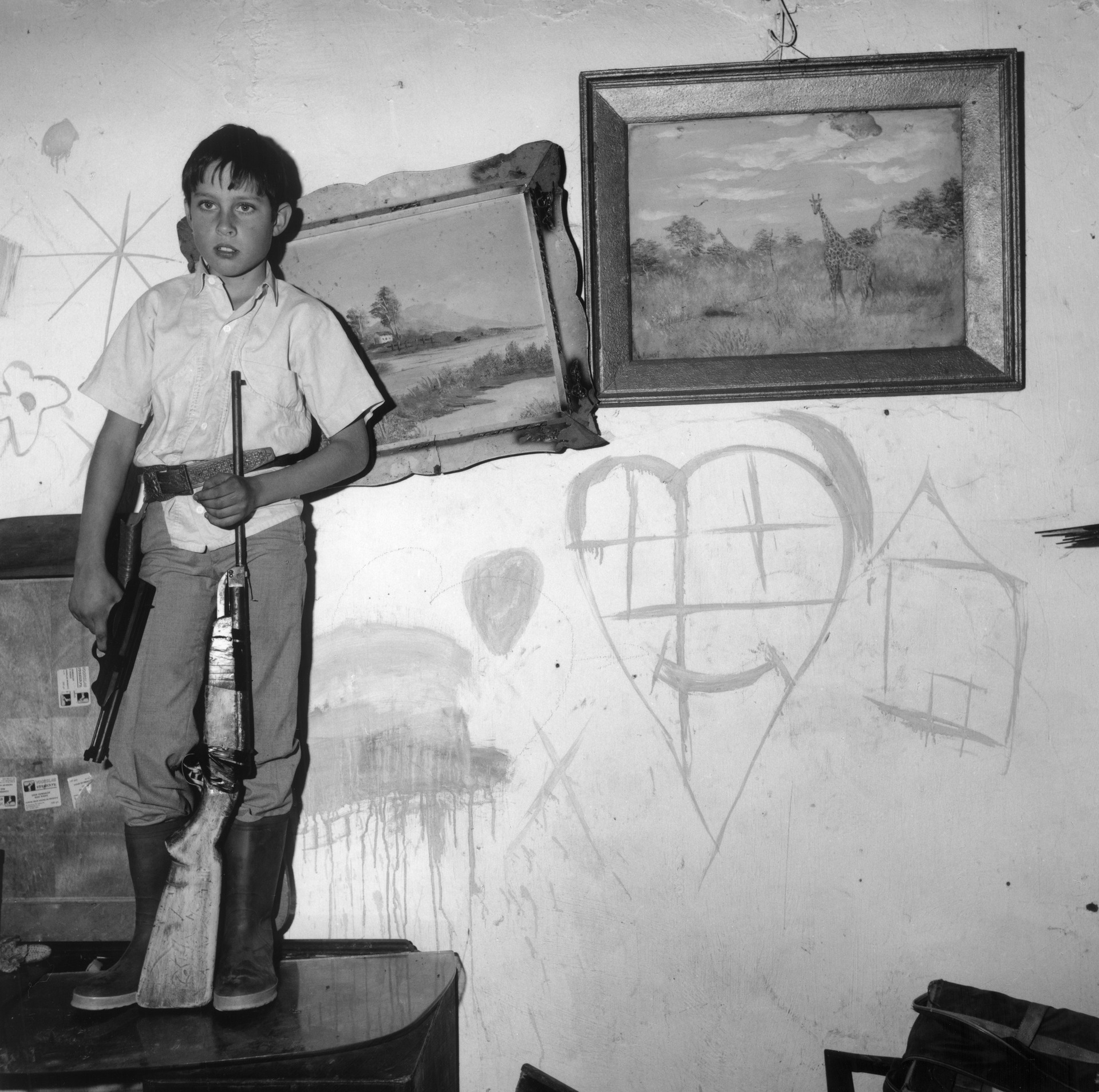
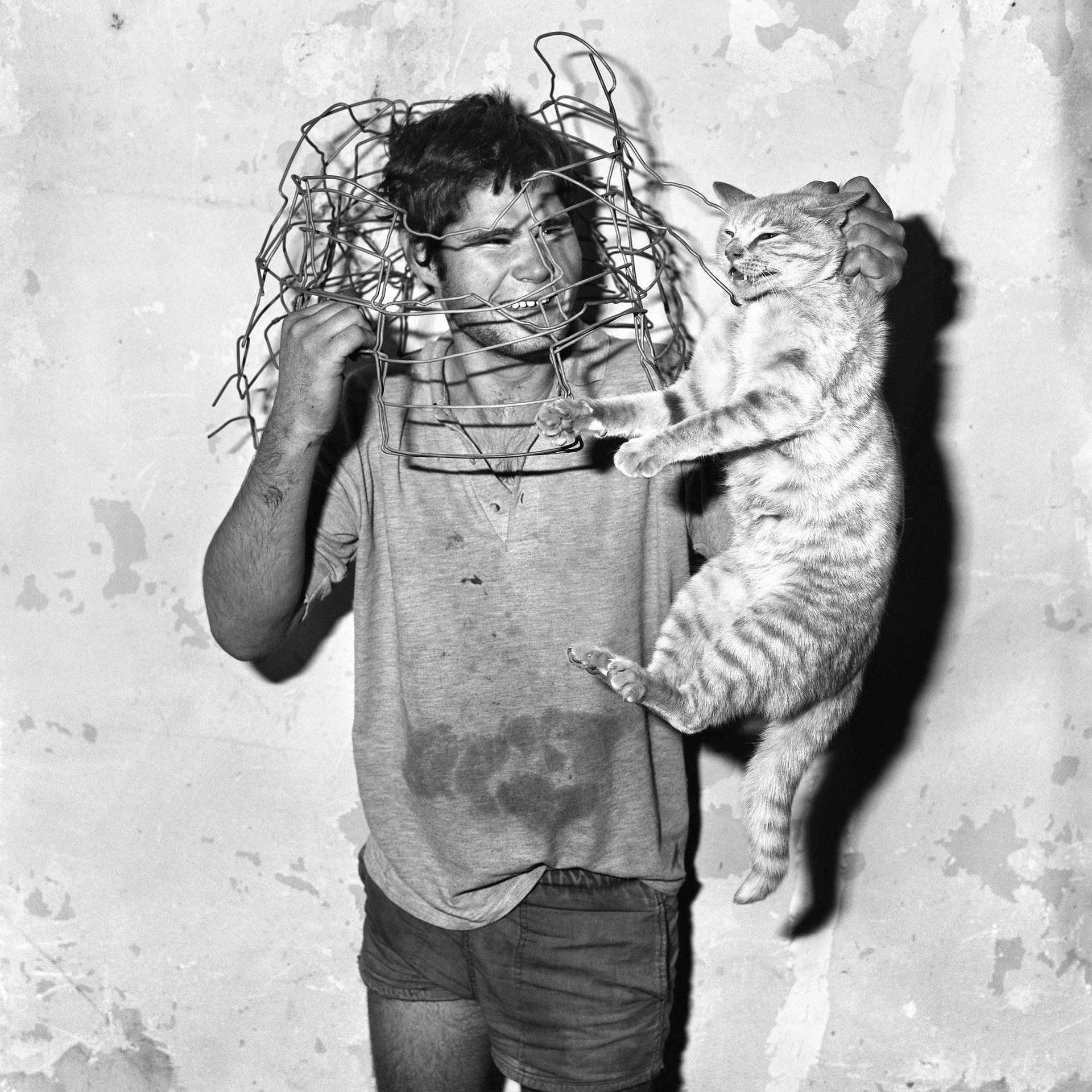
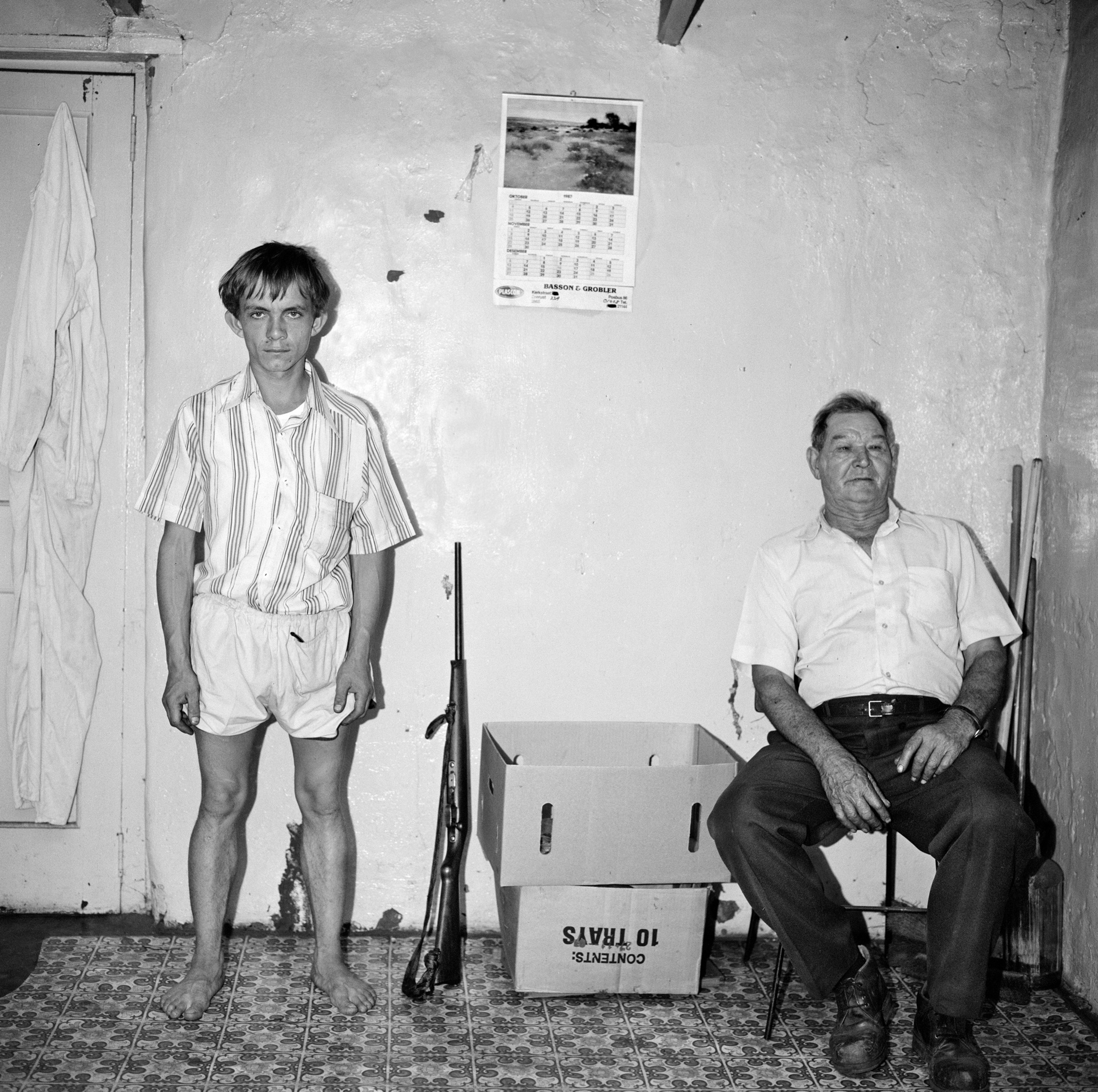
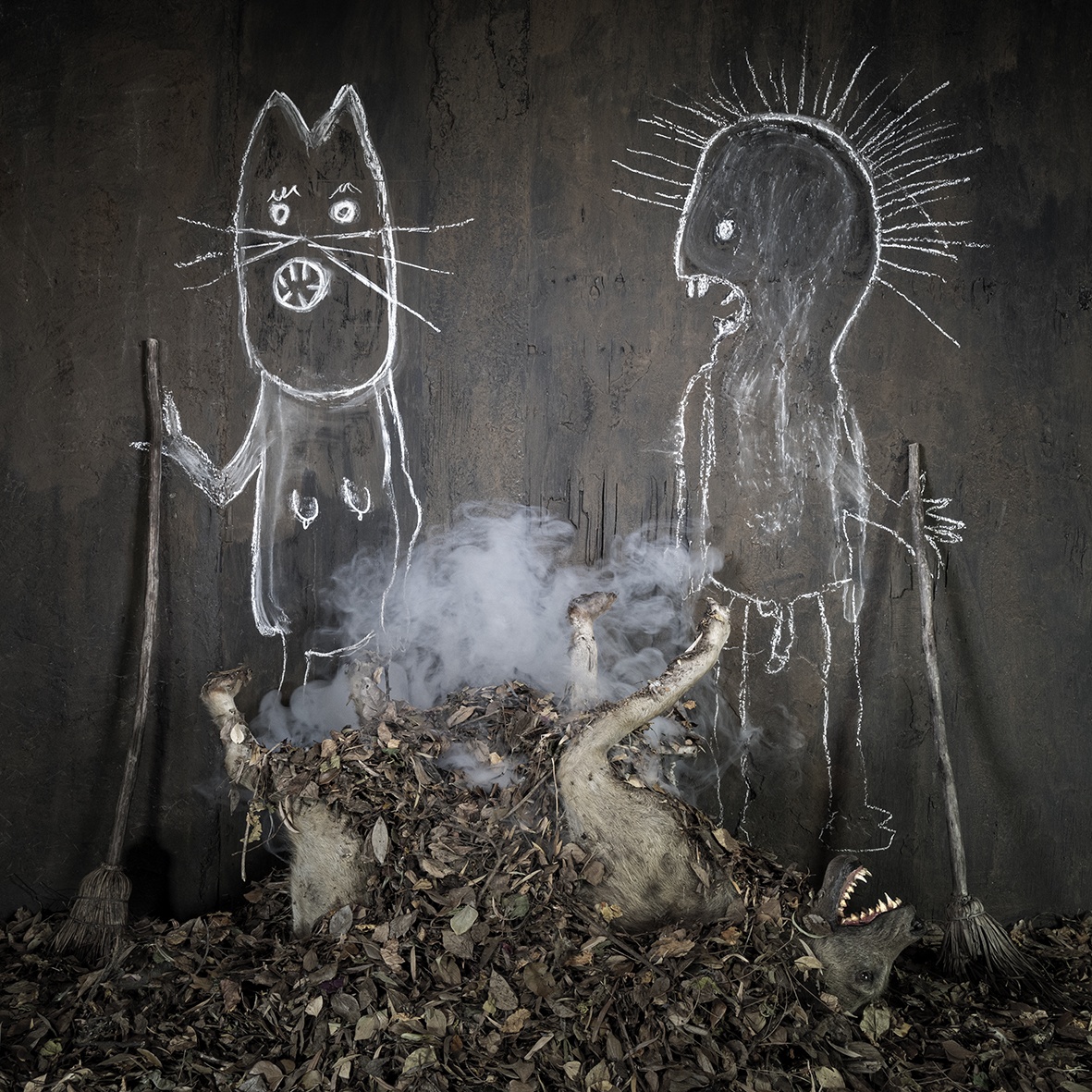
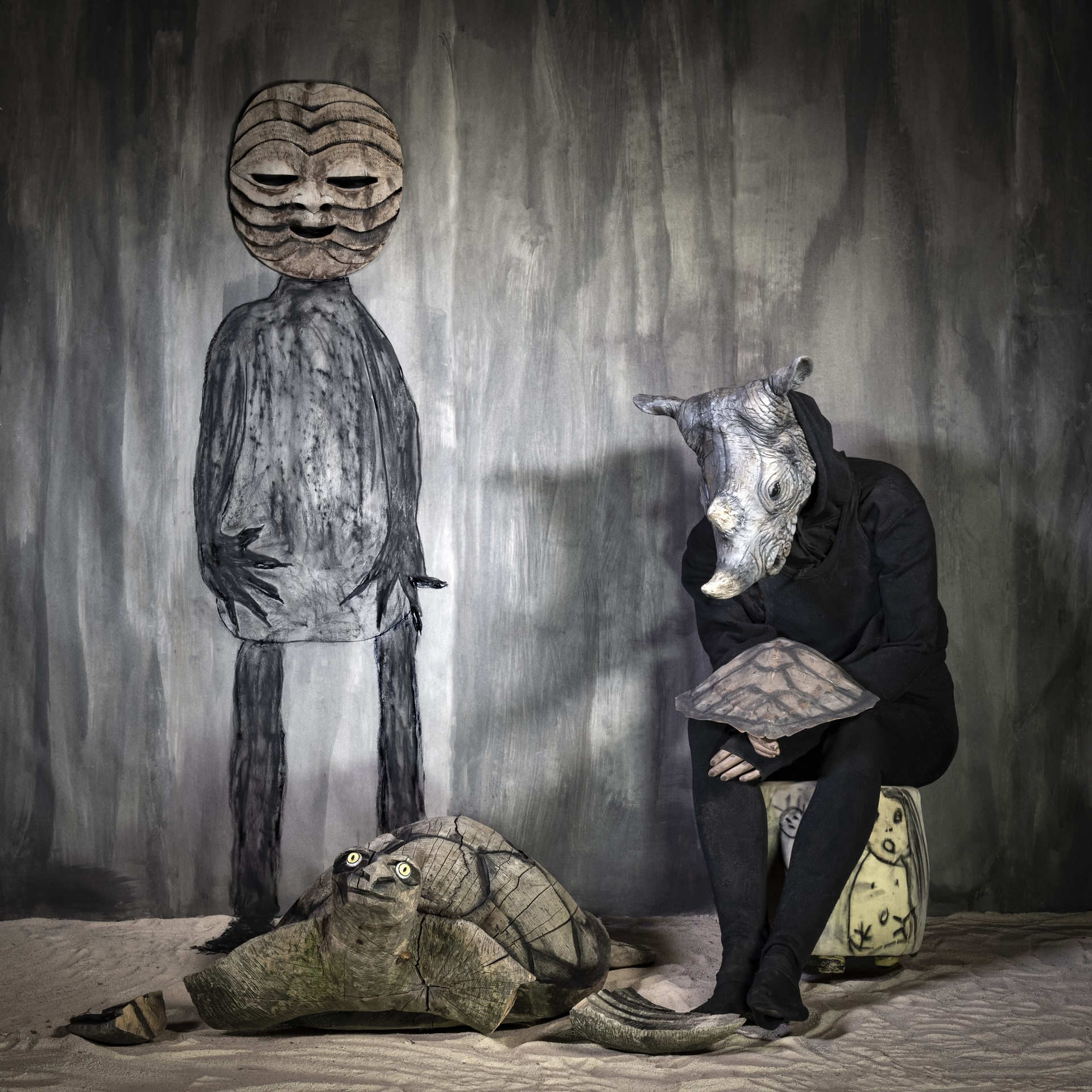
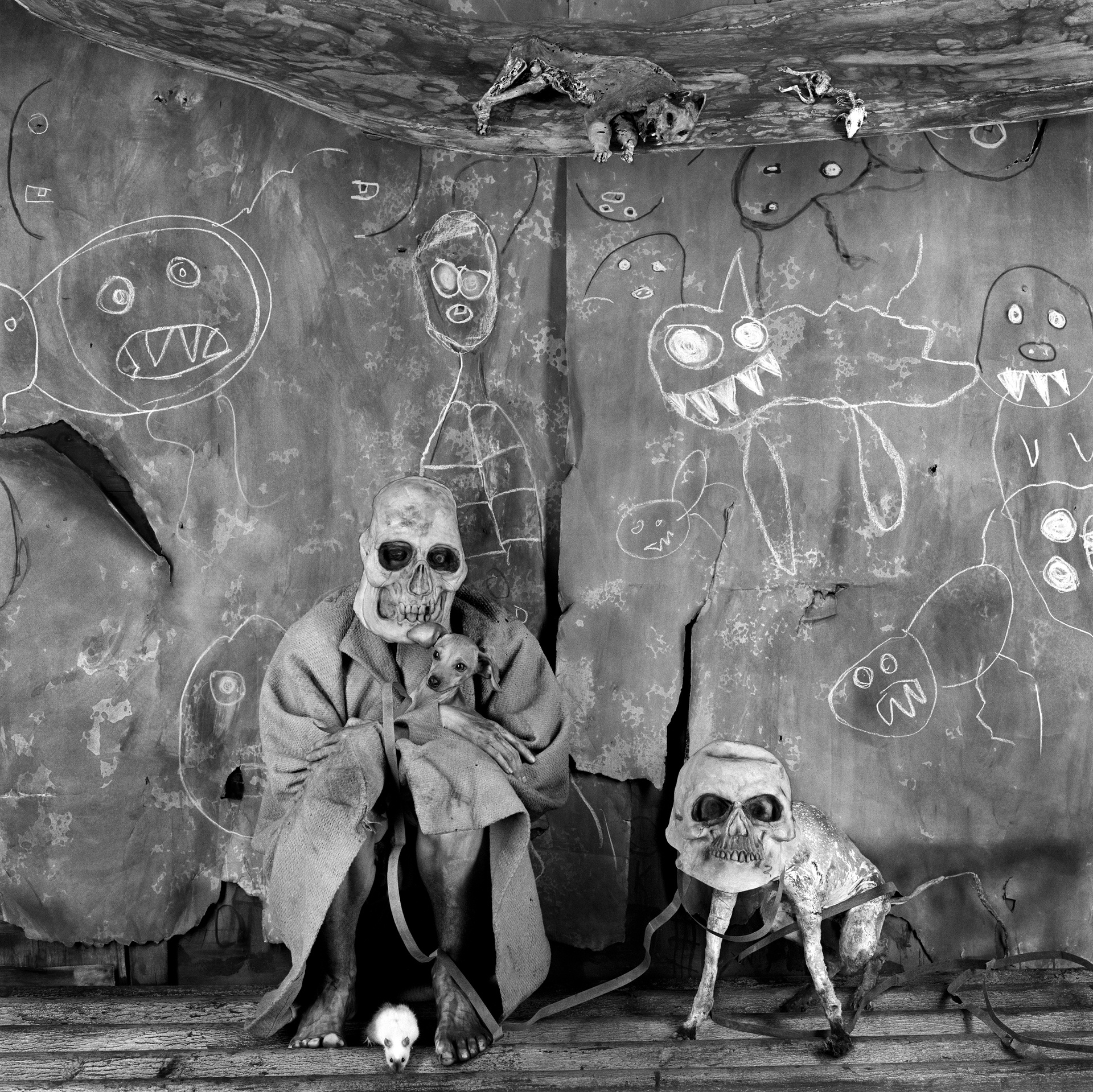
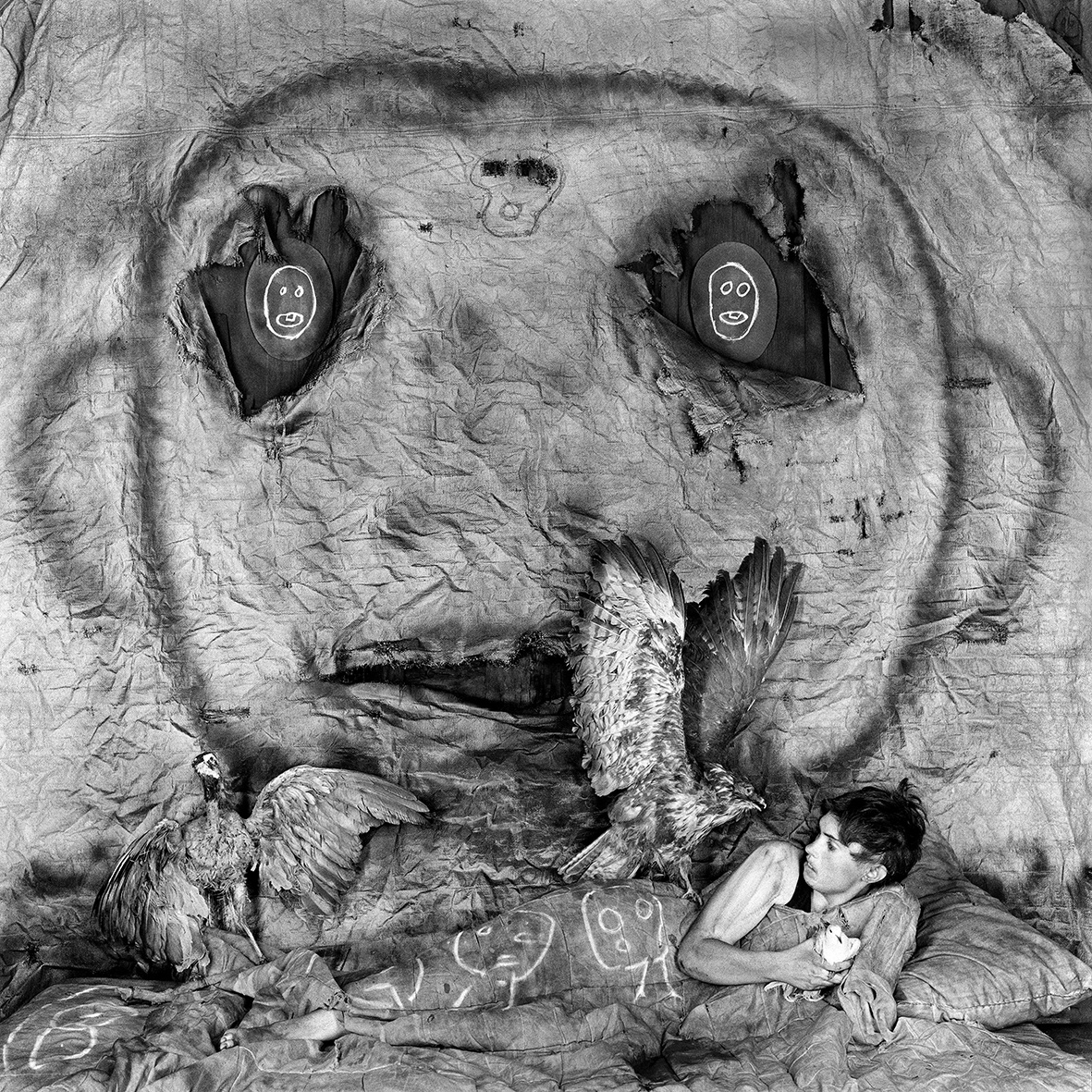
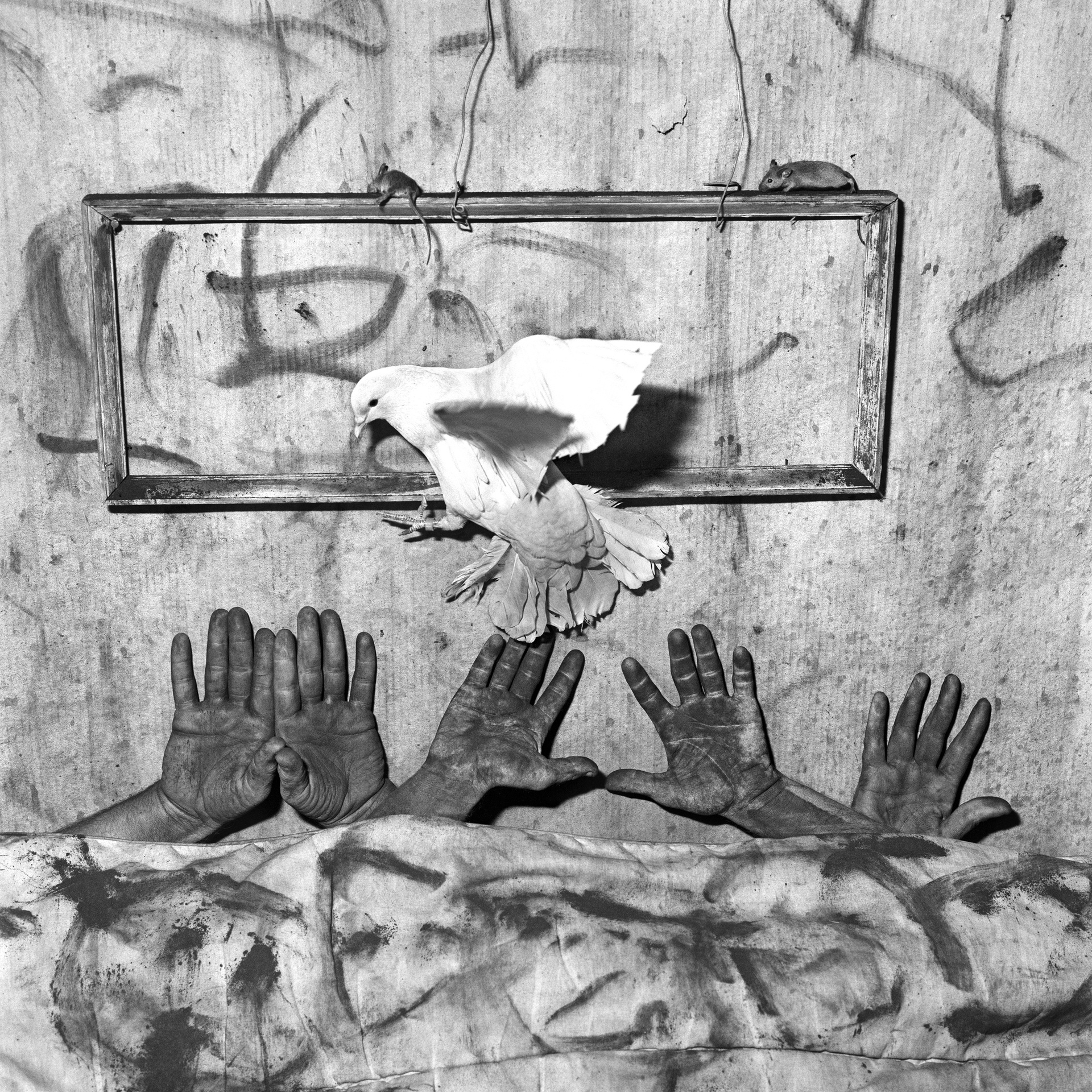
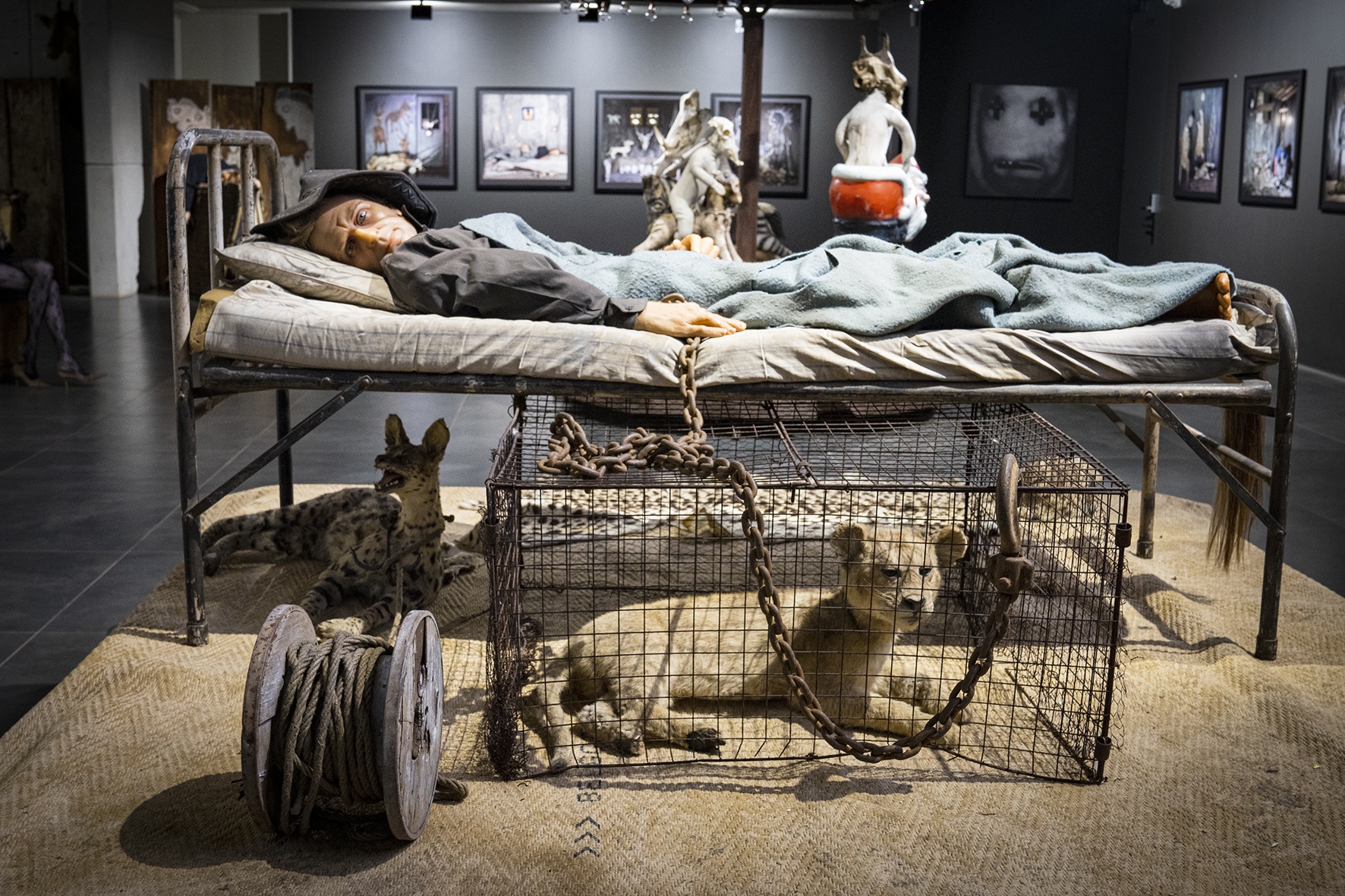
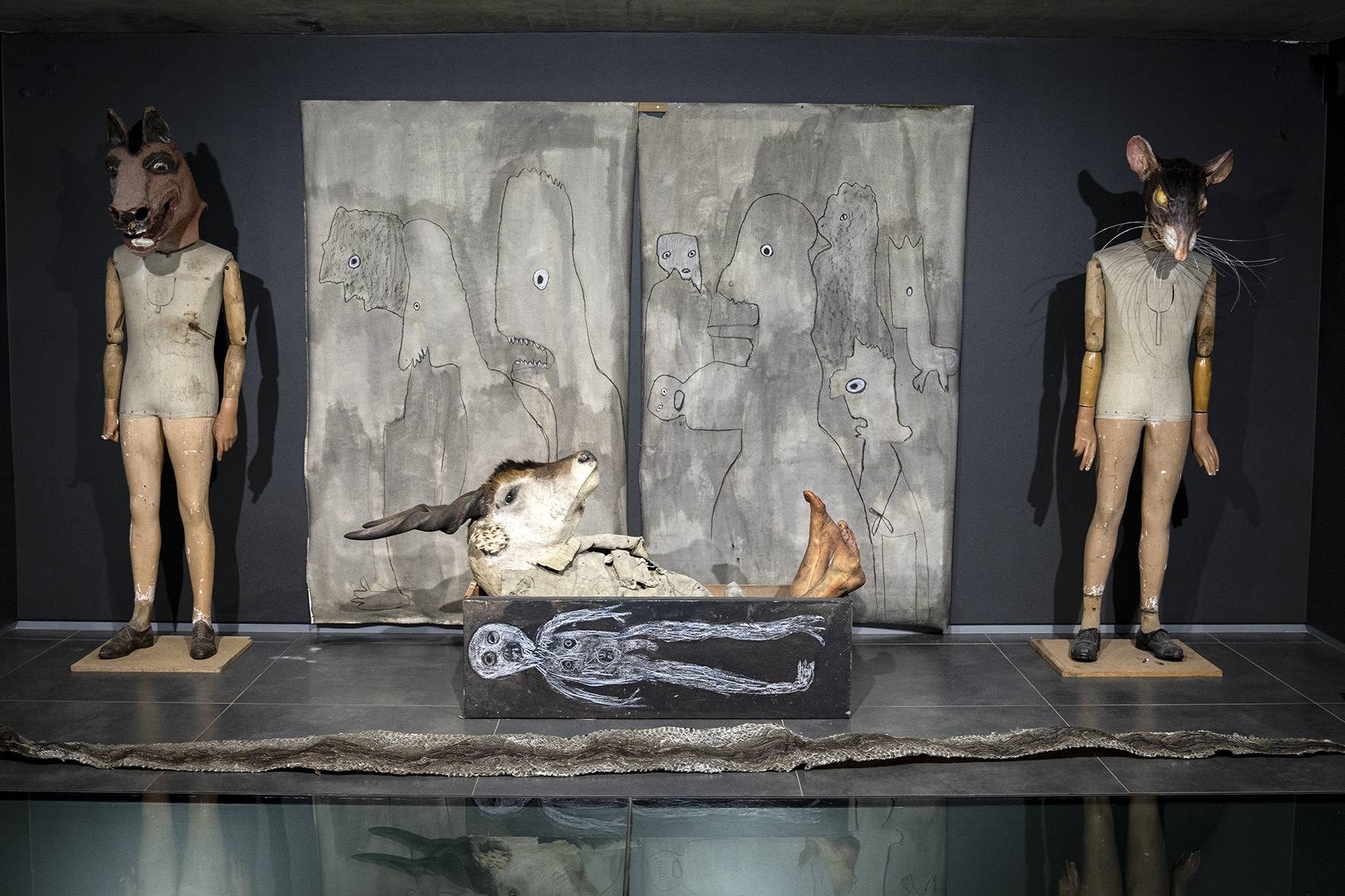
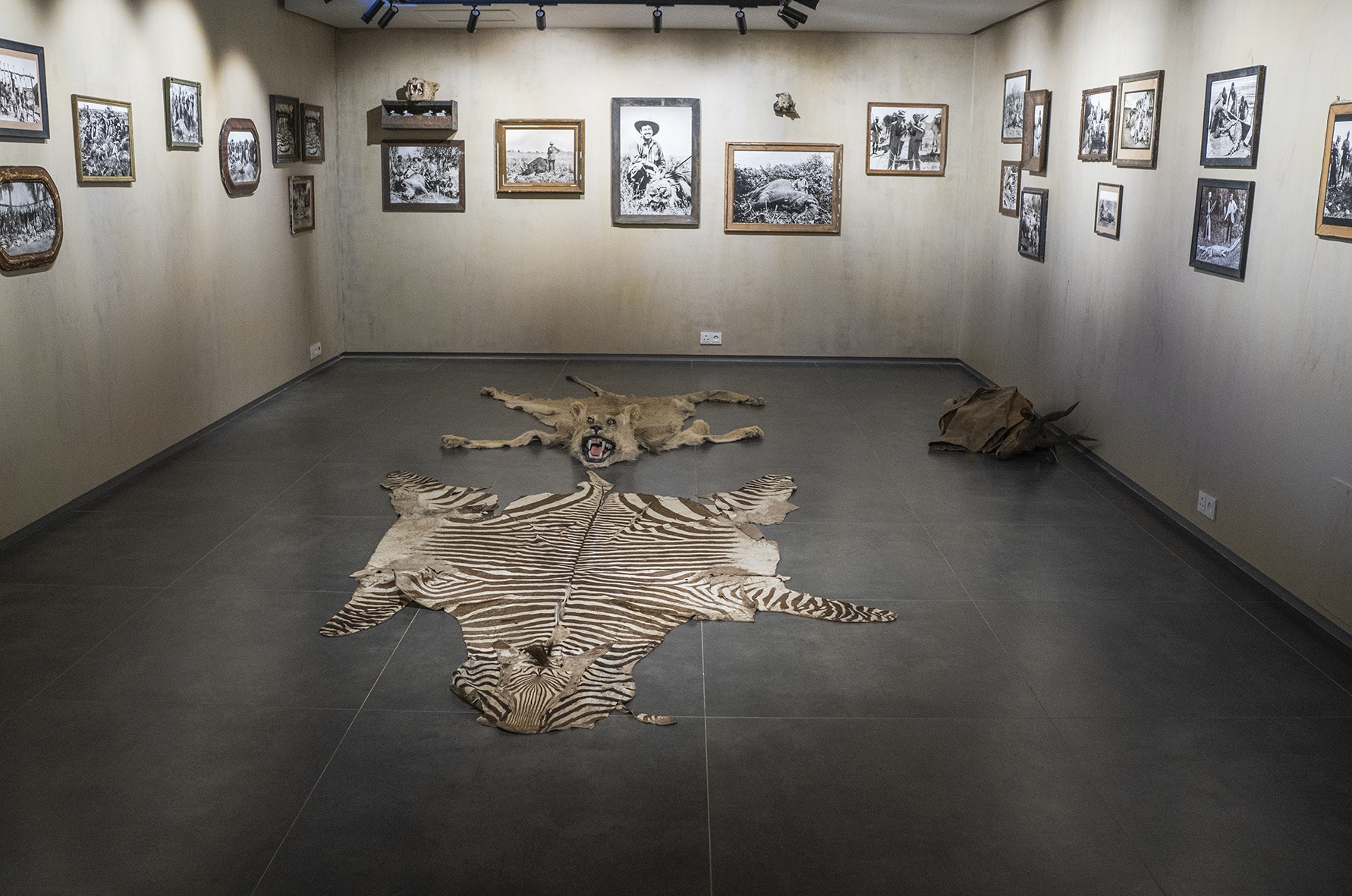
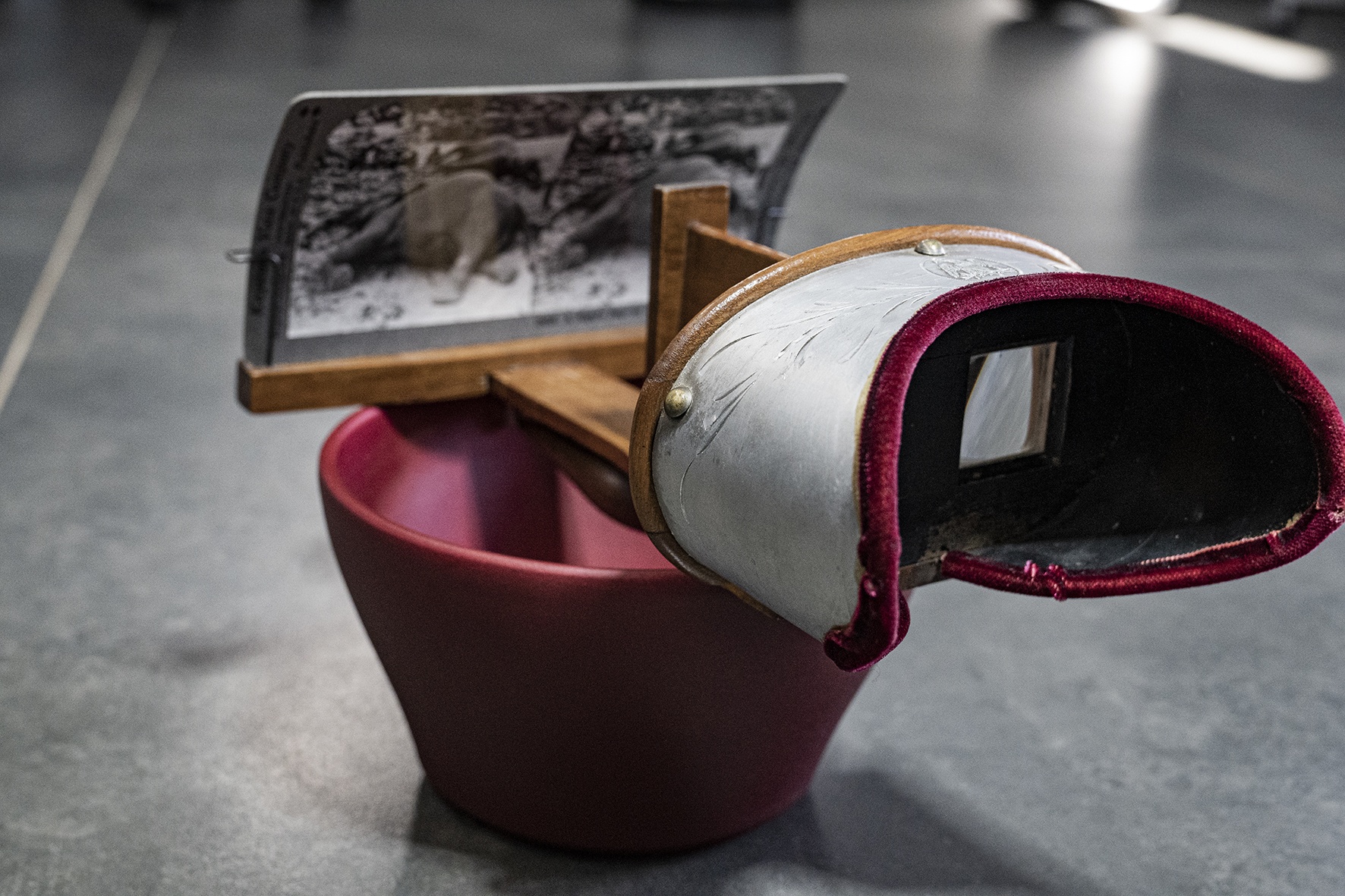

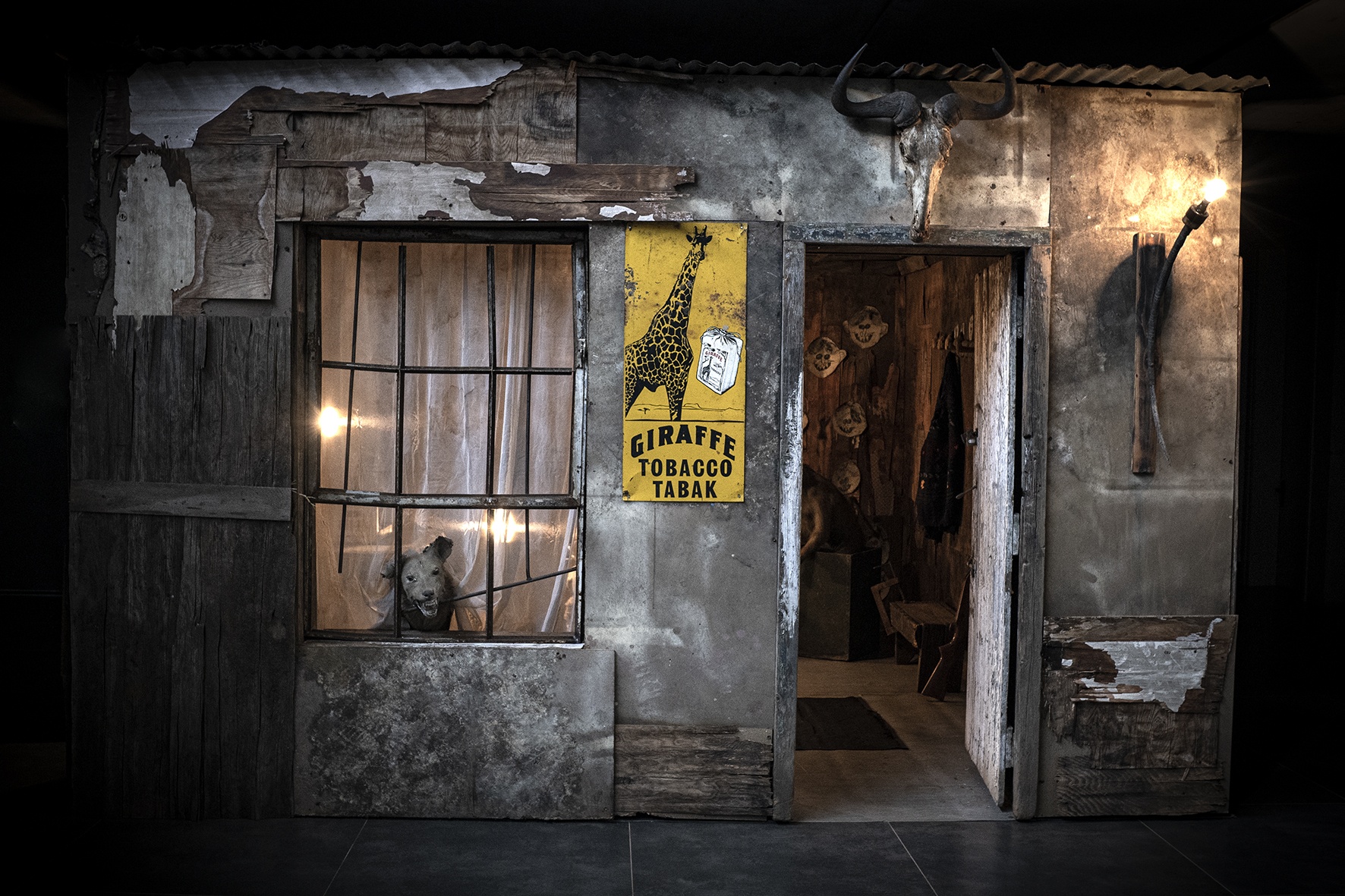
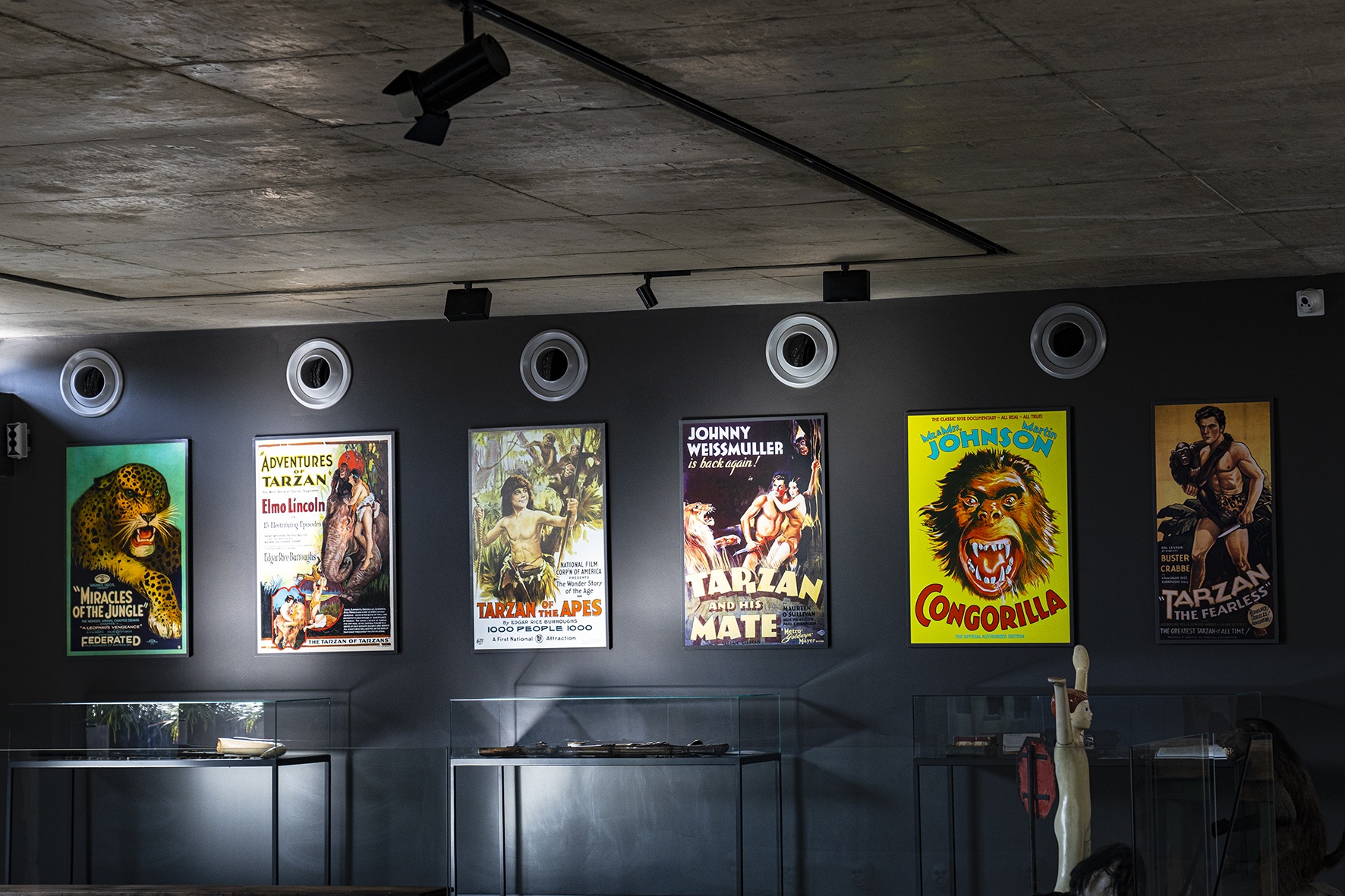
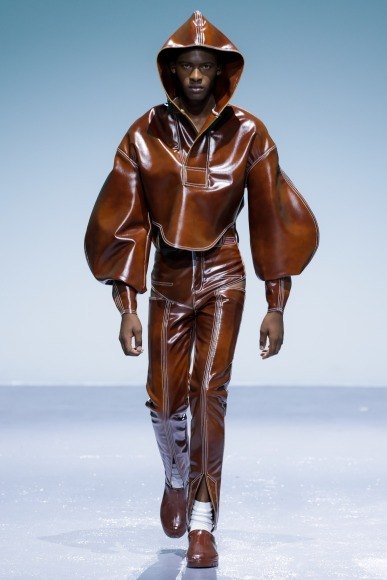
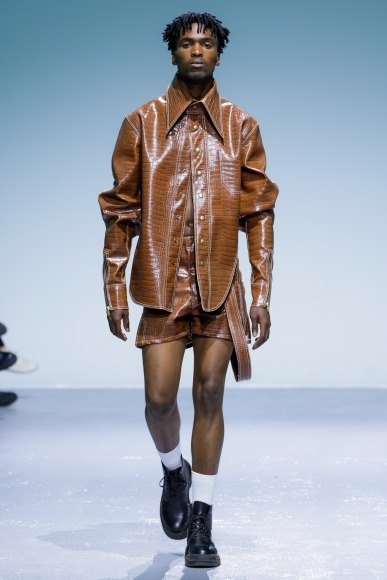
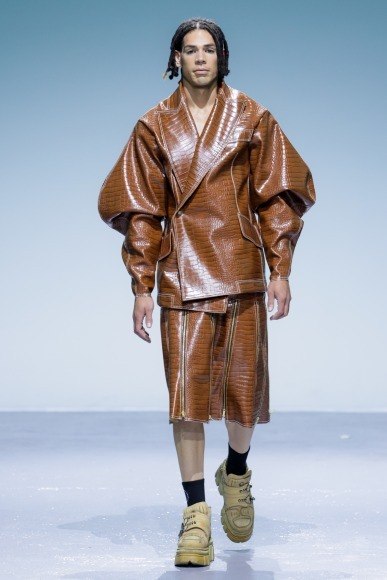
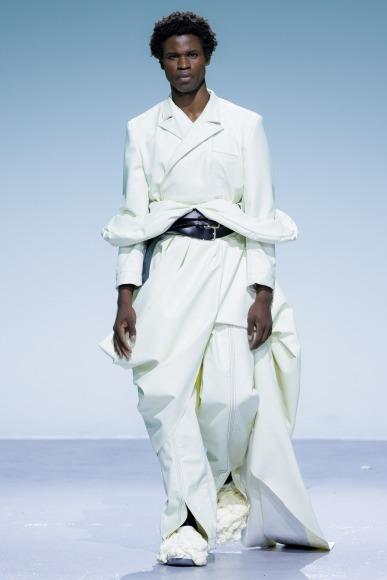
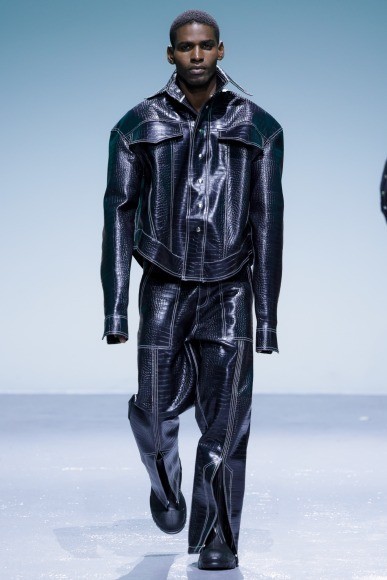
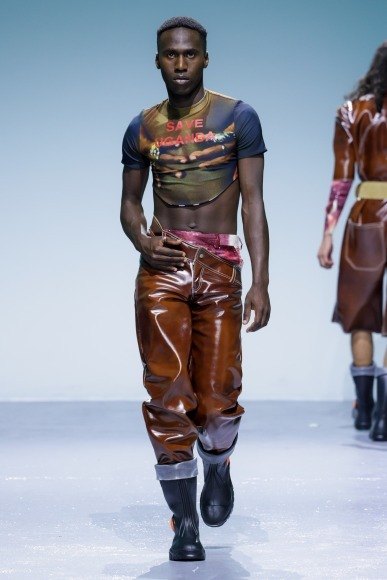
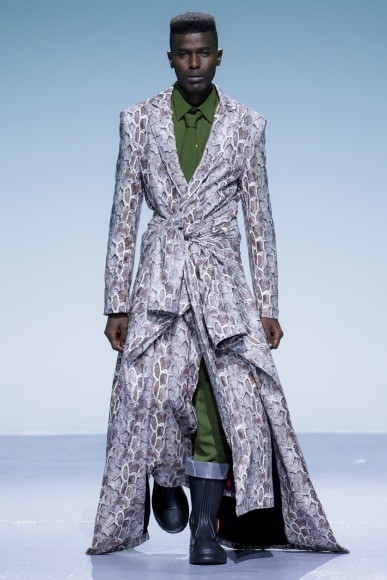
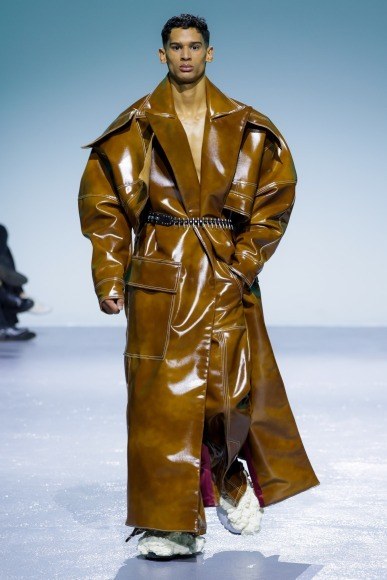
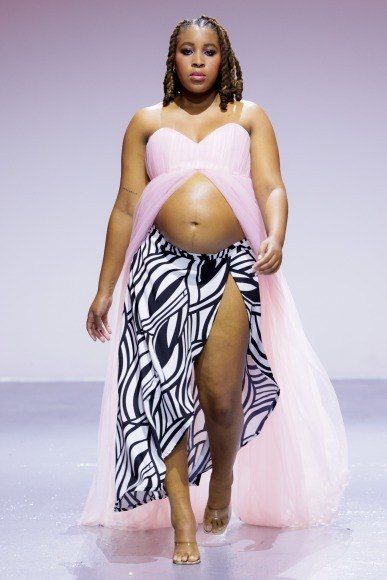
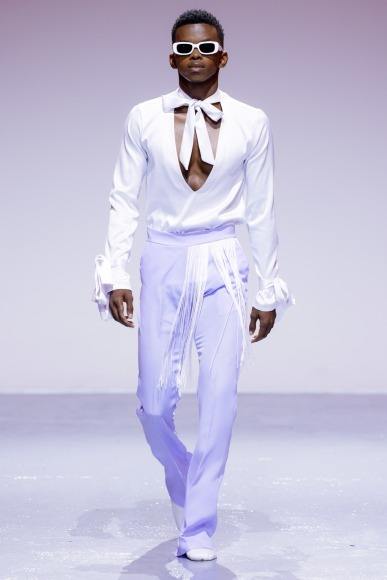
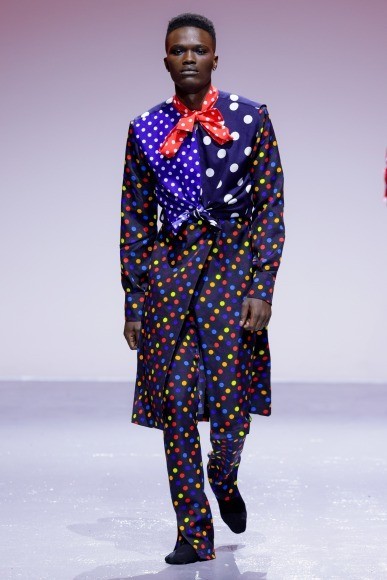
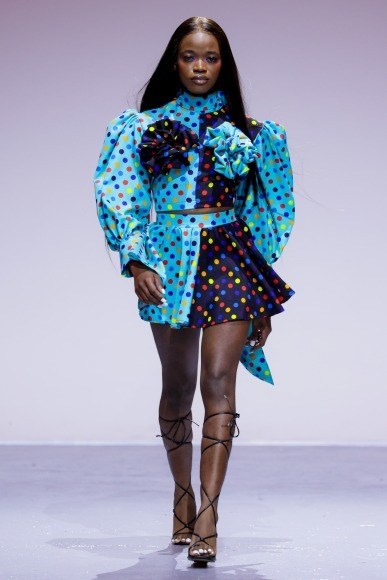
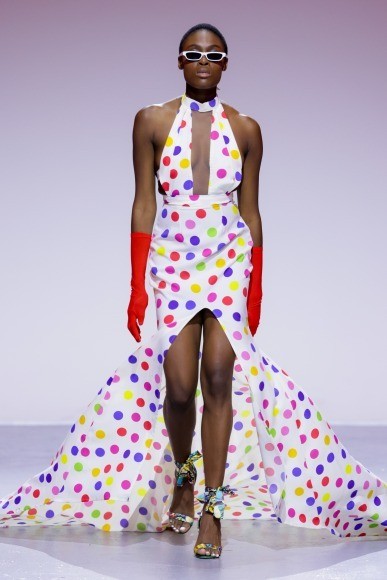
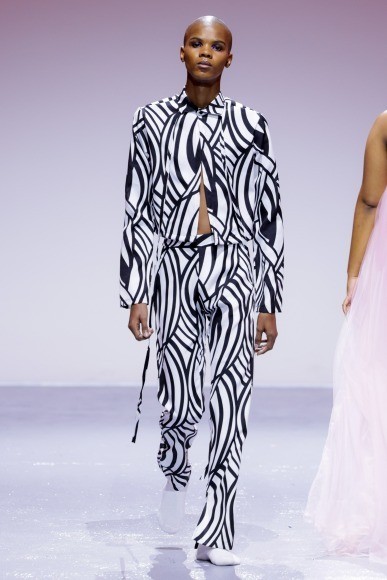
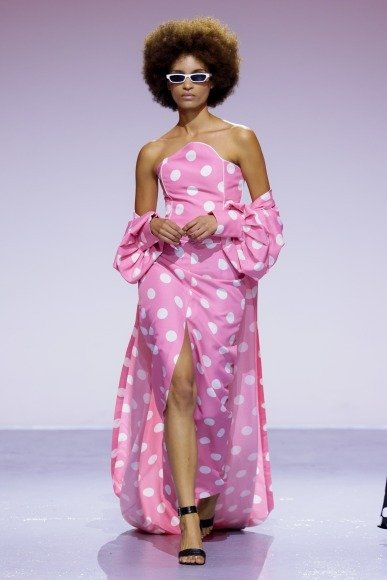
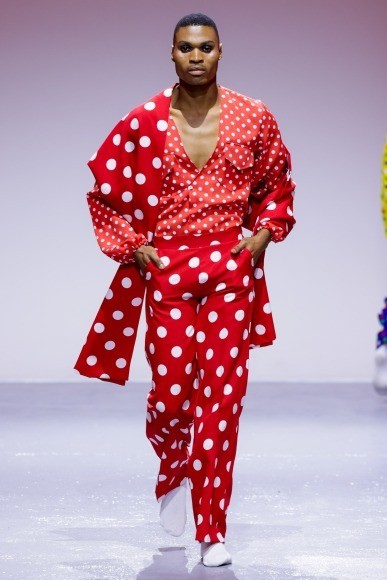
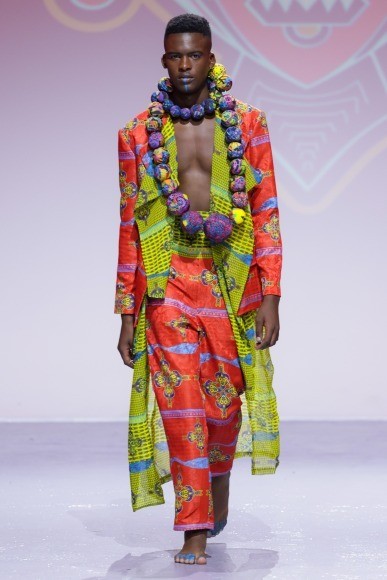
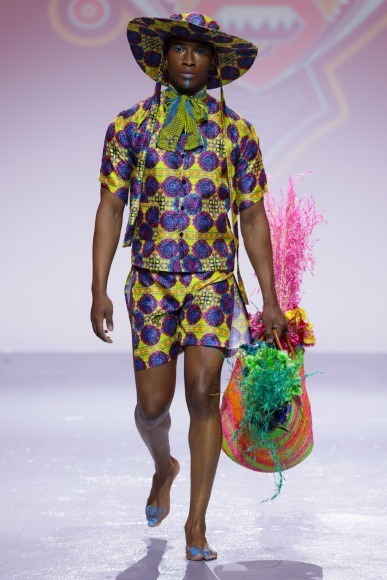
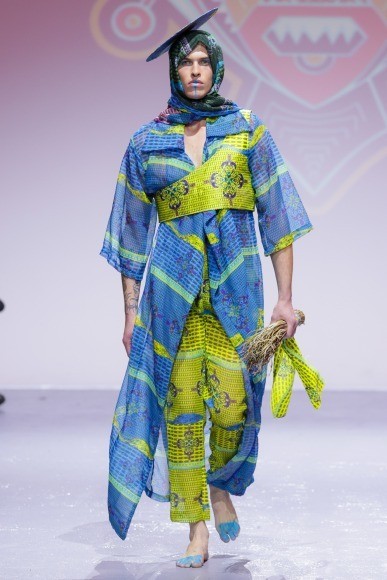
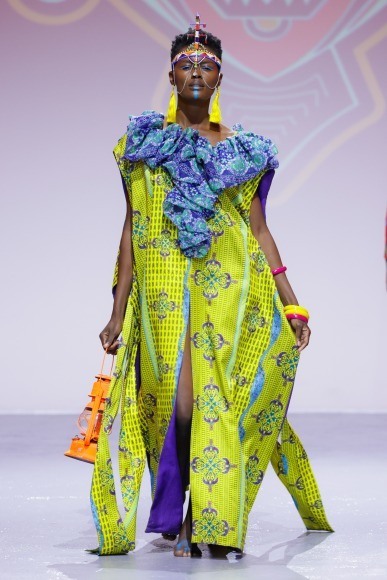
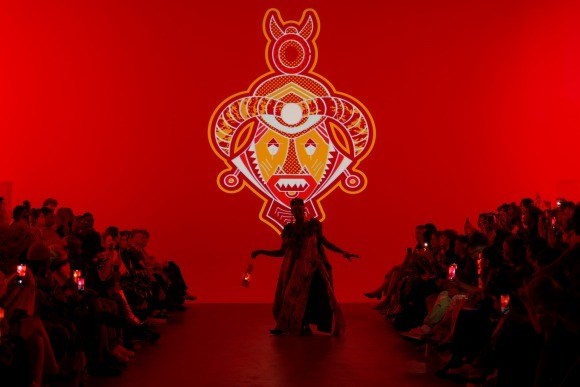
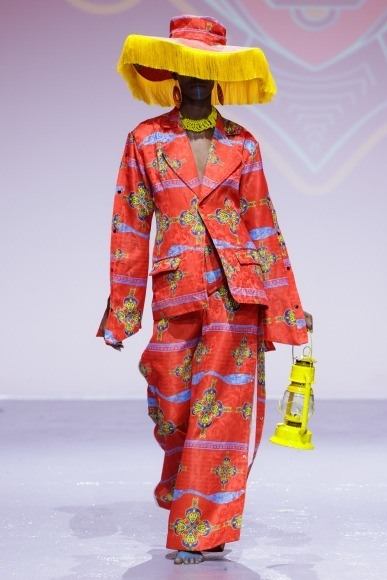
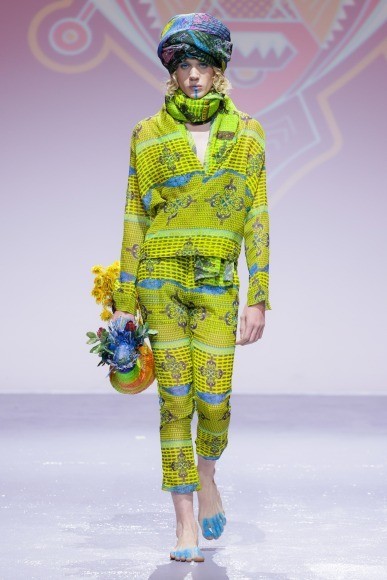
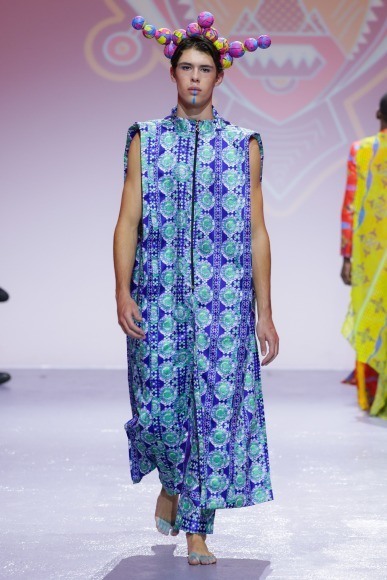
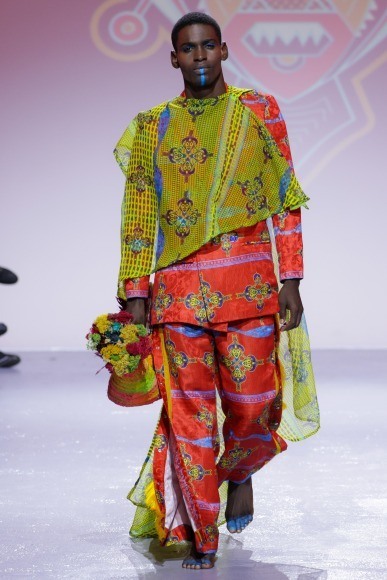
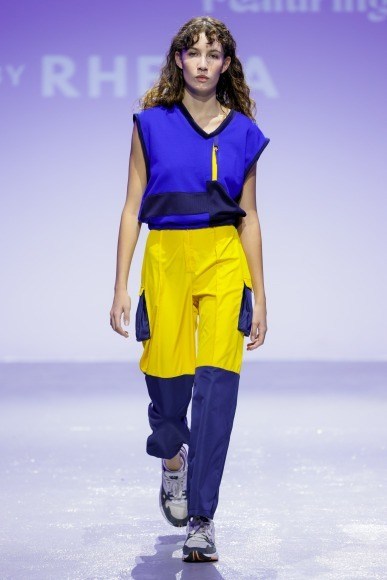
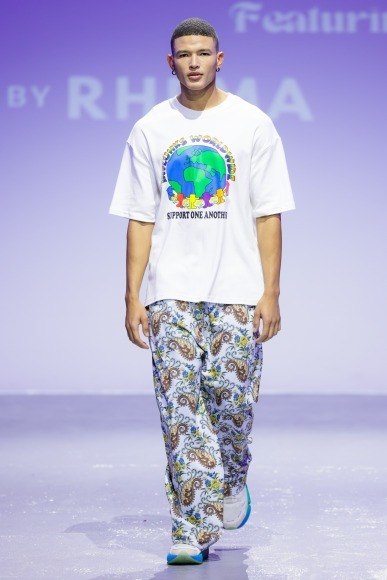
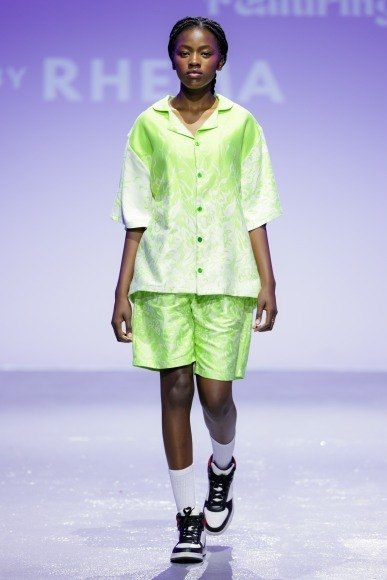
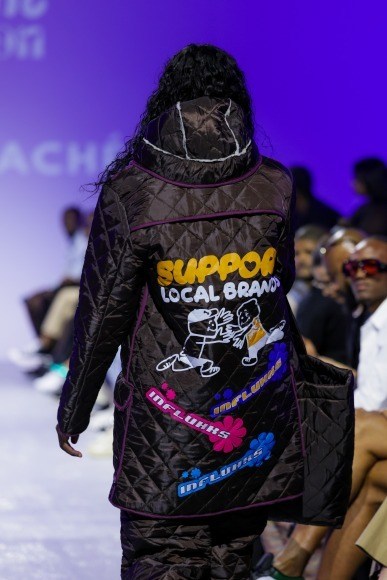
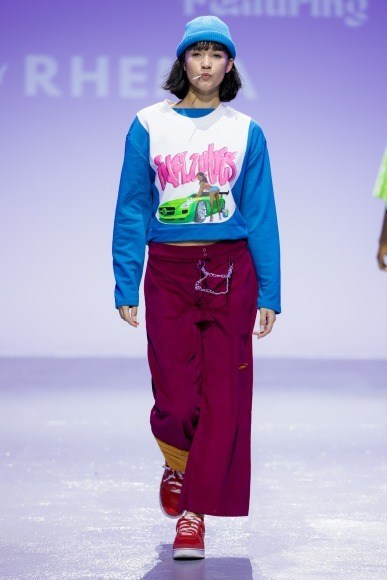
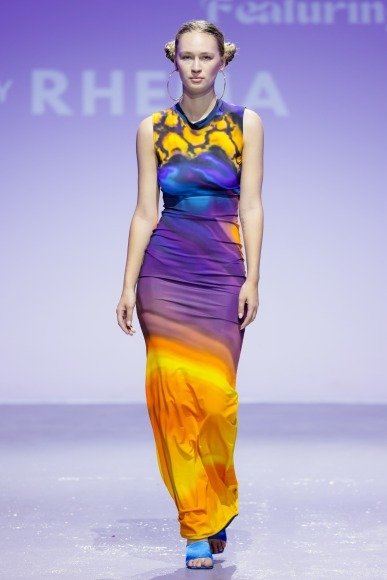
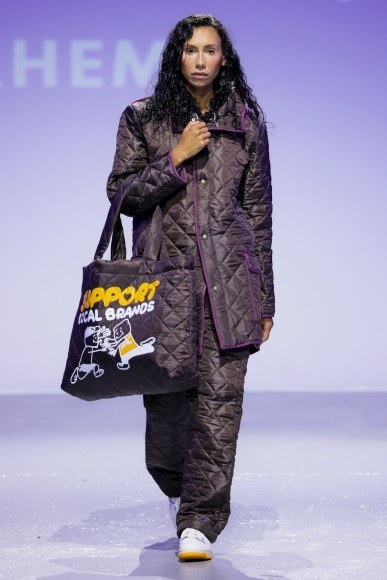
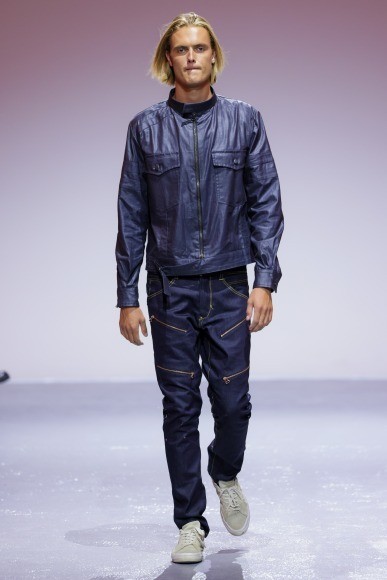
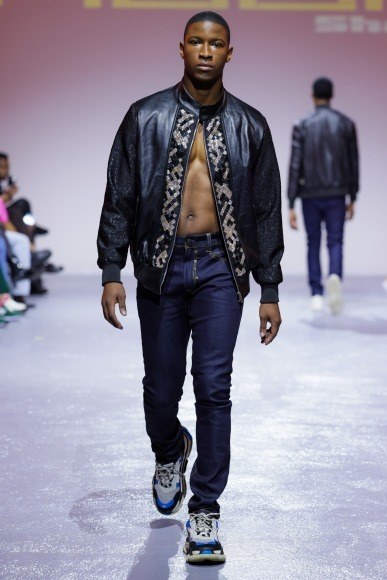
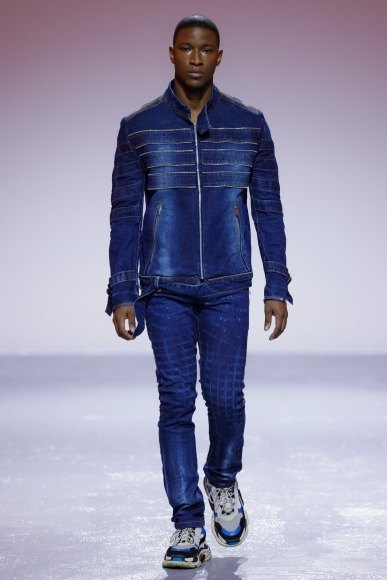
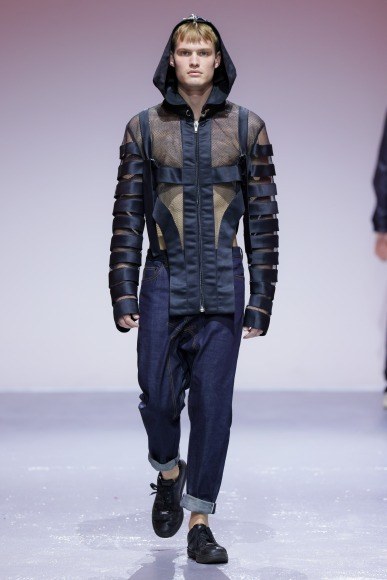
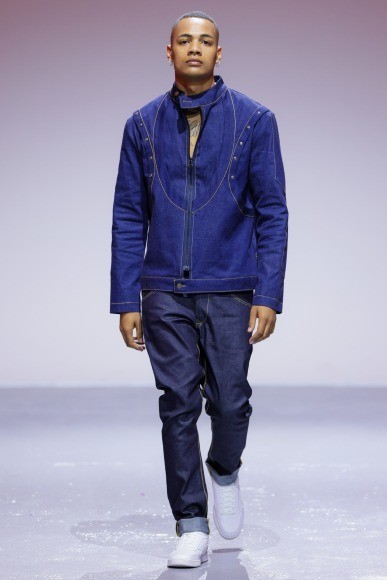
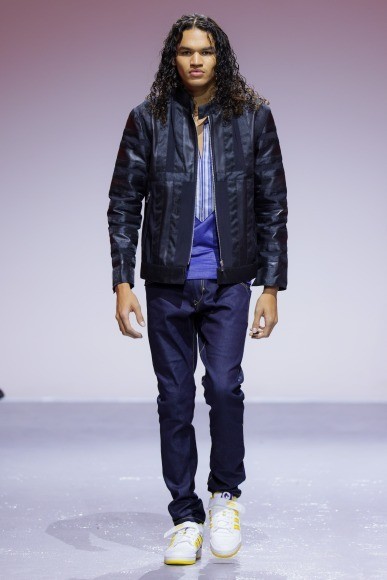
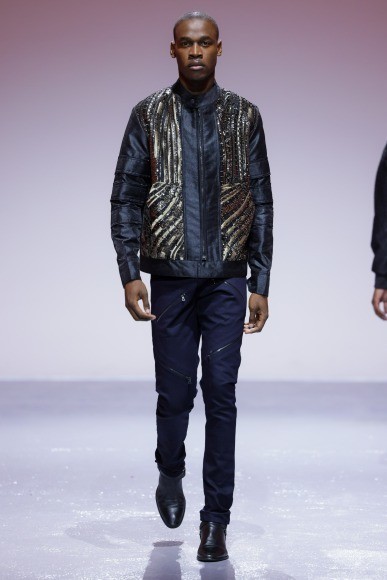
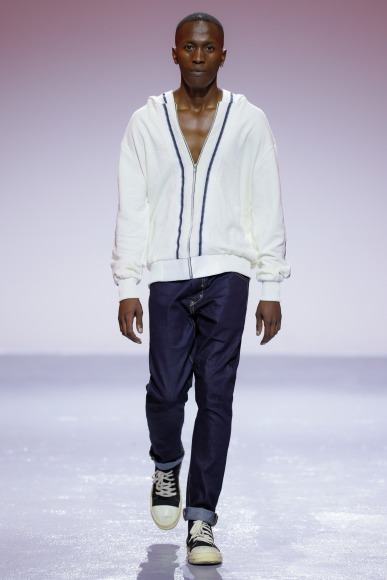
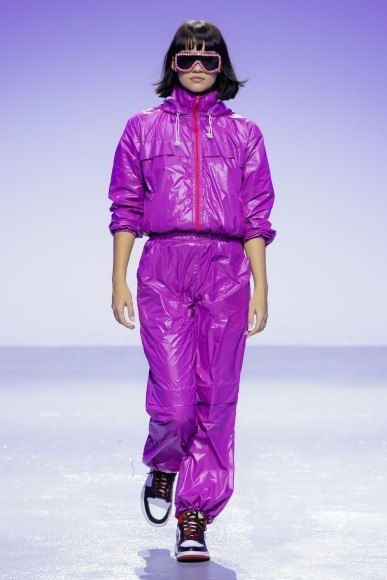
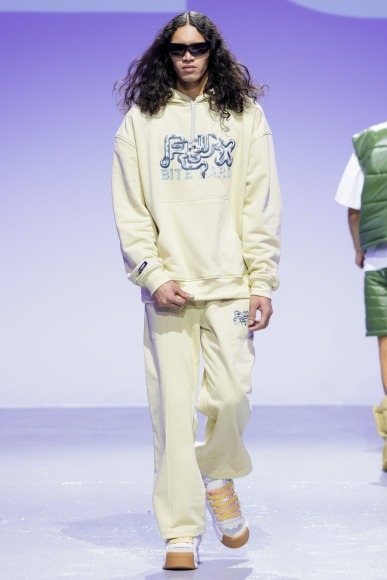
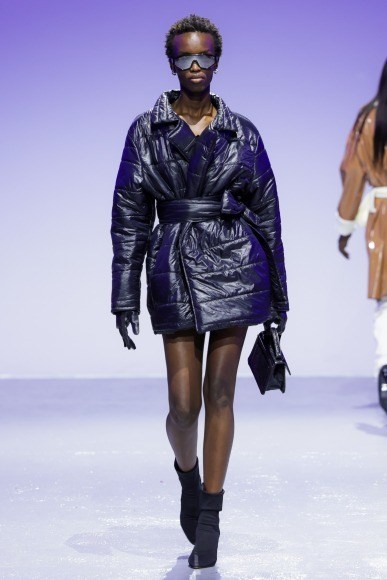
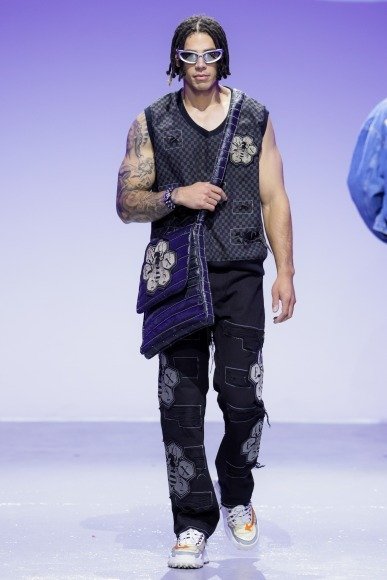
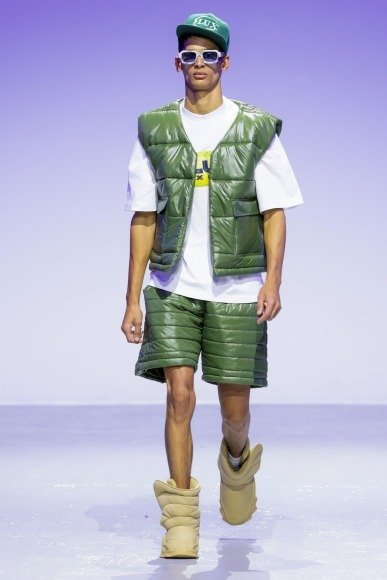
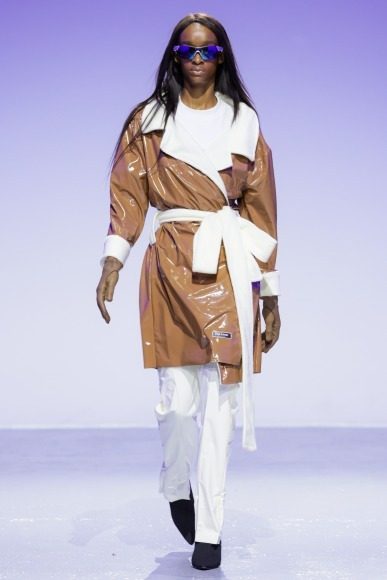
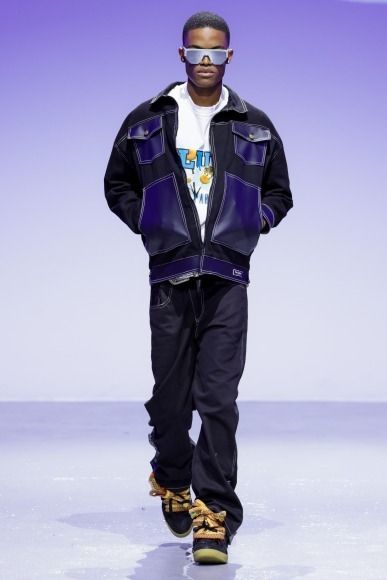
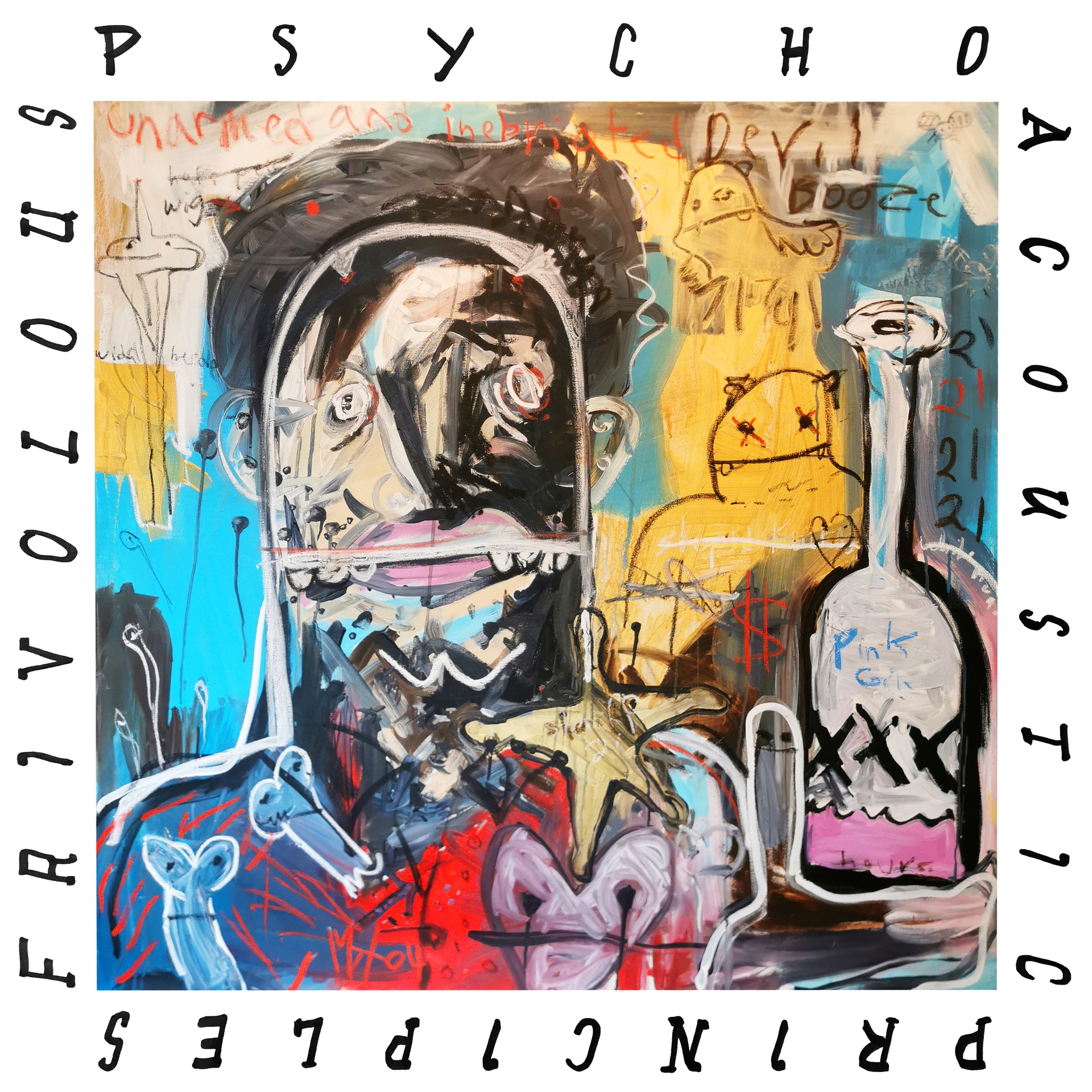

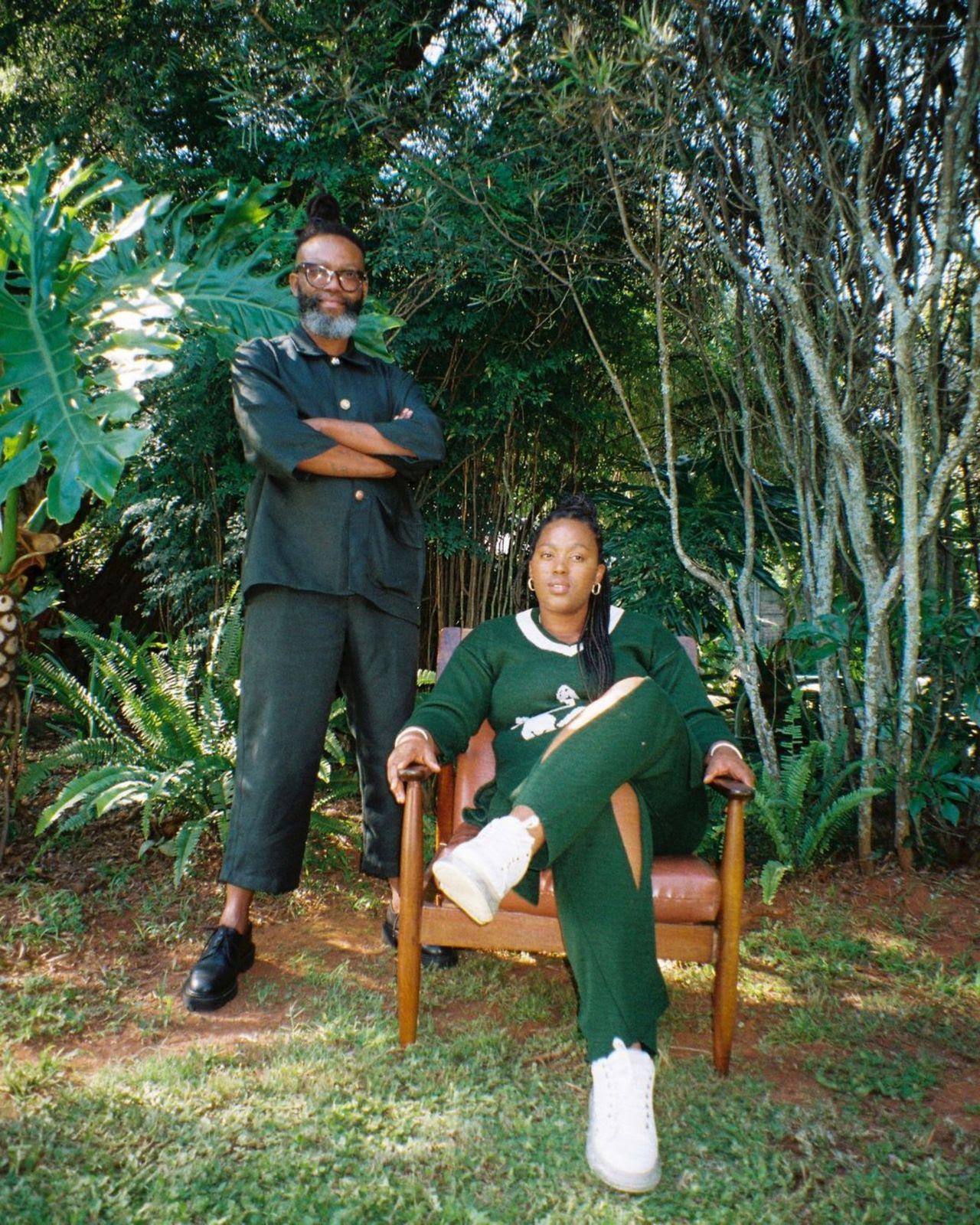
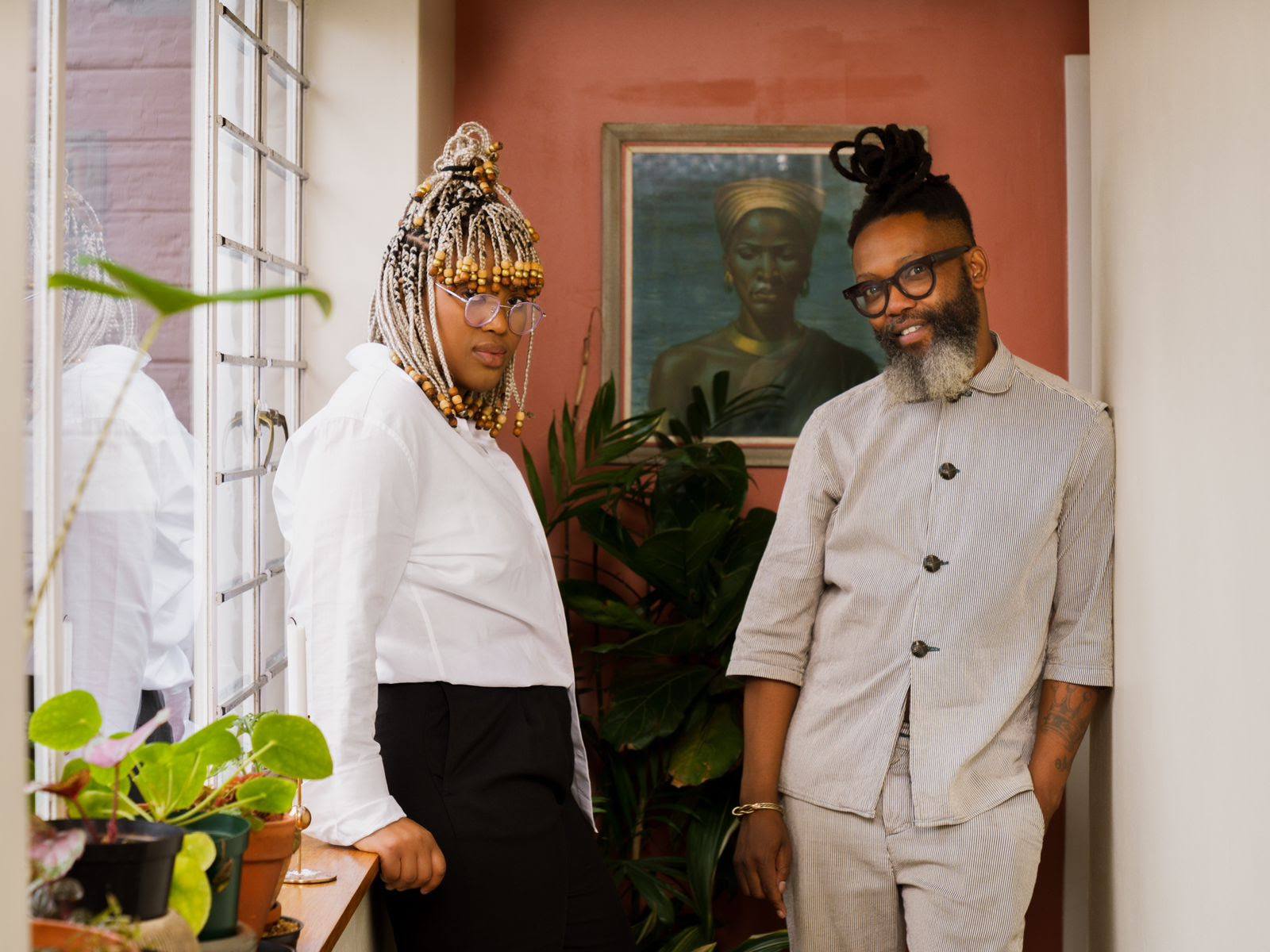
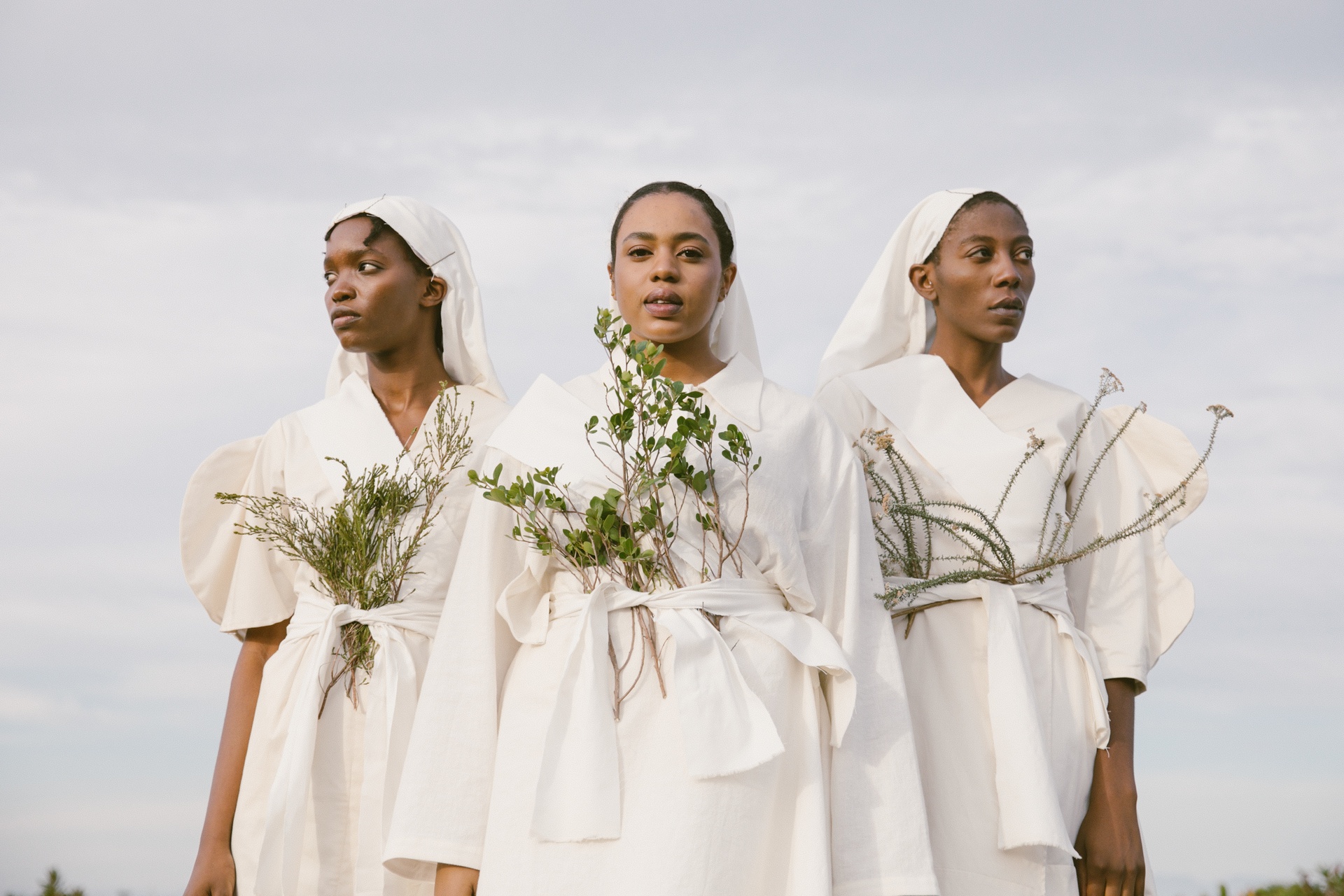
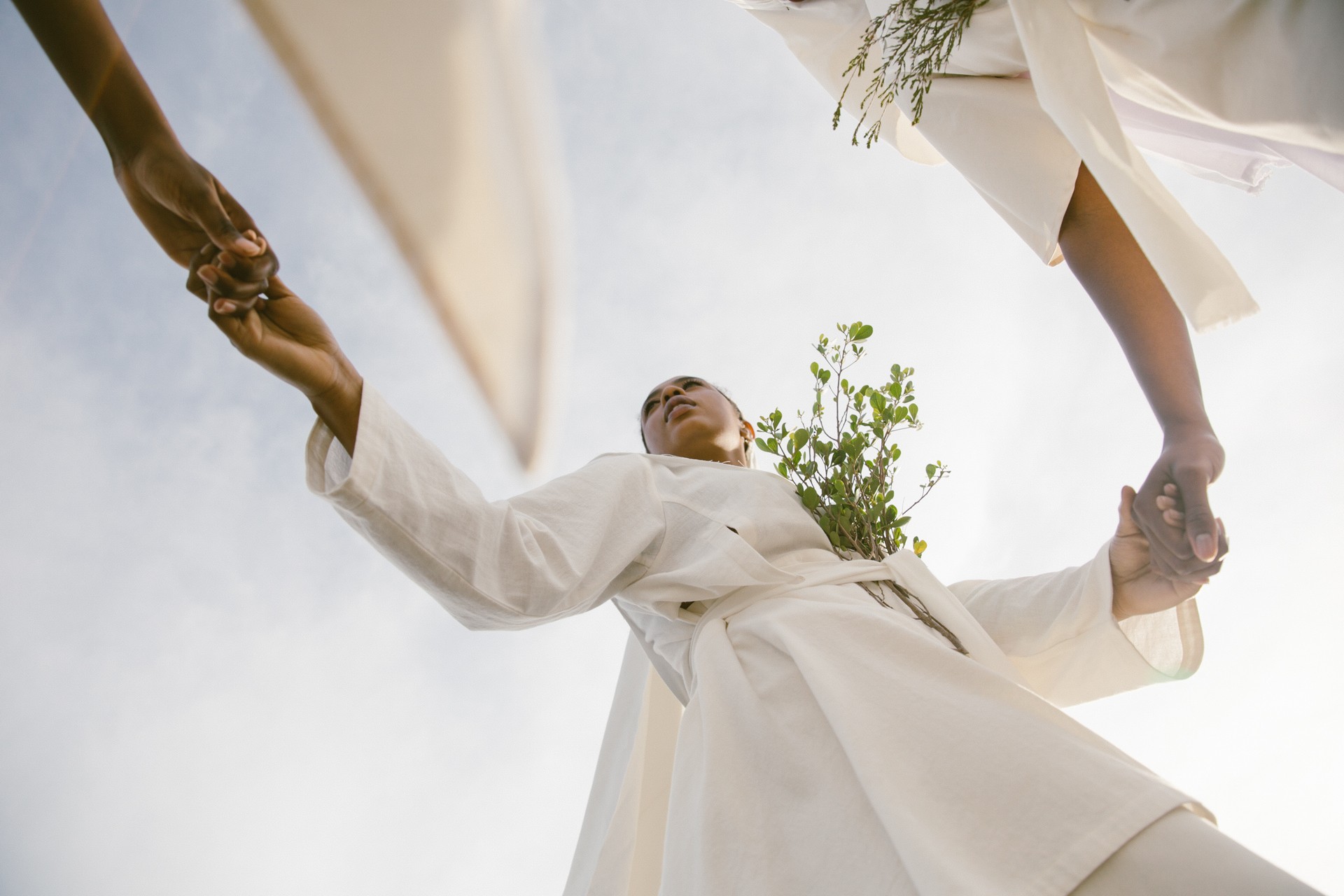
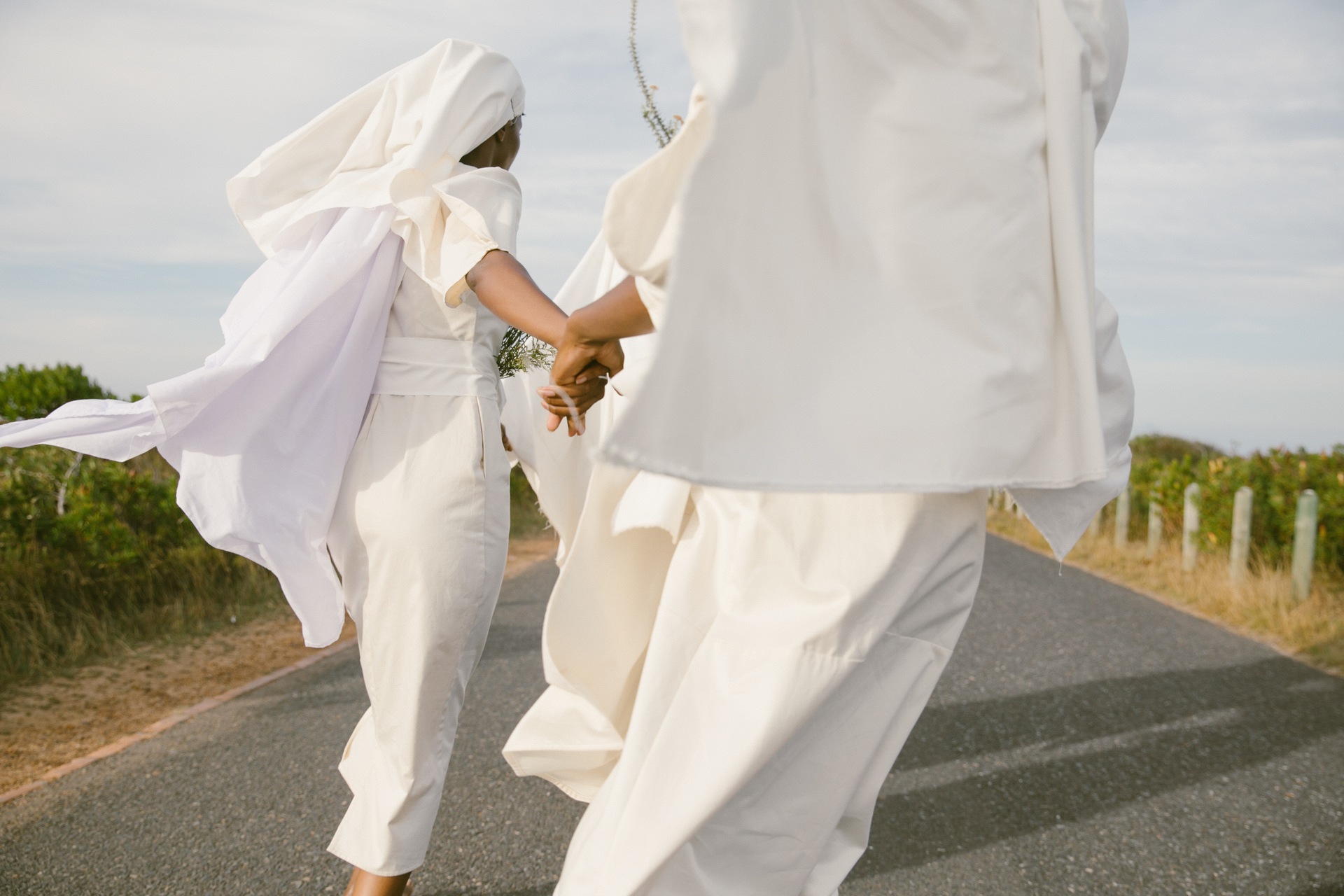
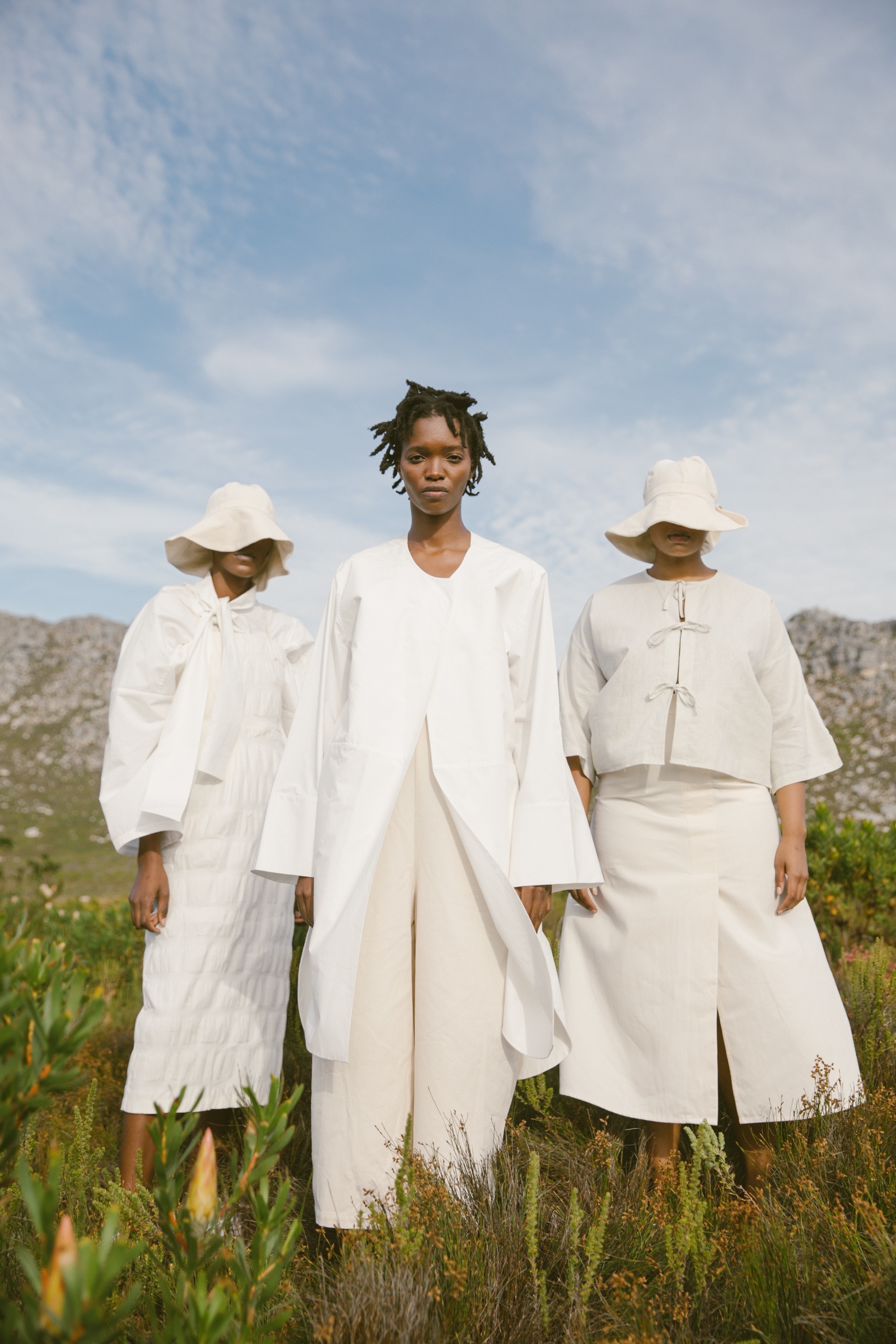
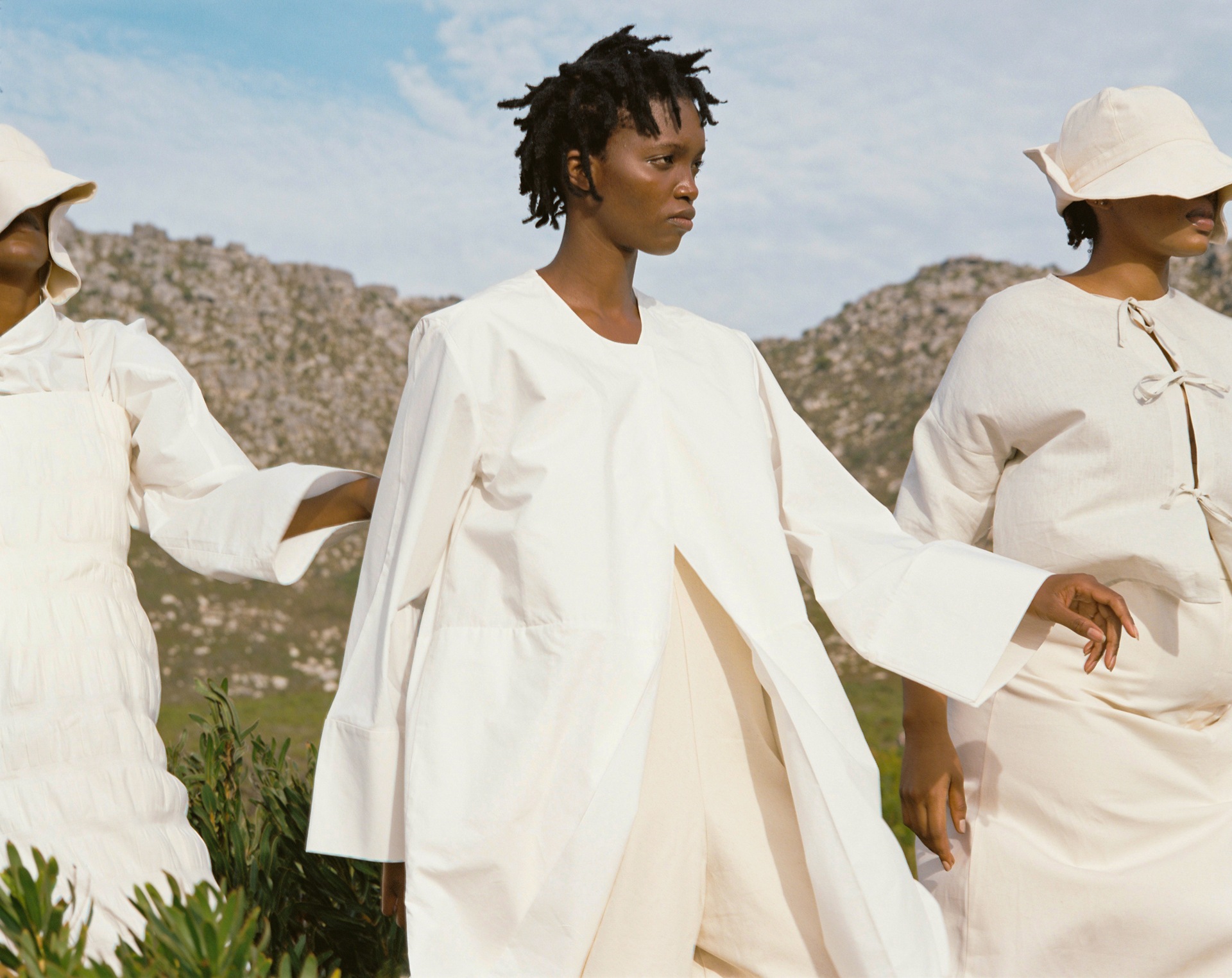
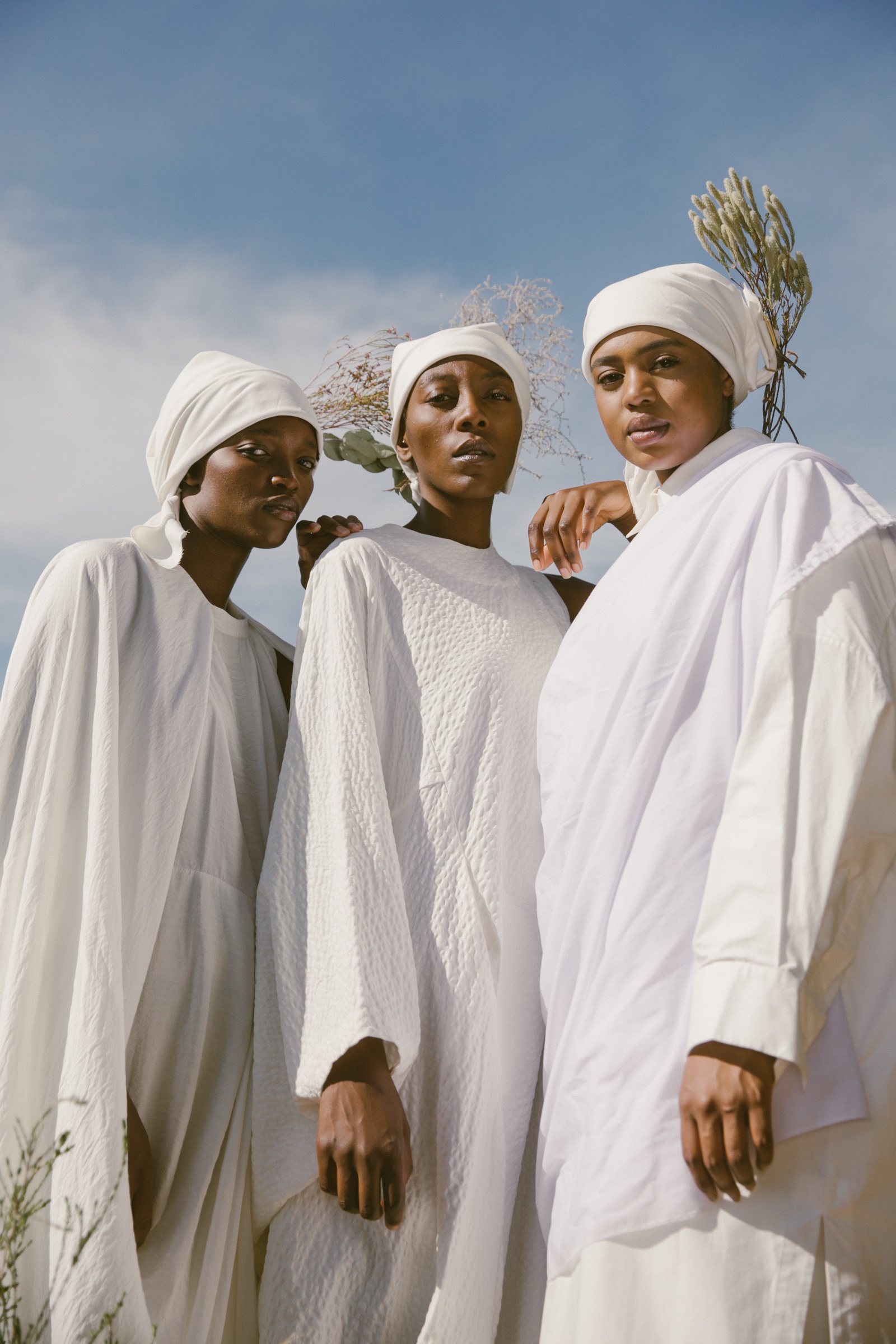
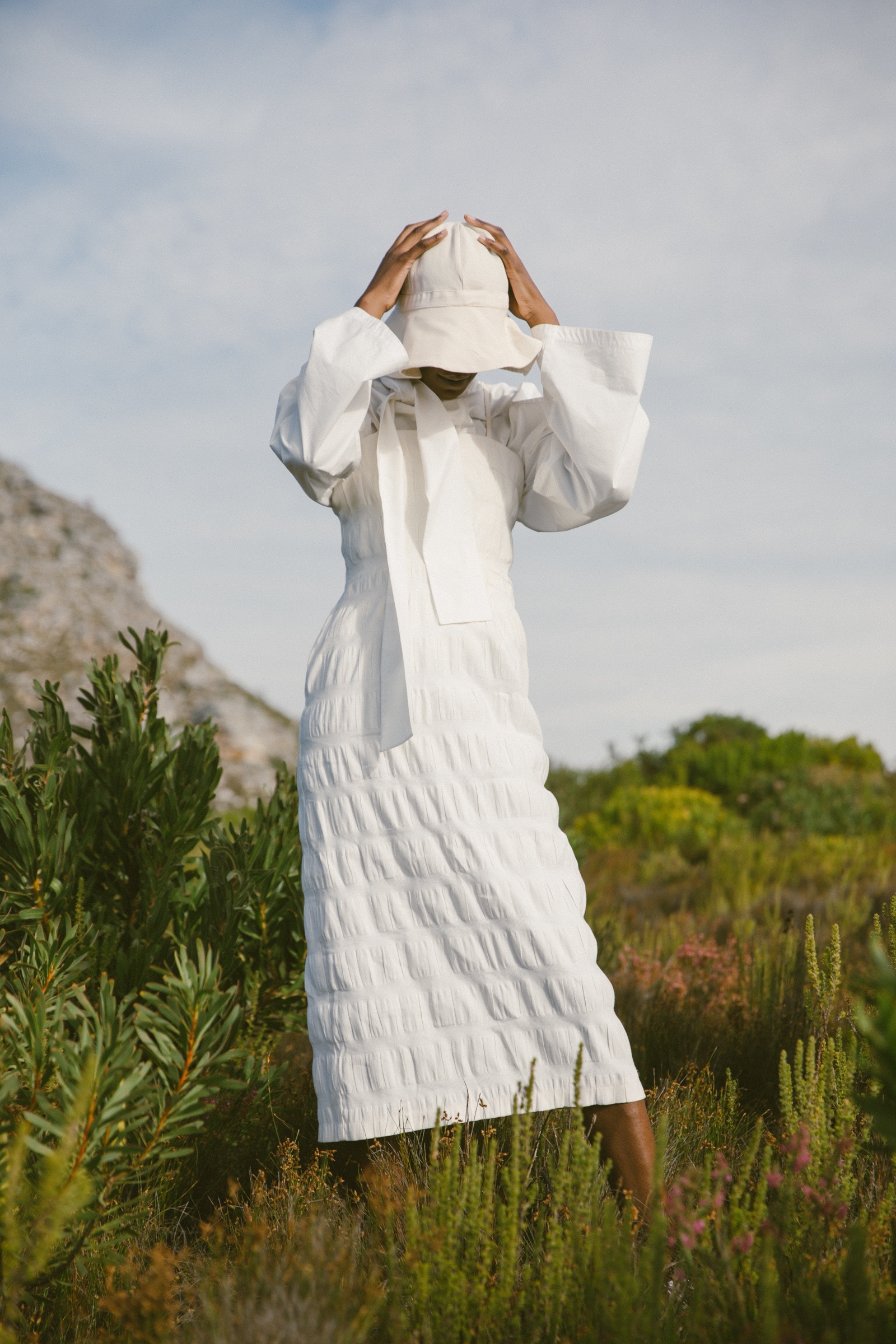
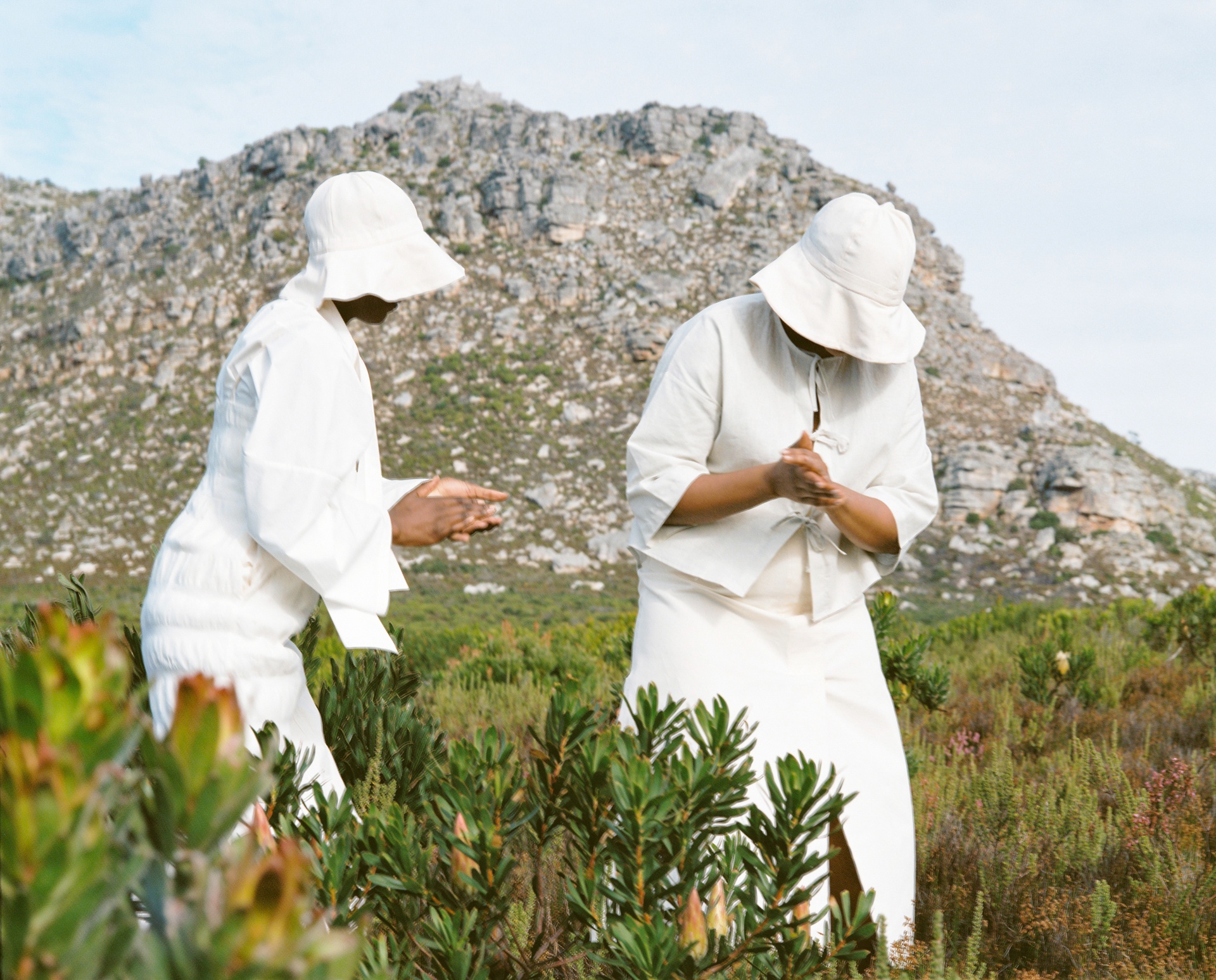
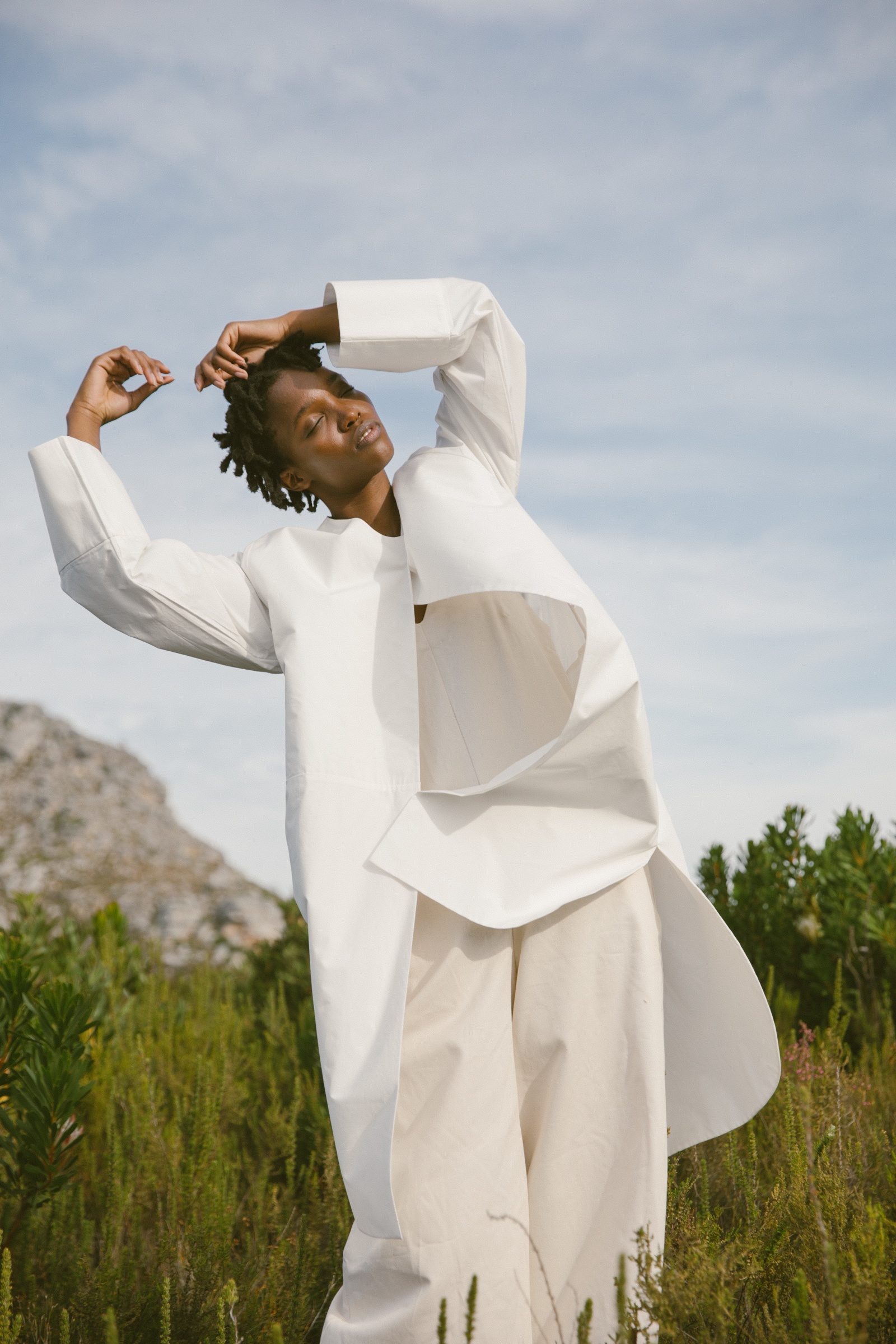
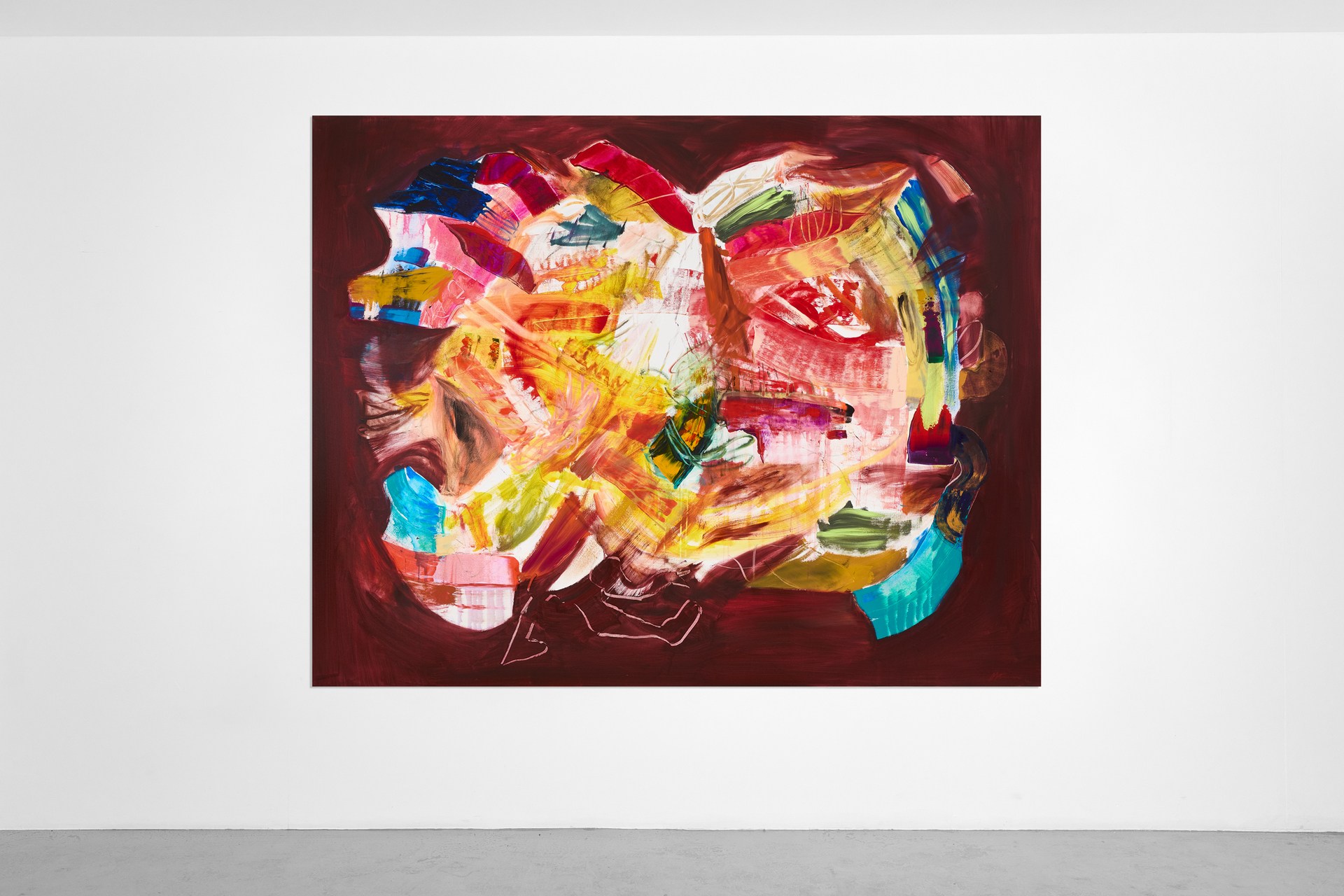
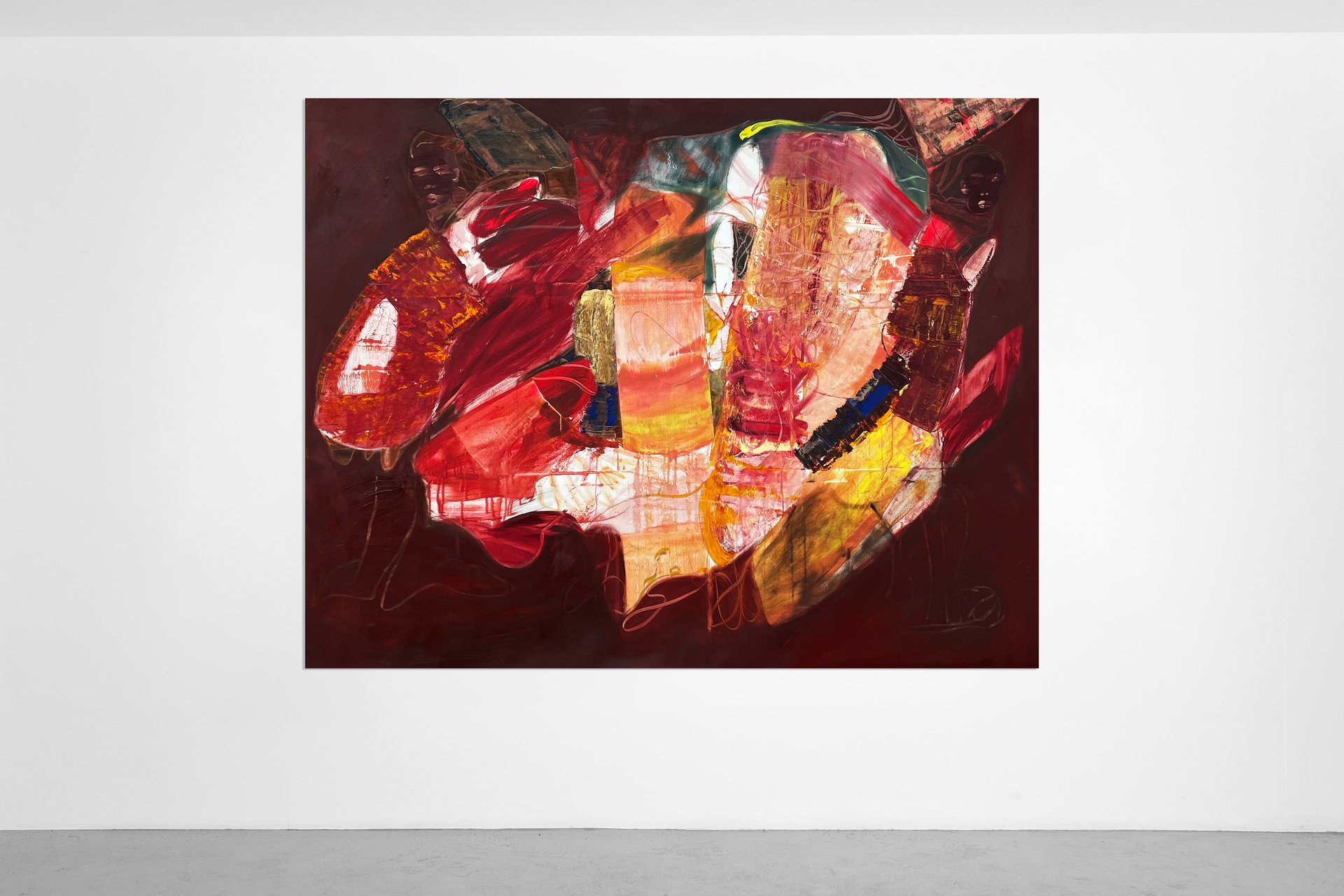
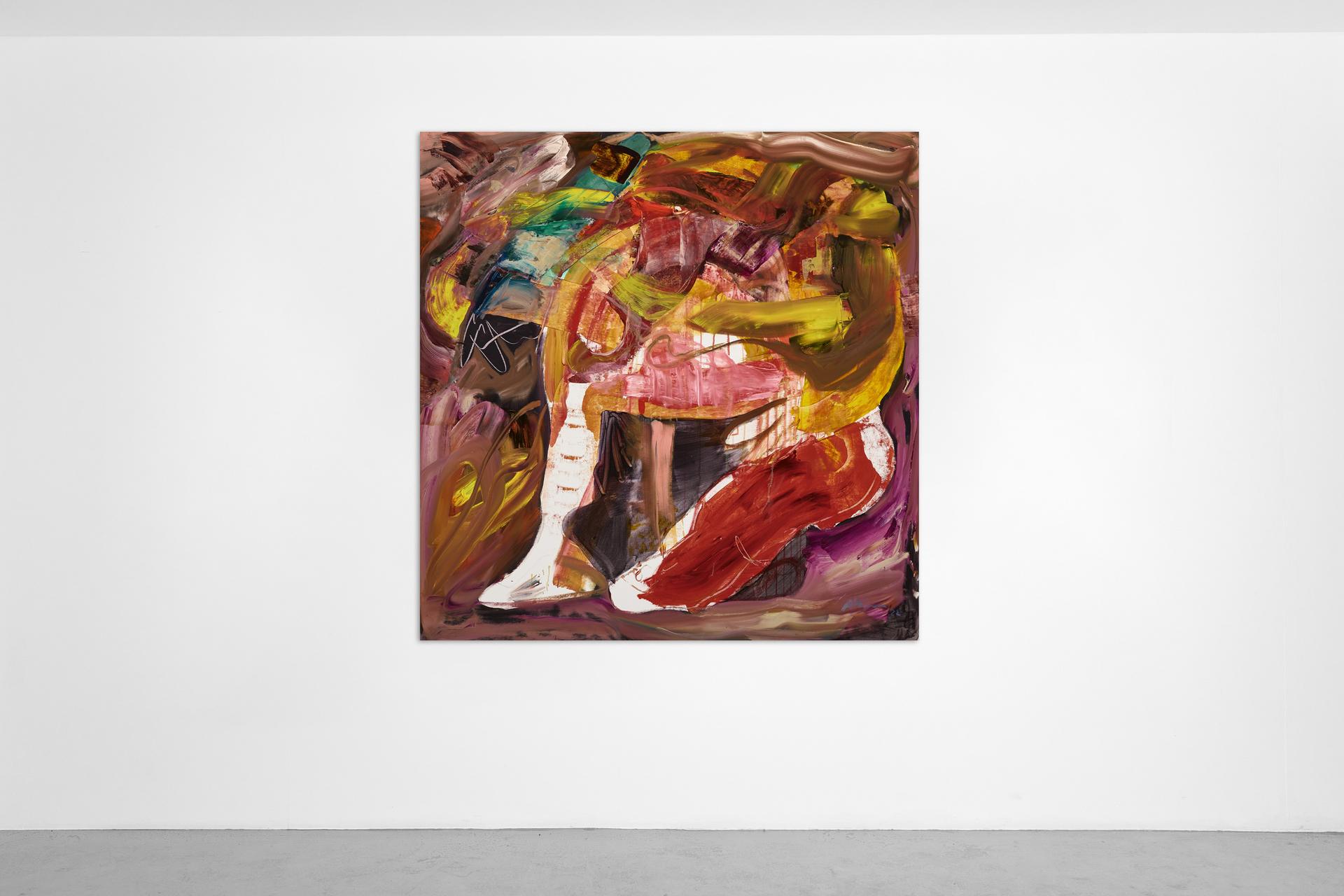
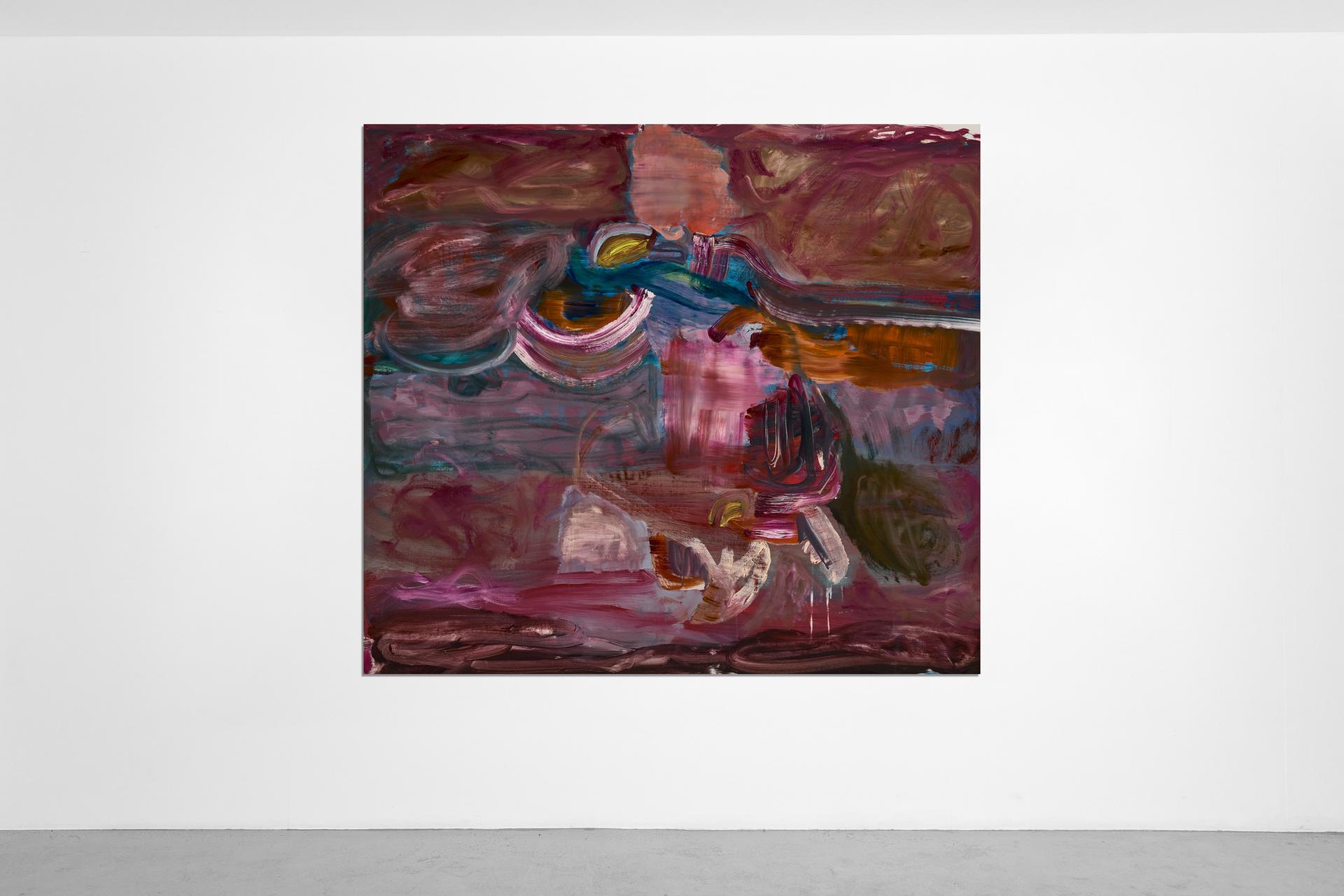
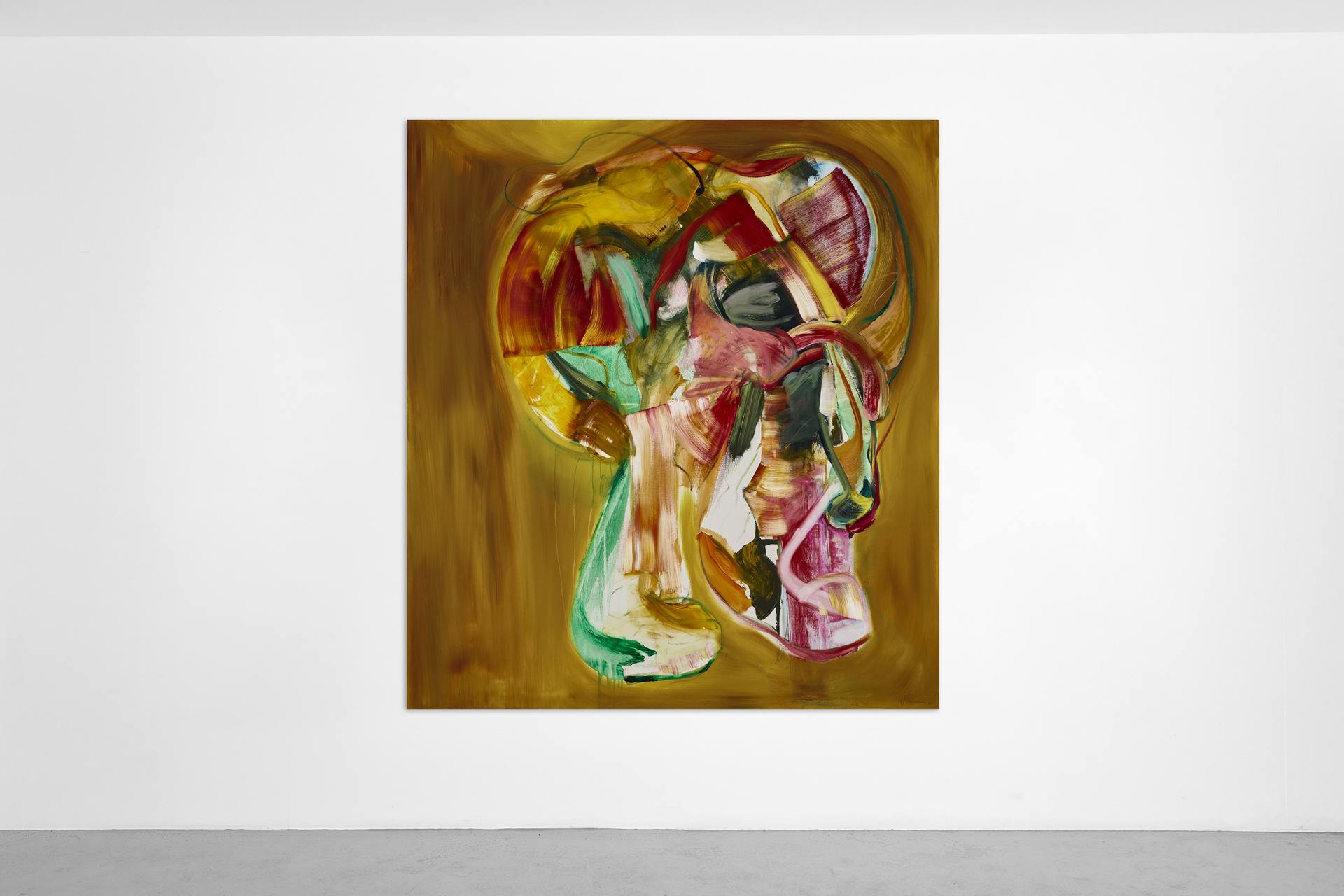
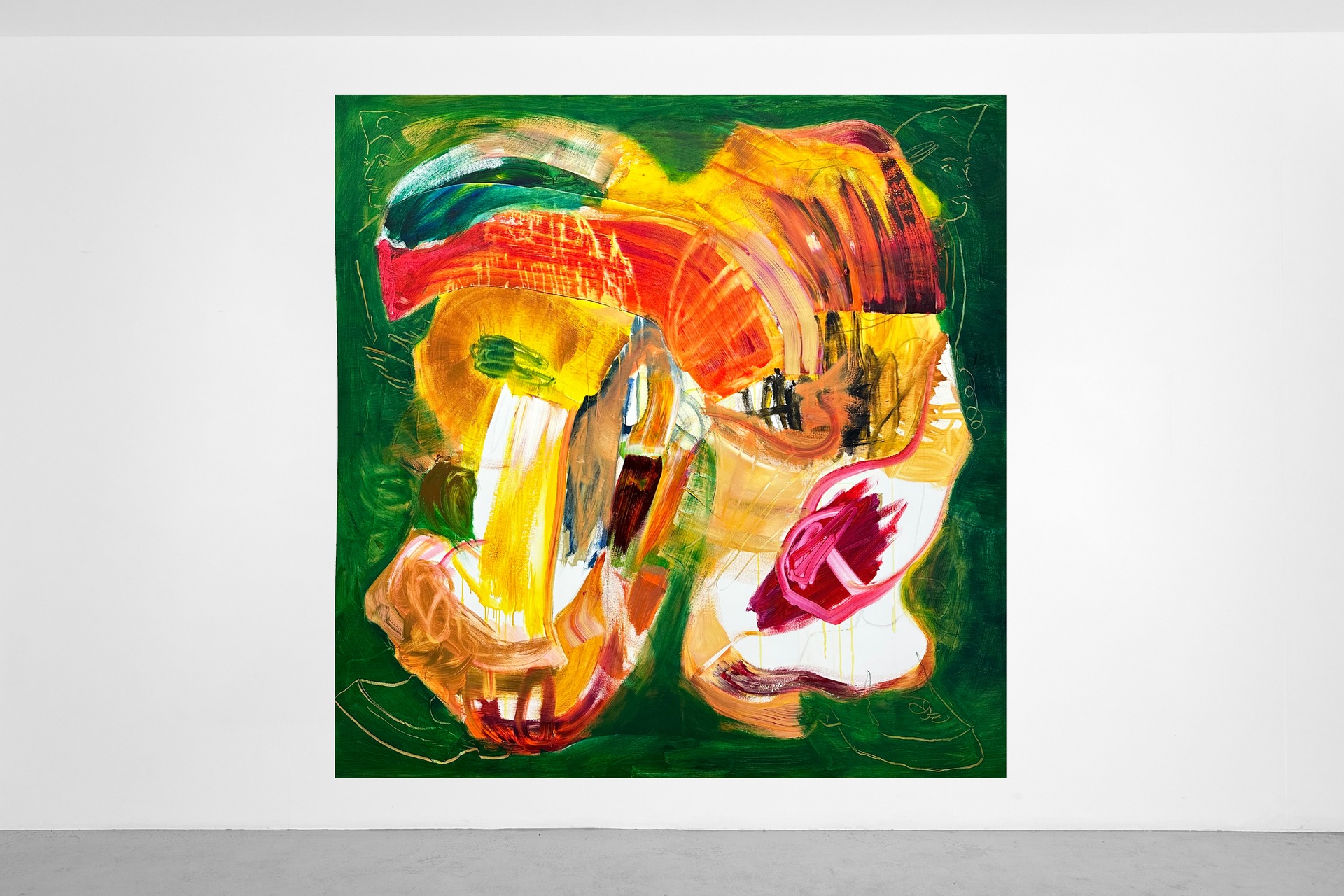
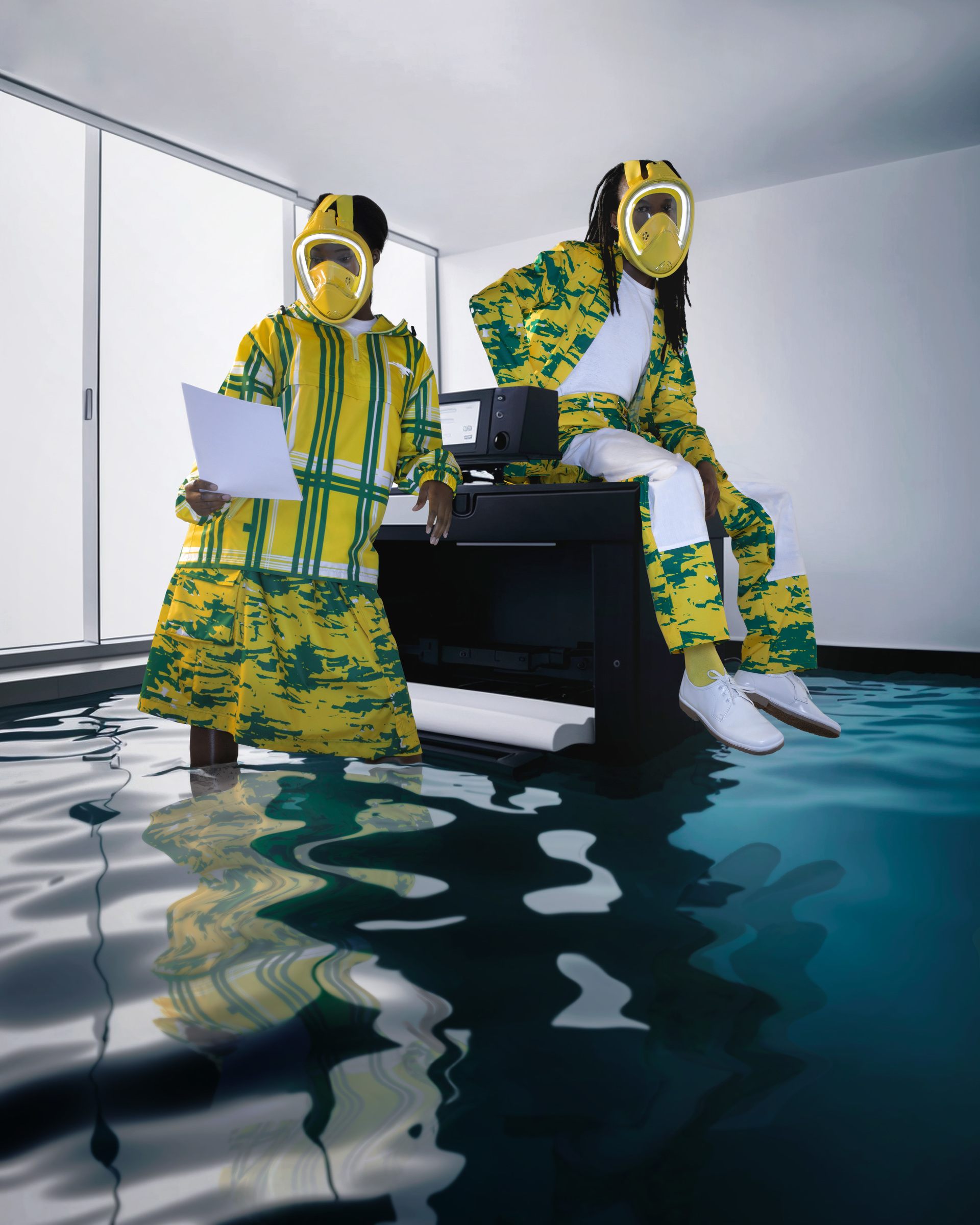
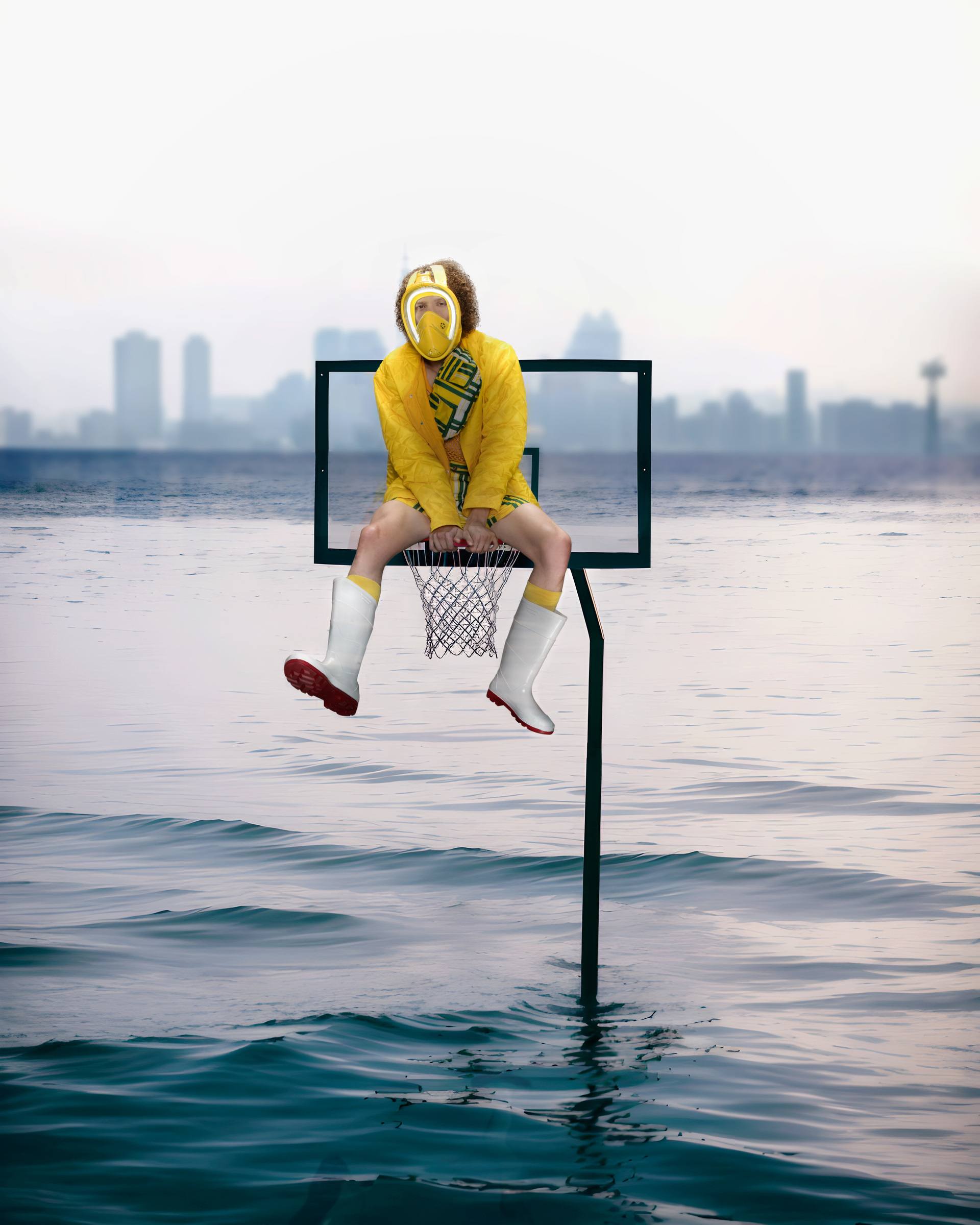
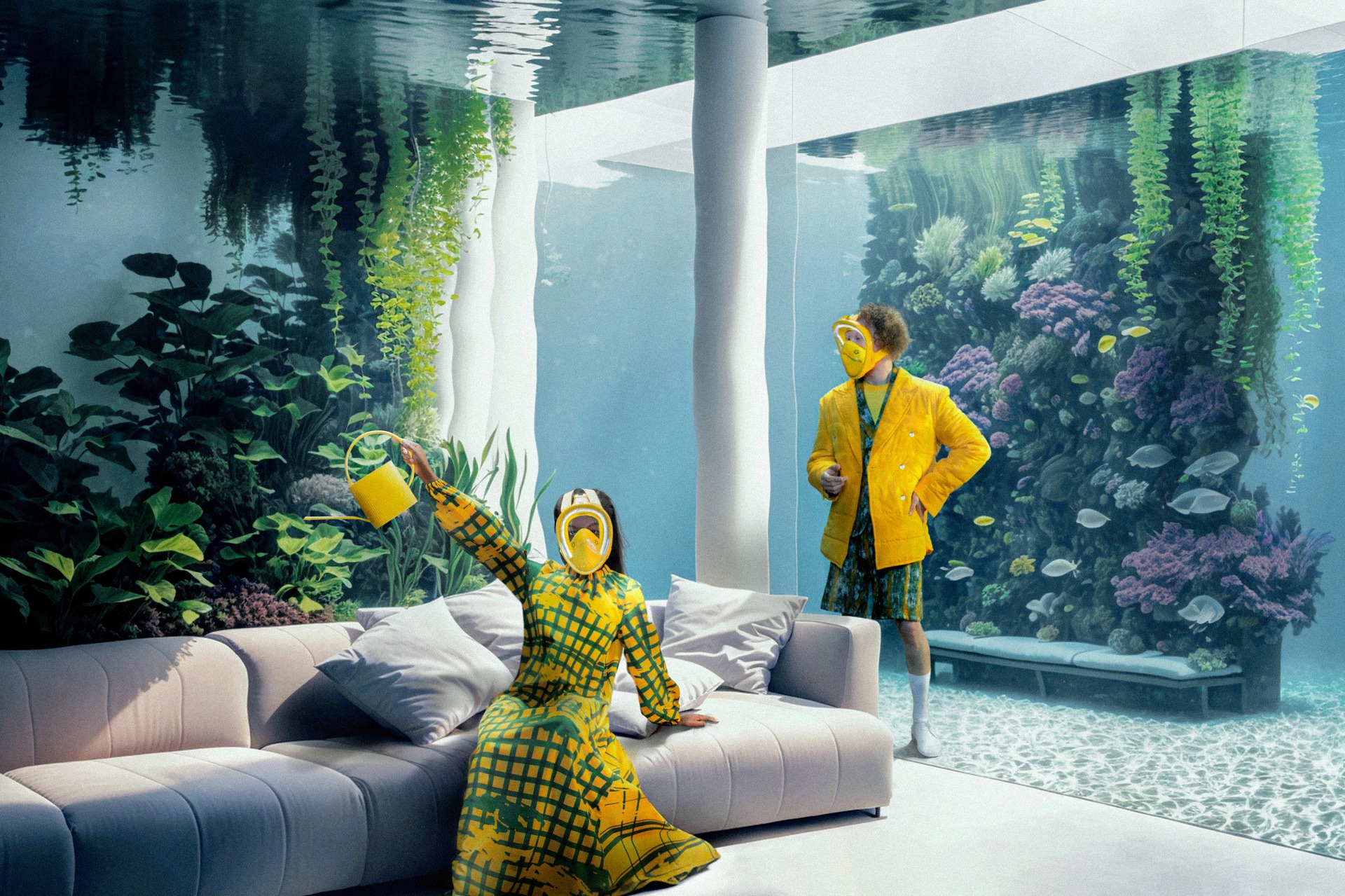
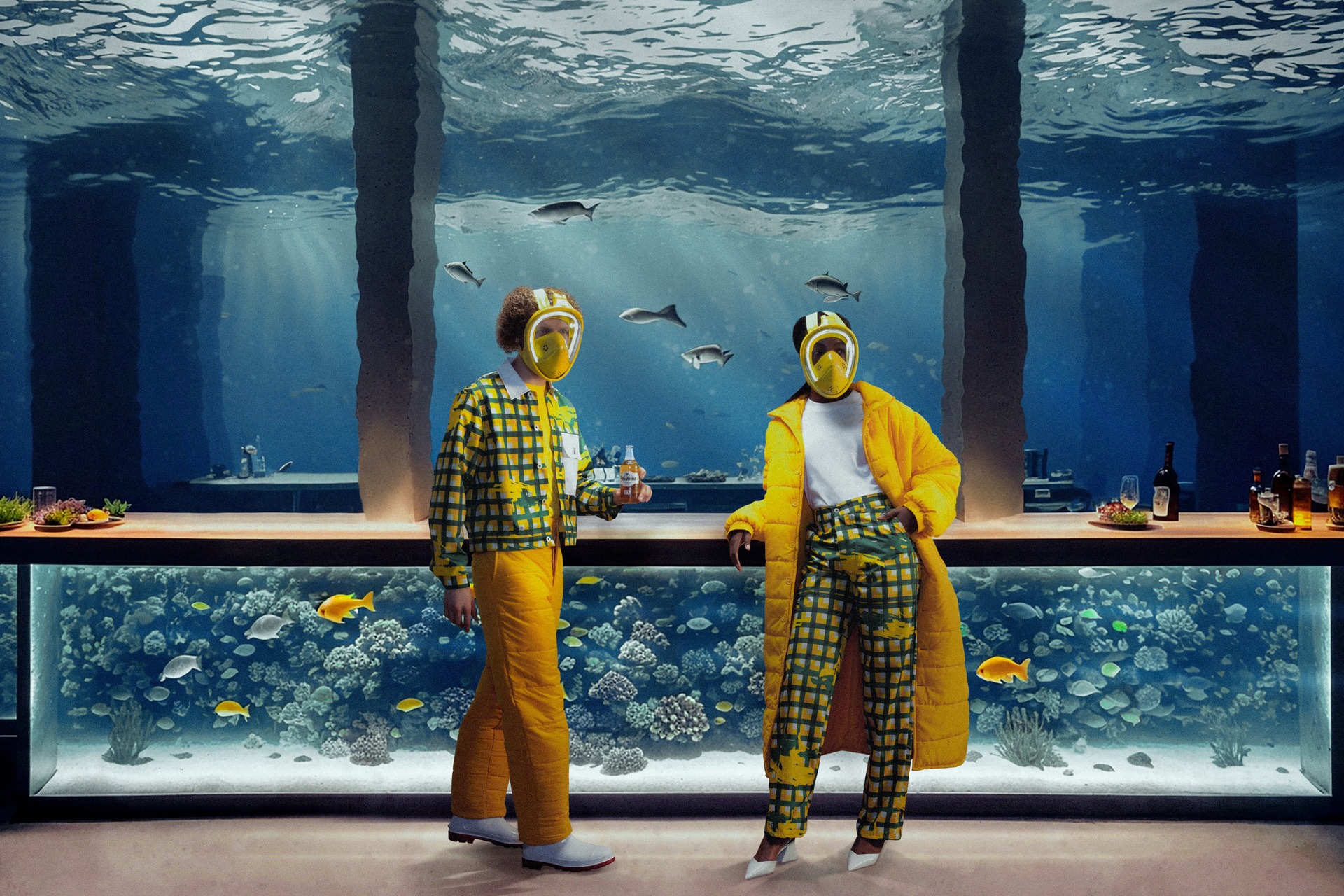
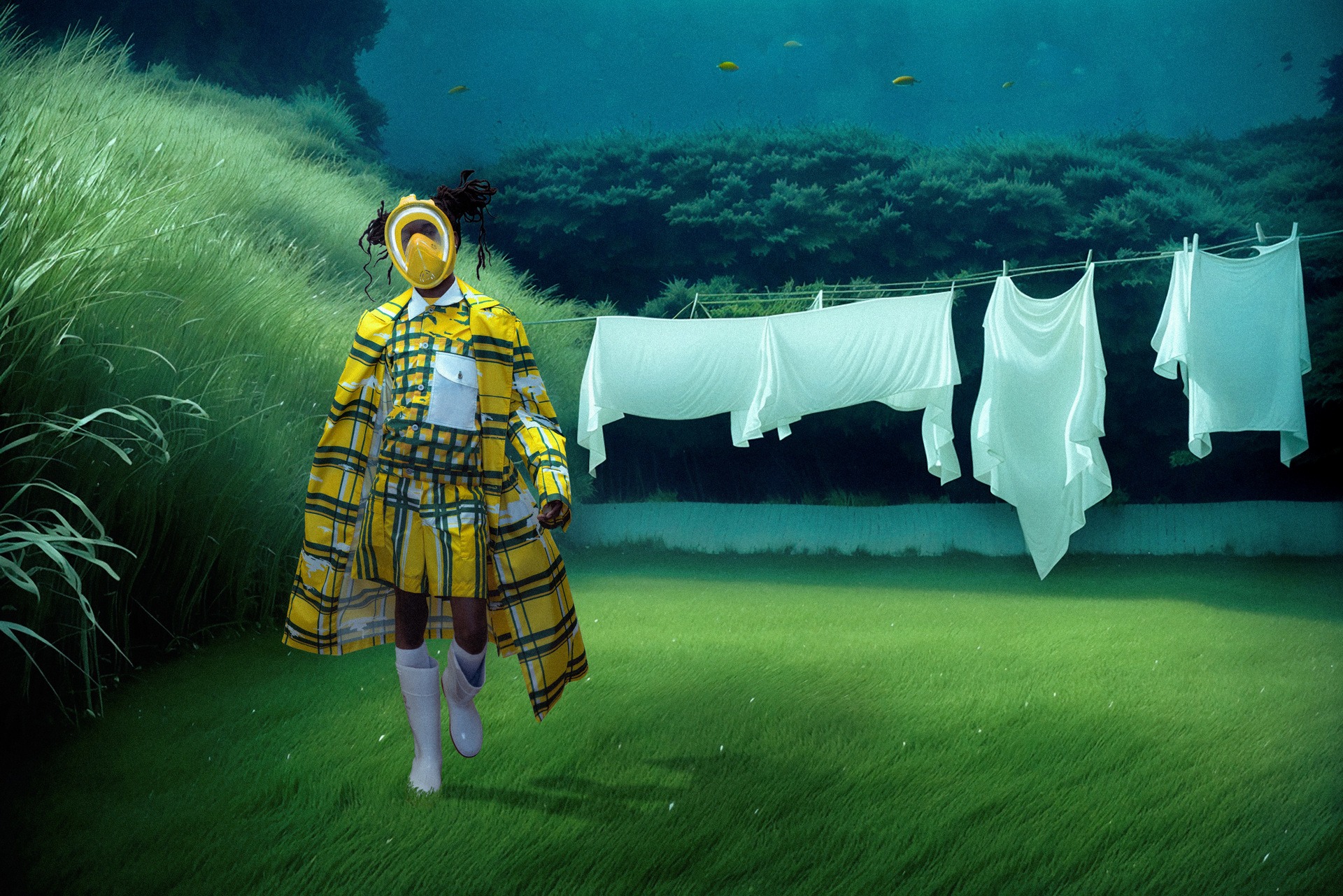
Recent Comments